Learn to create miniature furniture, decor, and accessories using simple materials, focusing on handmade processes and scaling
Embark on a creative journey into the world of miniature design and decoration, where five talented instructors guide you through the art of crafting tiny wonders. Dive into the intricate process of making furniture and accessories for miniature houses, exploring handmade techniques, painting, and scaling. With Chelsea Andersson, create stylish, modern dollhouse furniture and decor using accessible tools. Jessica Dance takes you further by teaching how to design entire miniature rooms, covering architecture, color schemes, lighting, and materials to build realistic spaces.
Expand your skills with Evan Lorenzen by discovering the delicate art of binding and illustrating miniature books, mastering handmade publishing techniques. Yulia Sherbak adds a touch of elegance with miniature needlework, transforming embroidered motifs into wearable jewelry or art objects. Each course encourages attention to detail, storytelling, and patience as you work on small-scale projects. The final project combines all these techniques to design a cohesive miniature scene, complete with architecture, furniture, decorative objects, and fine-detail accessories. Create a finished environment that reflects personal style and technical skill, perfect for display, portfolio, or gifting.
What will you learn in this specialization?

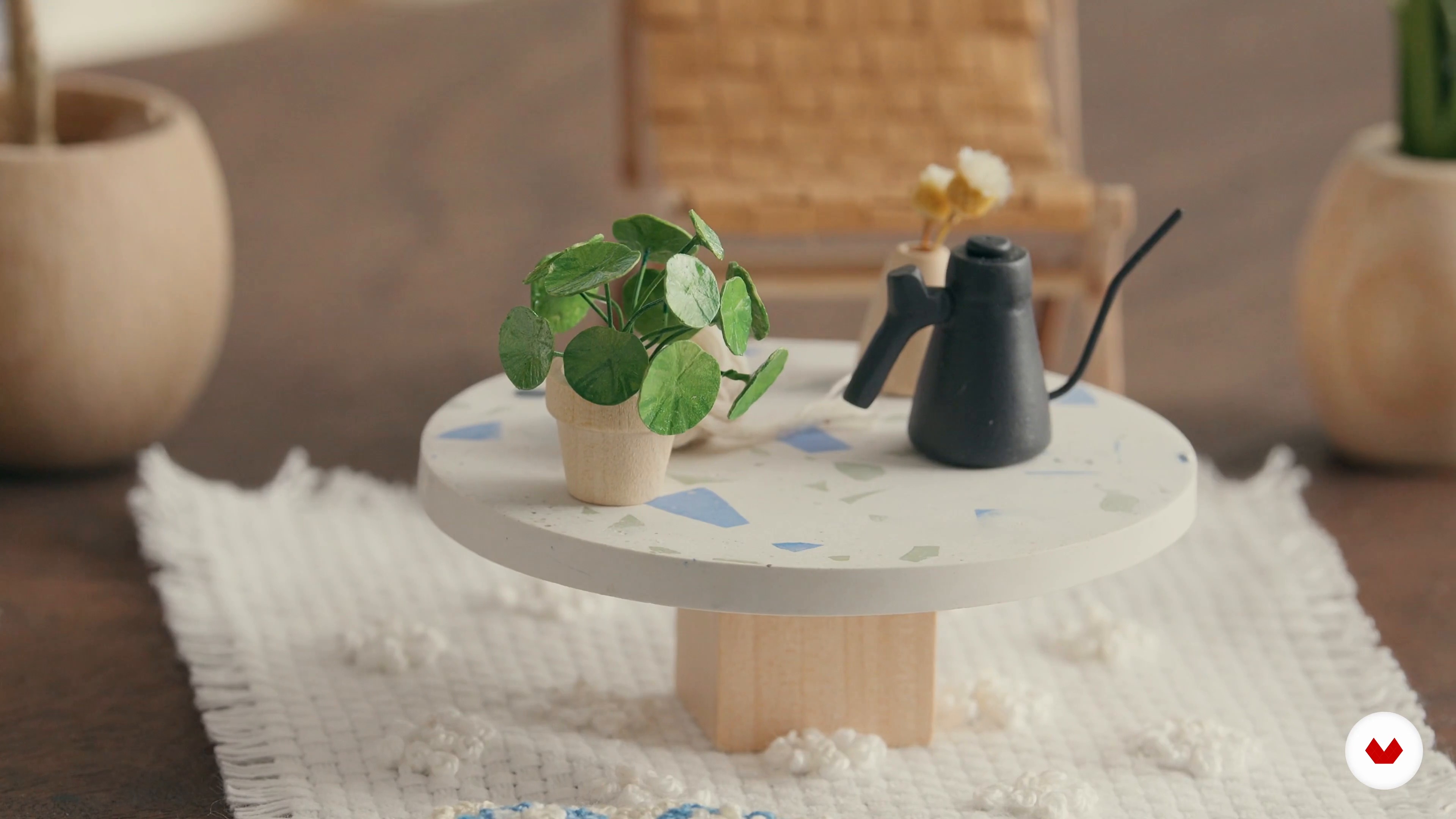
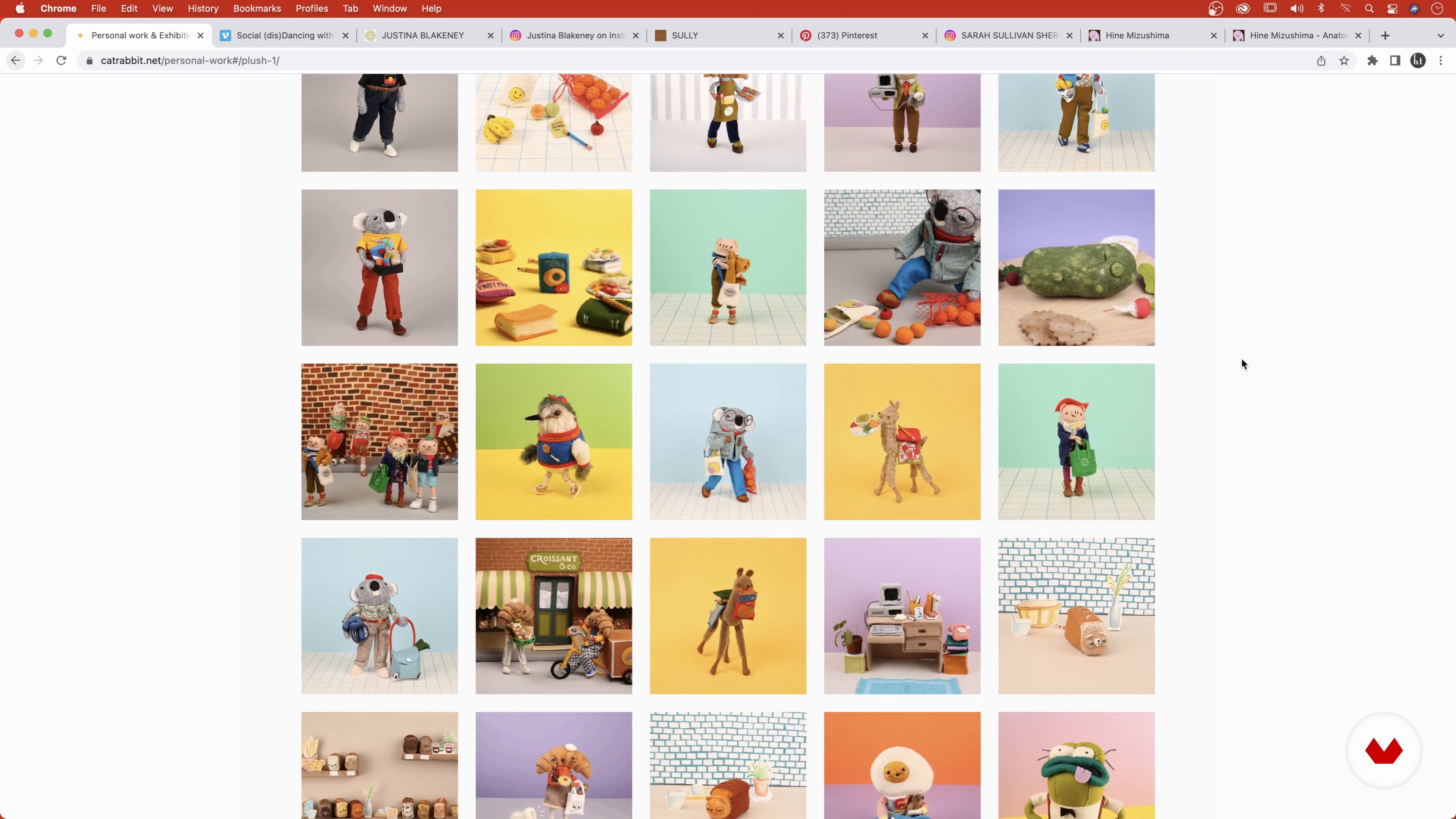
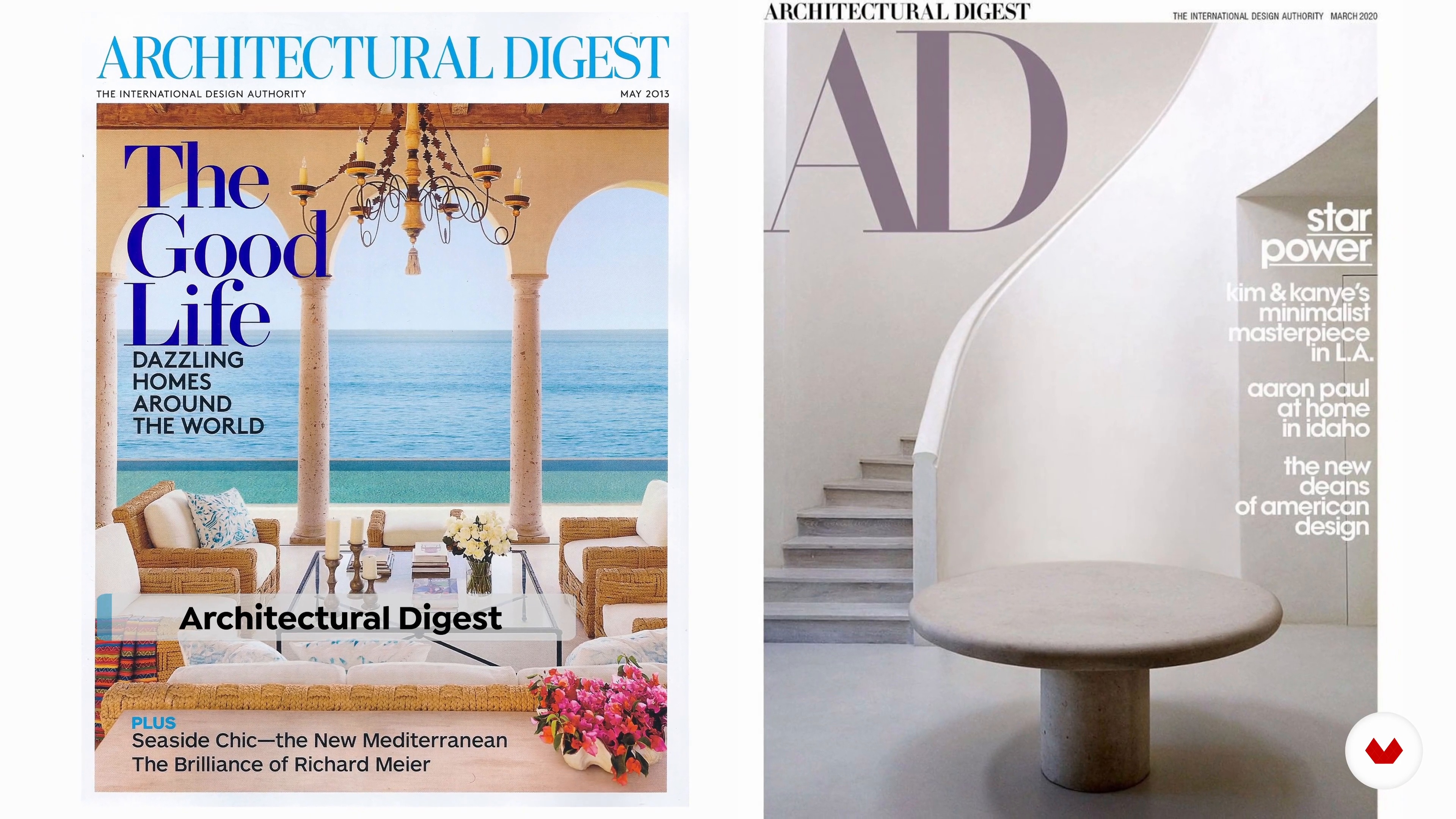
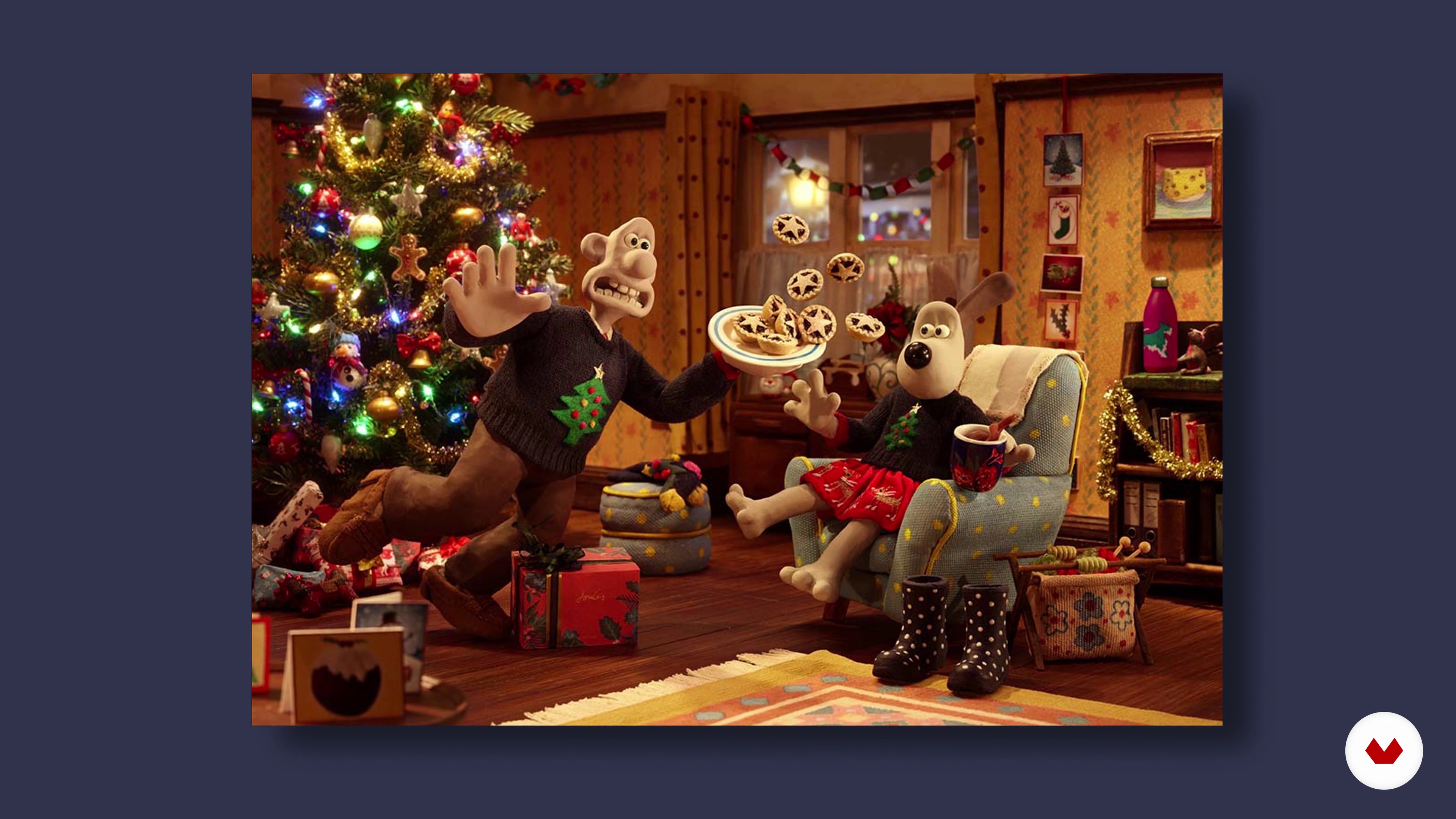
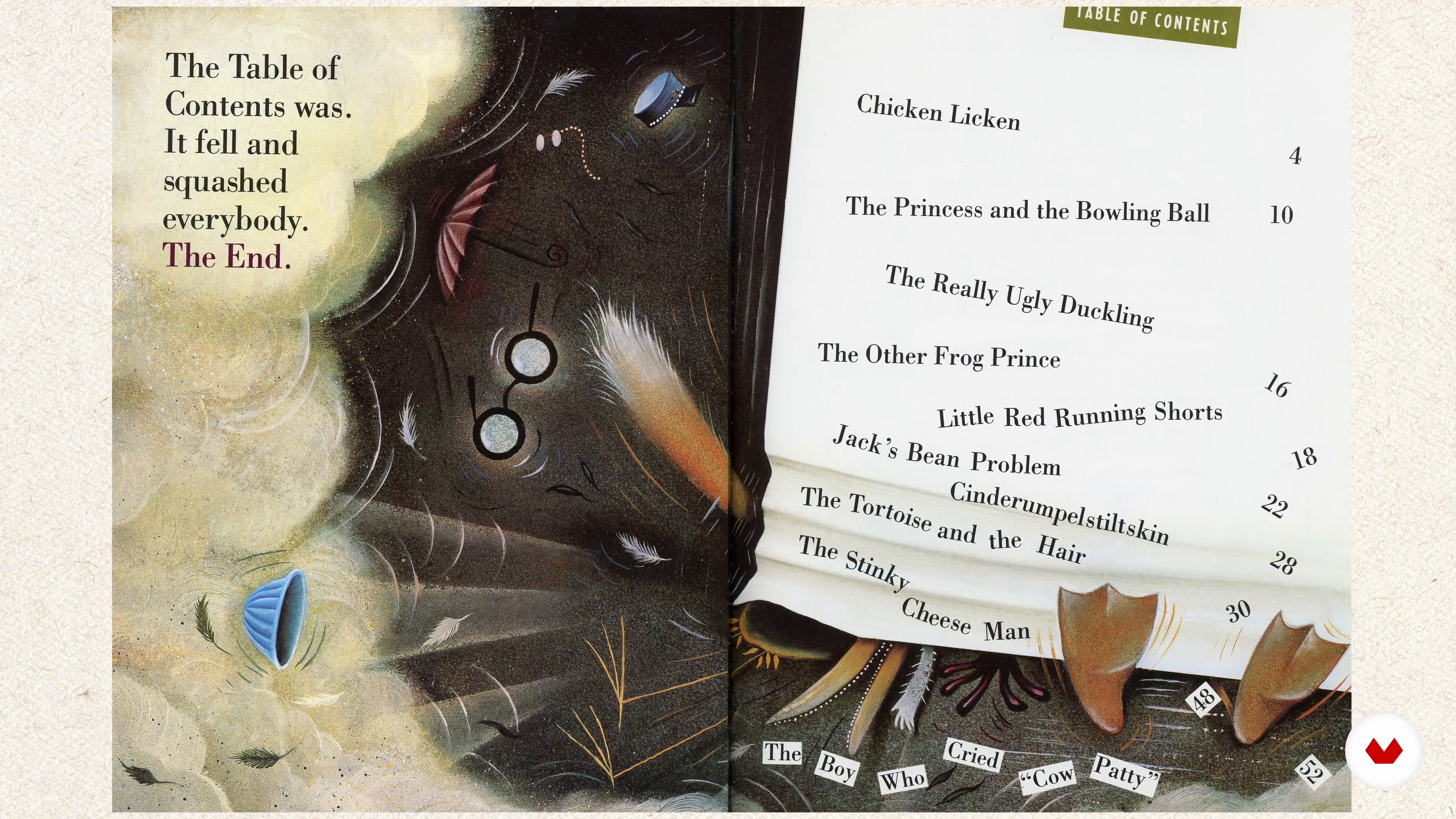
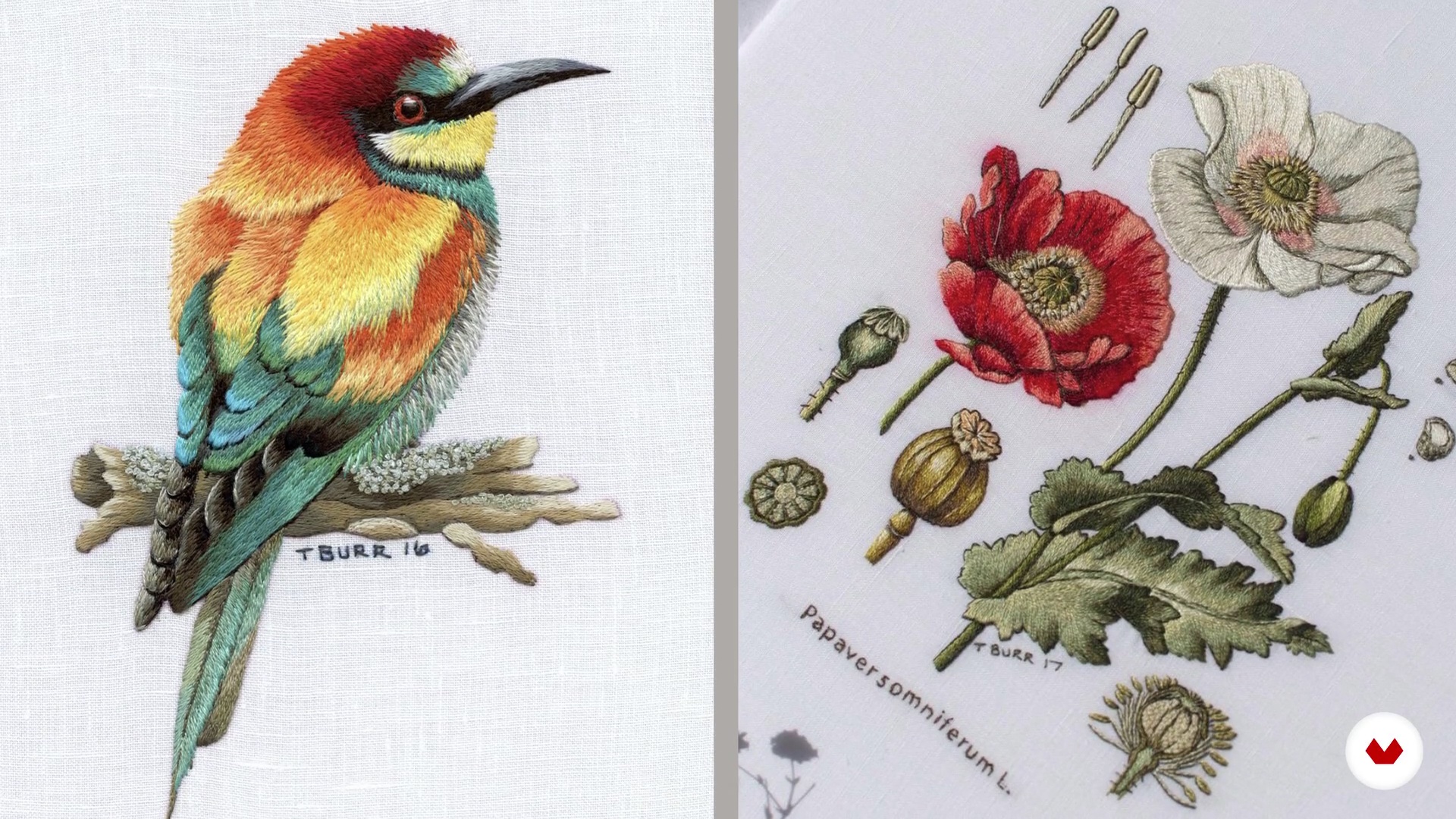

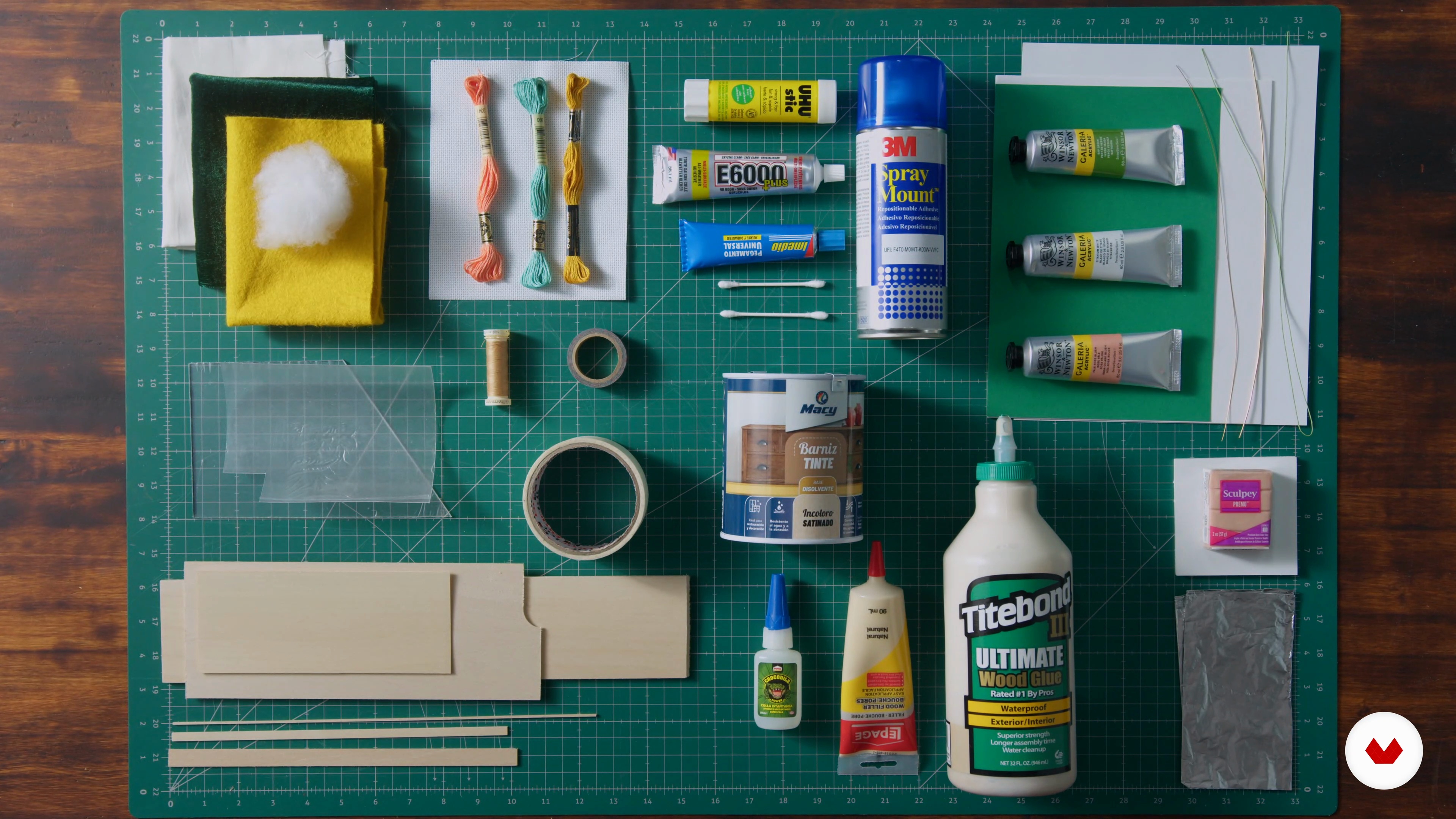
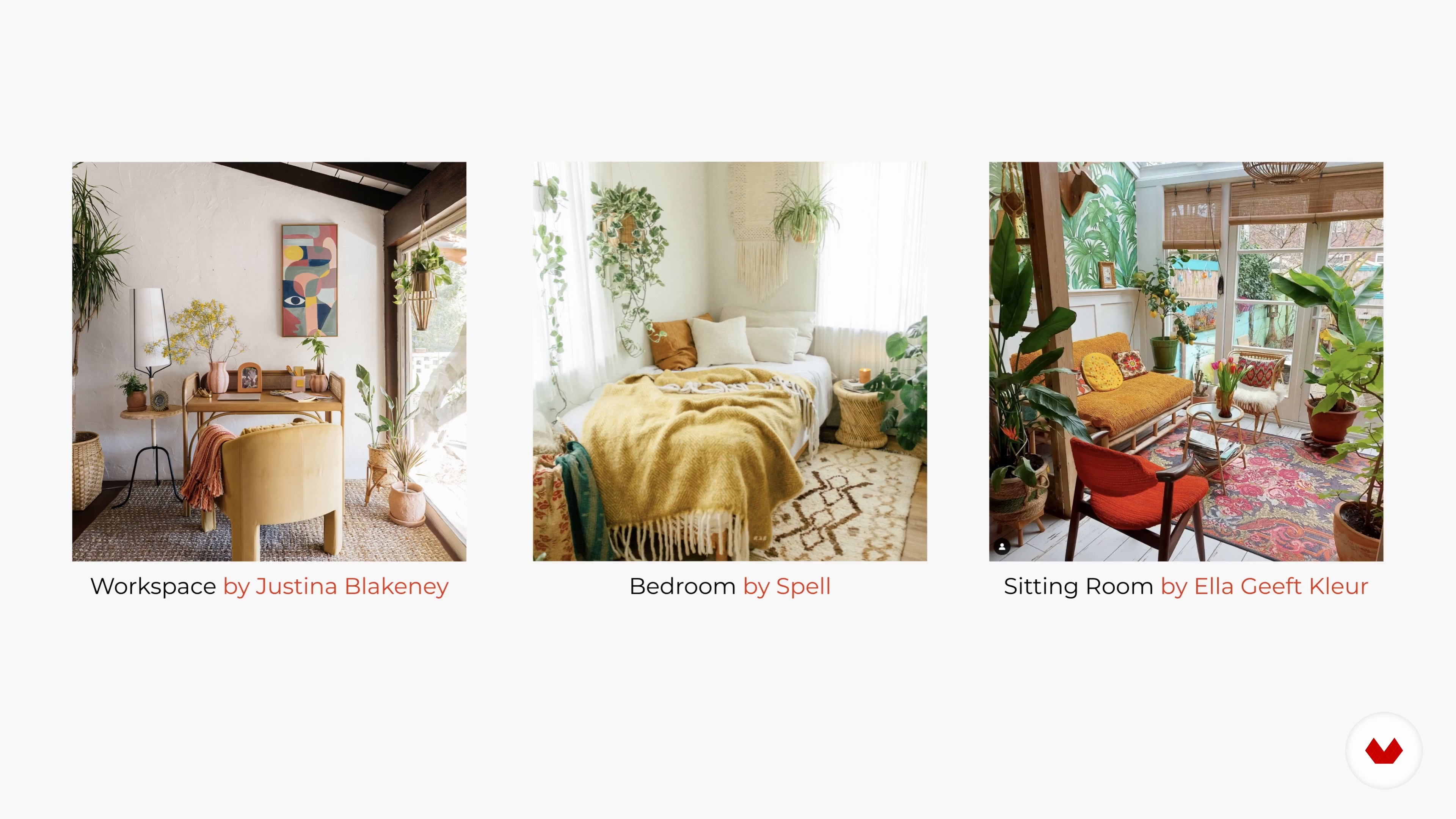
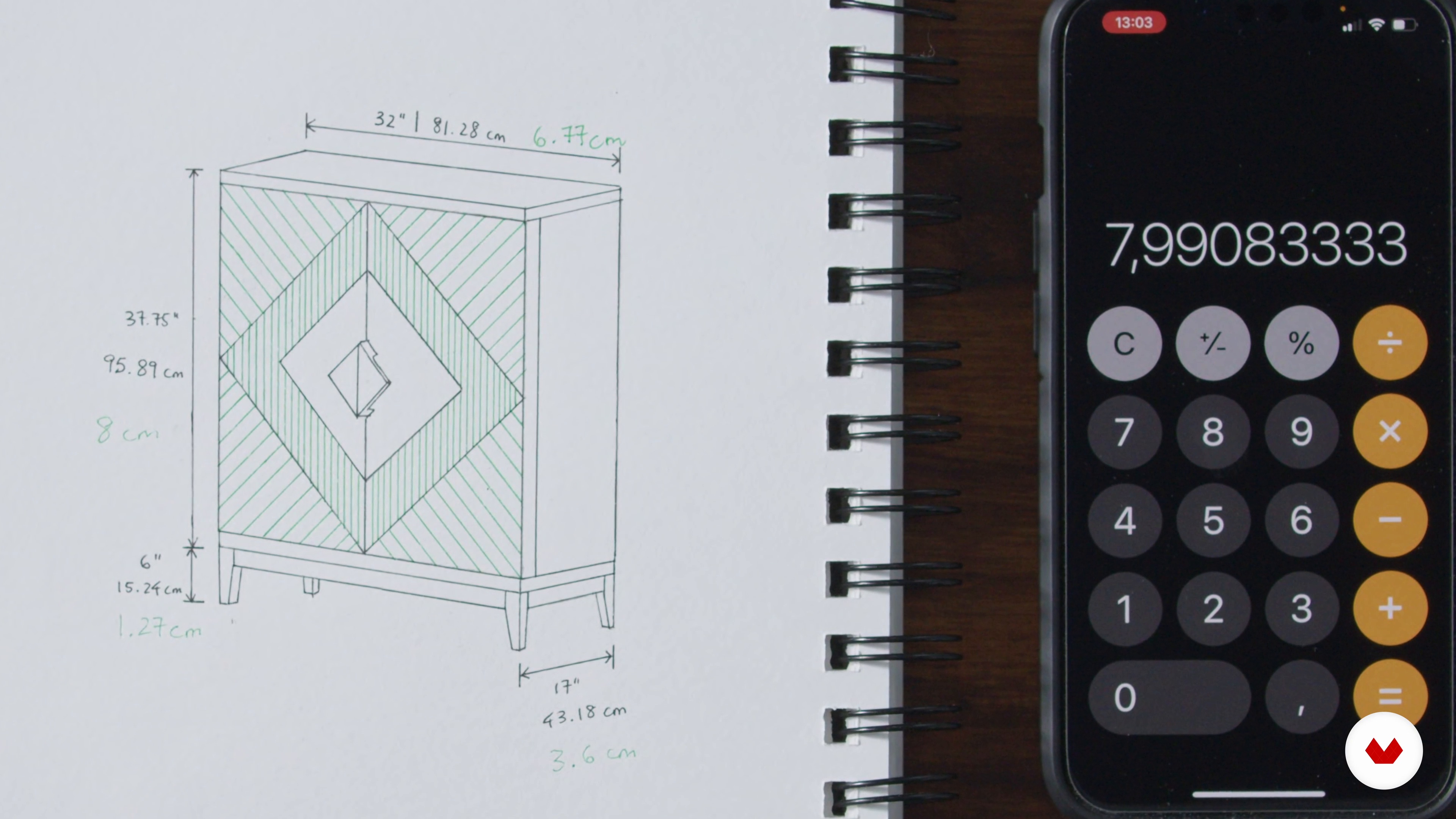
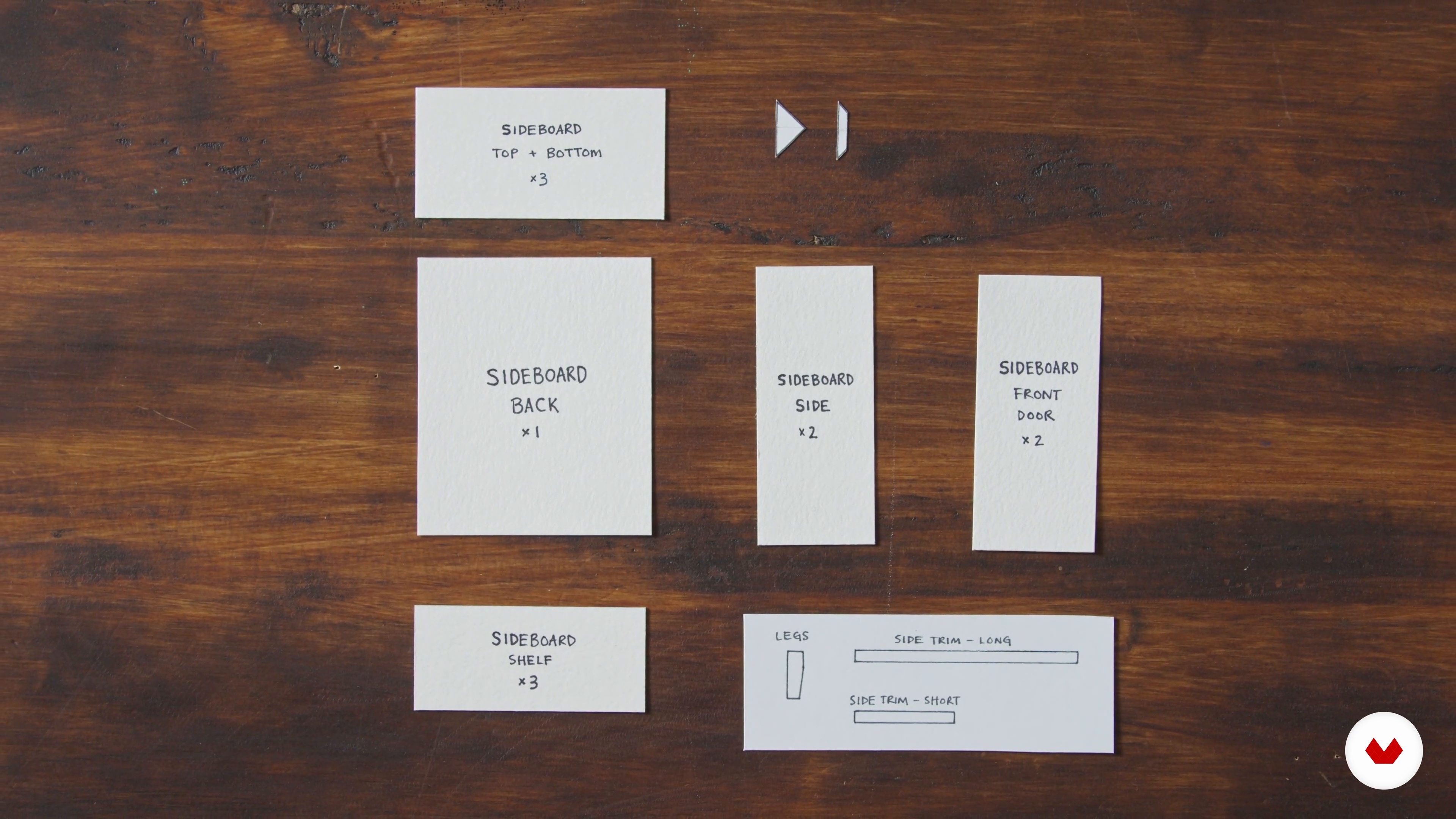
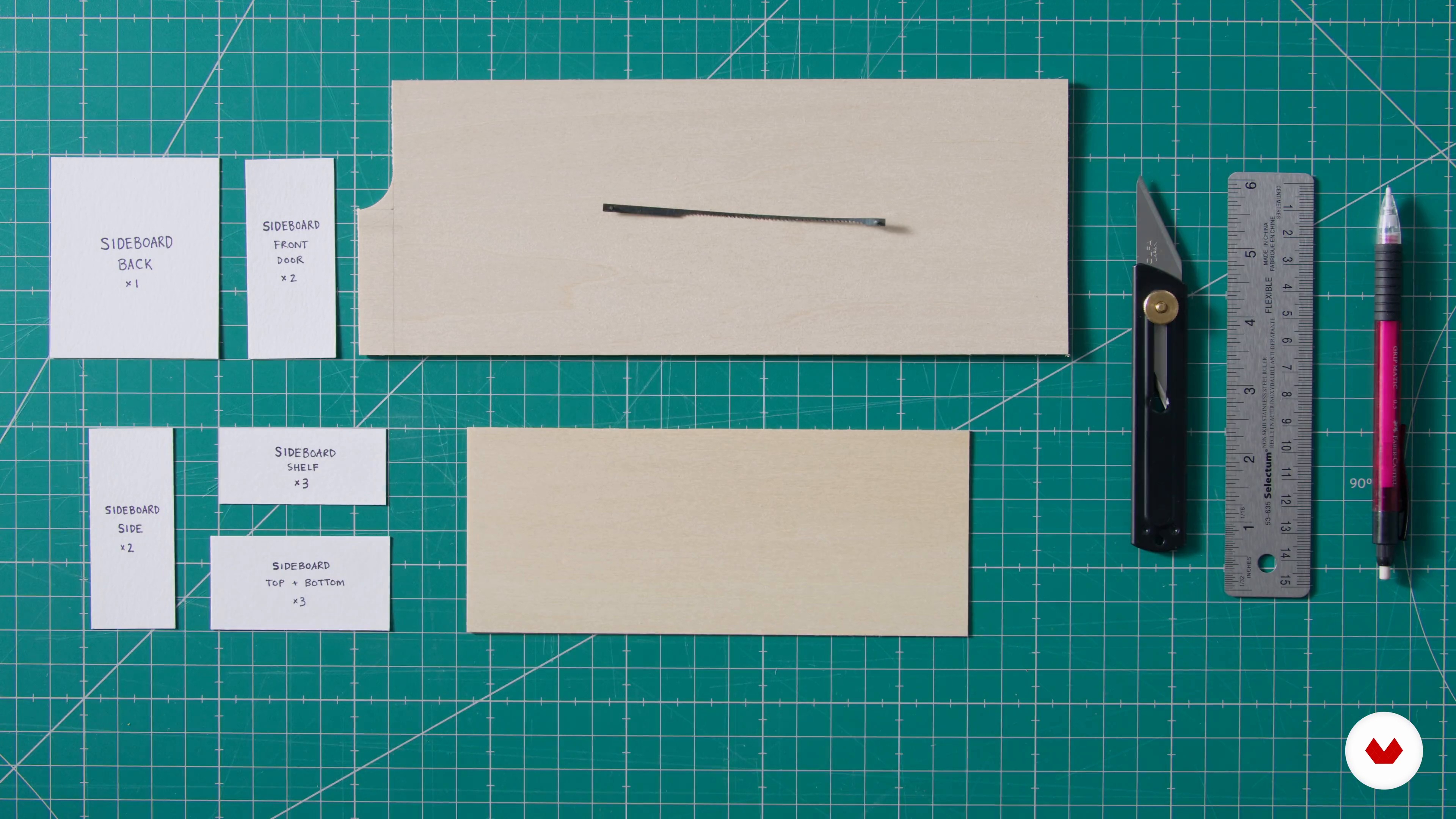
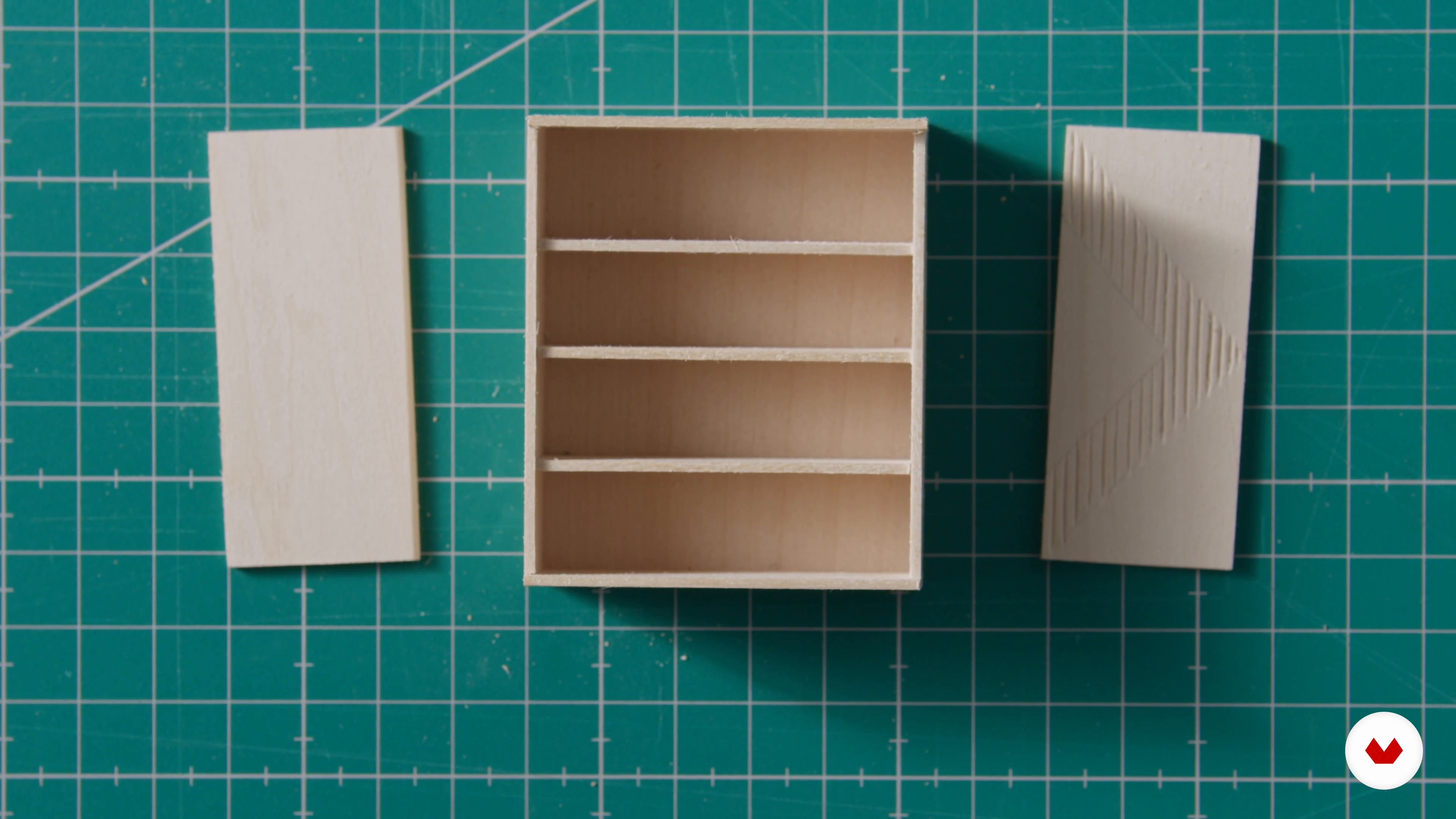
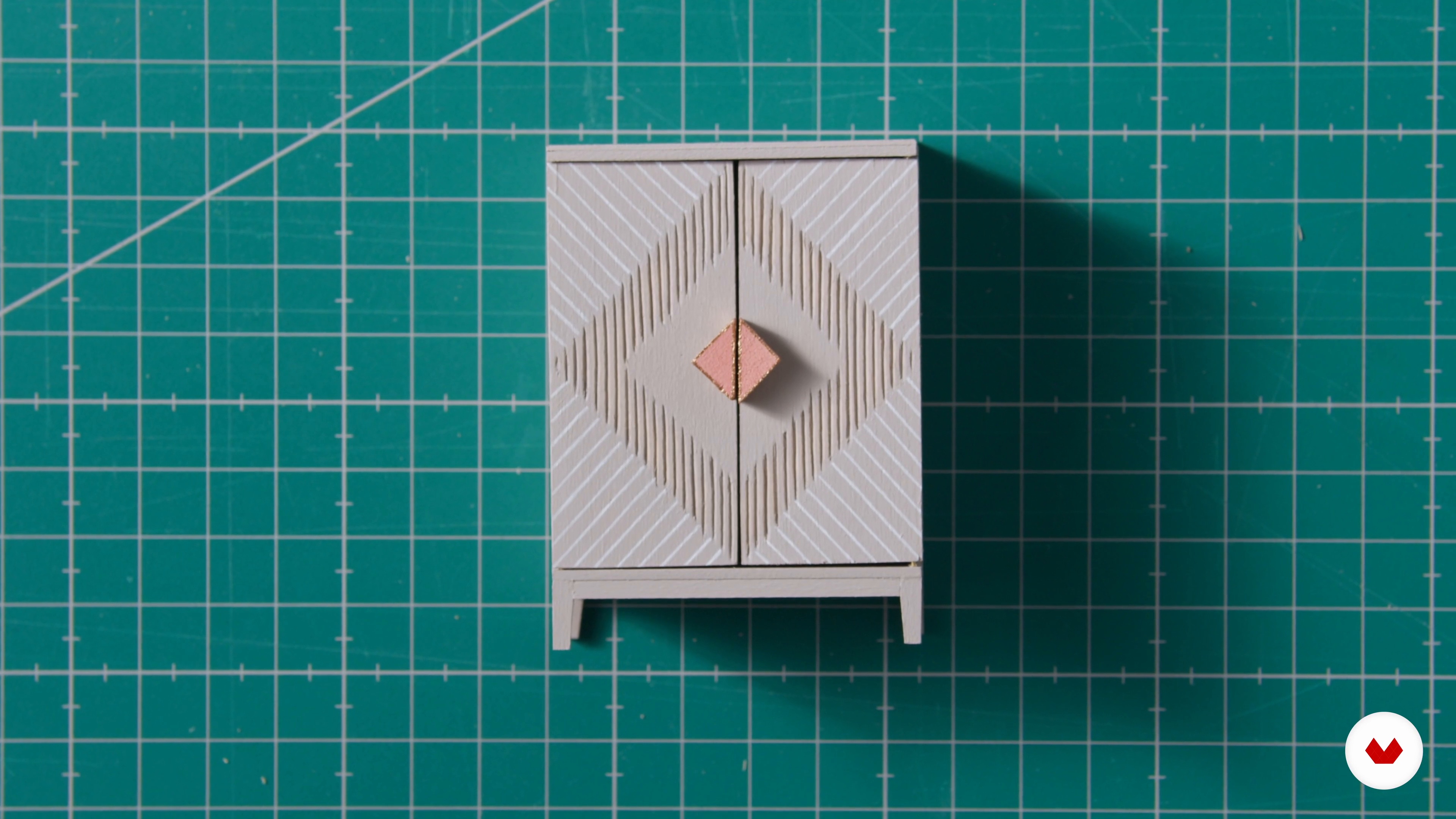
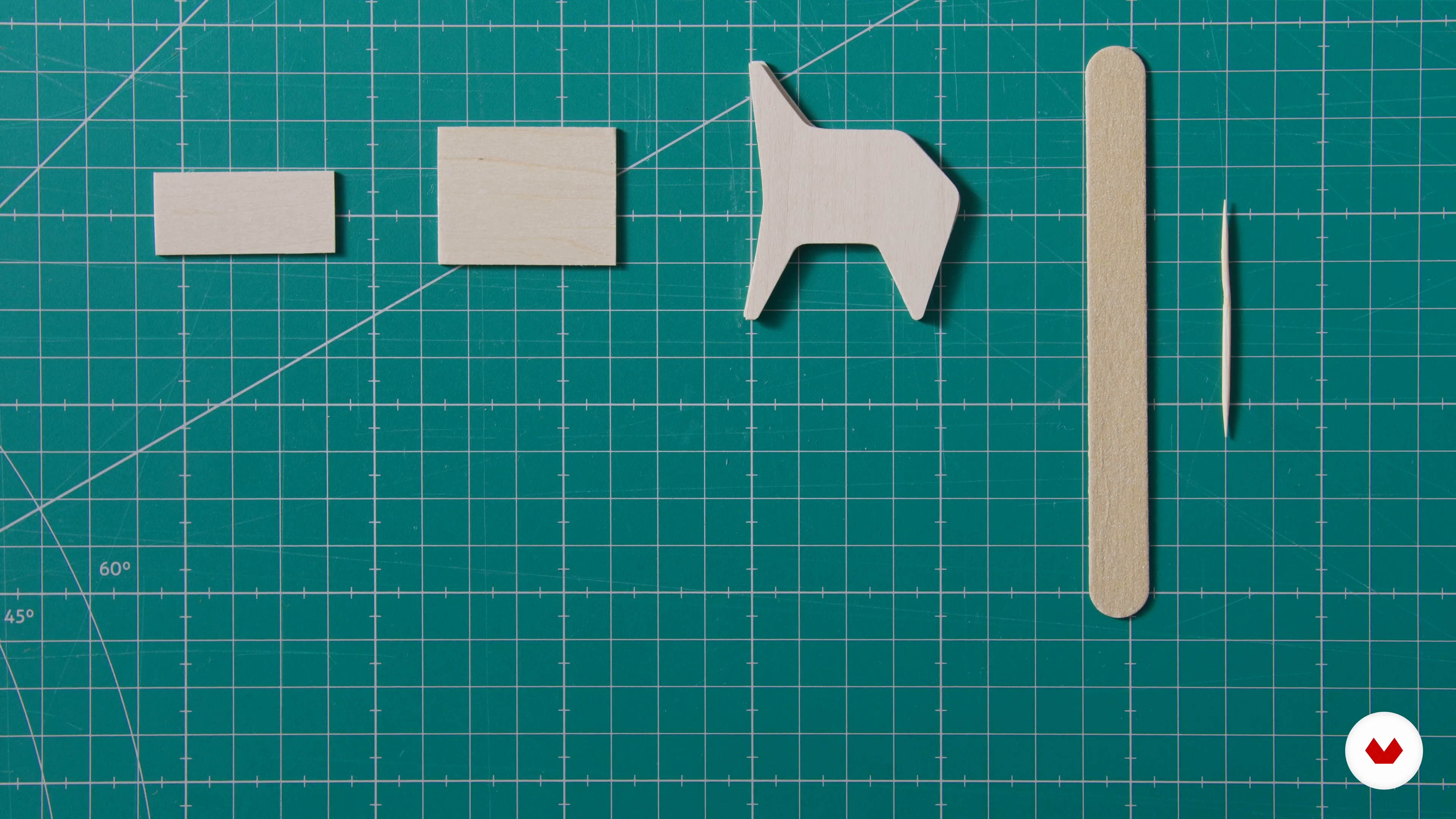
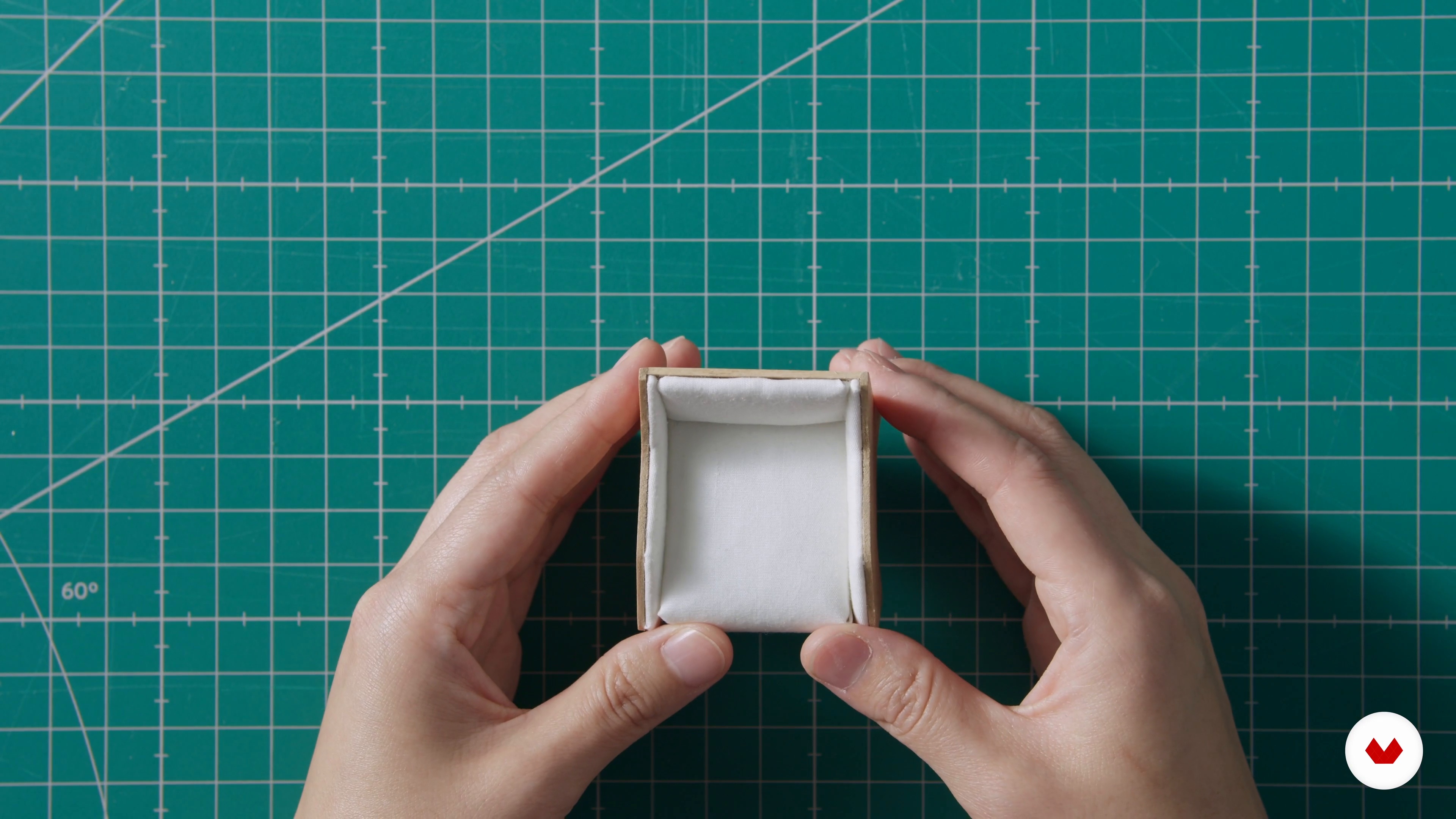
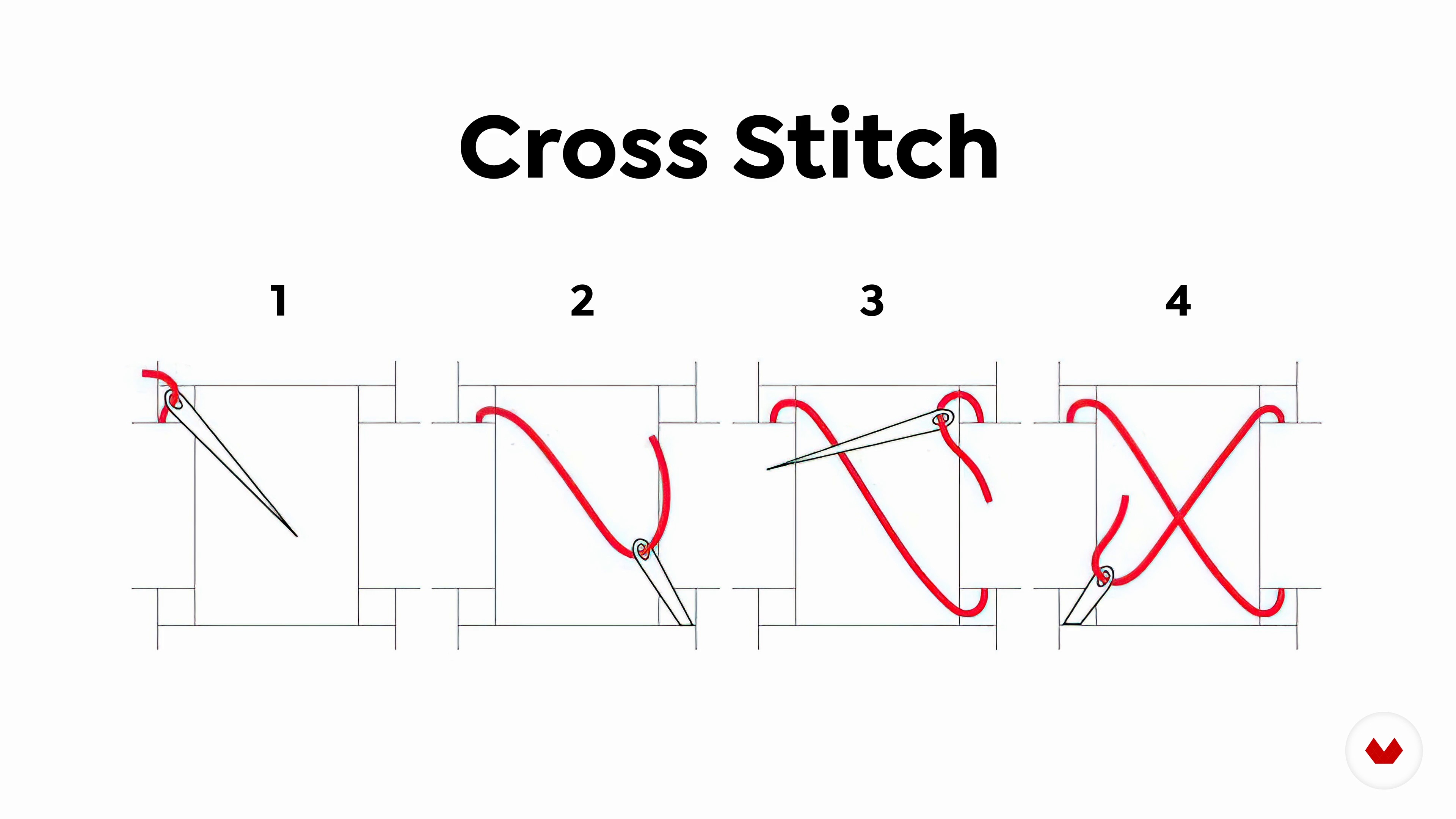
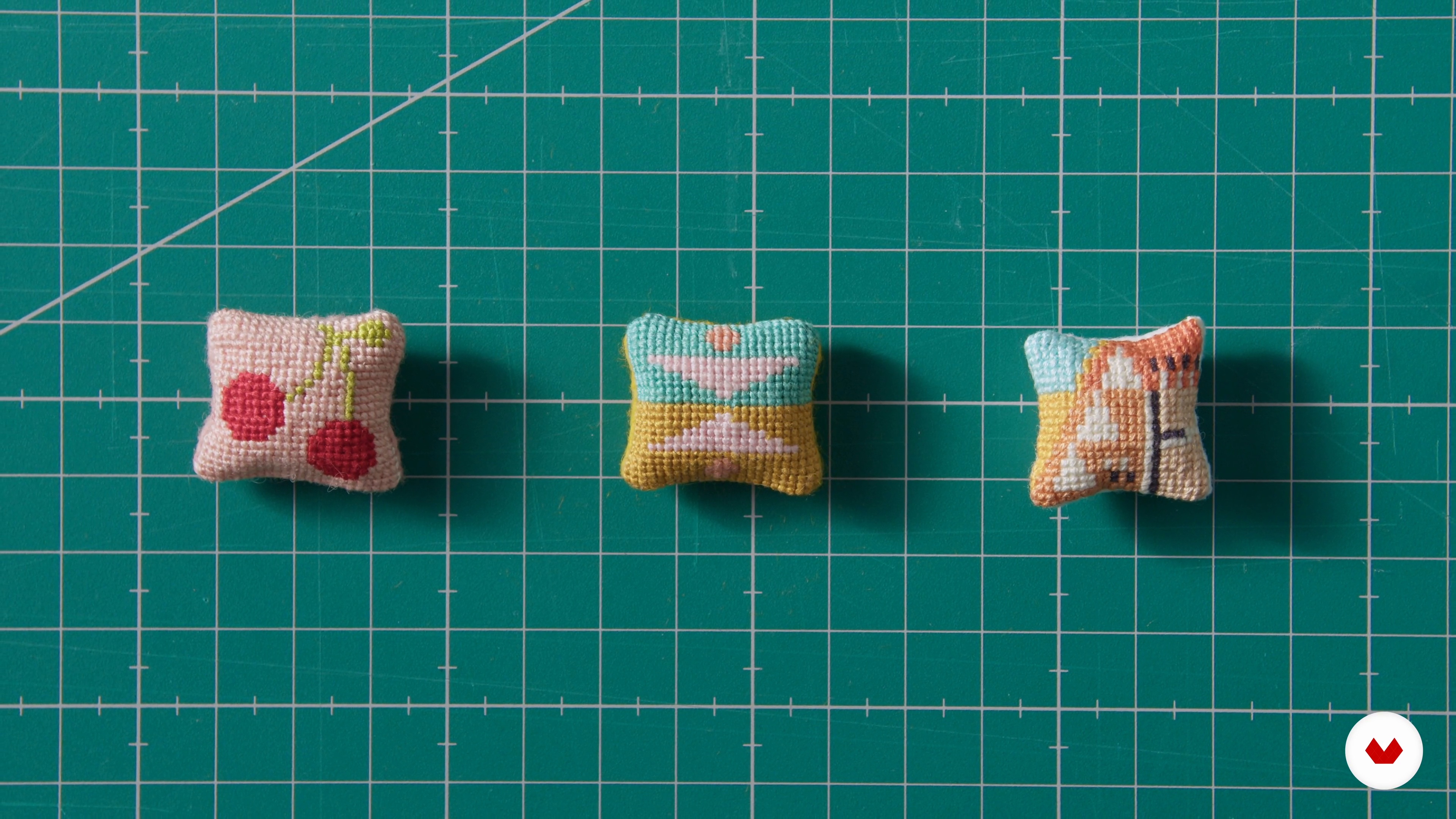

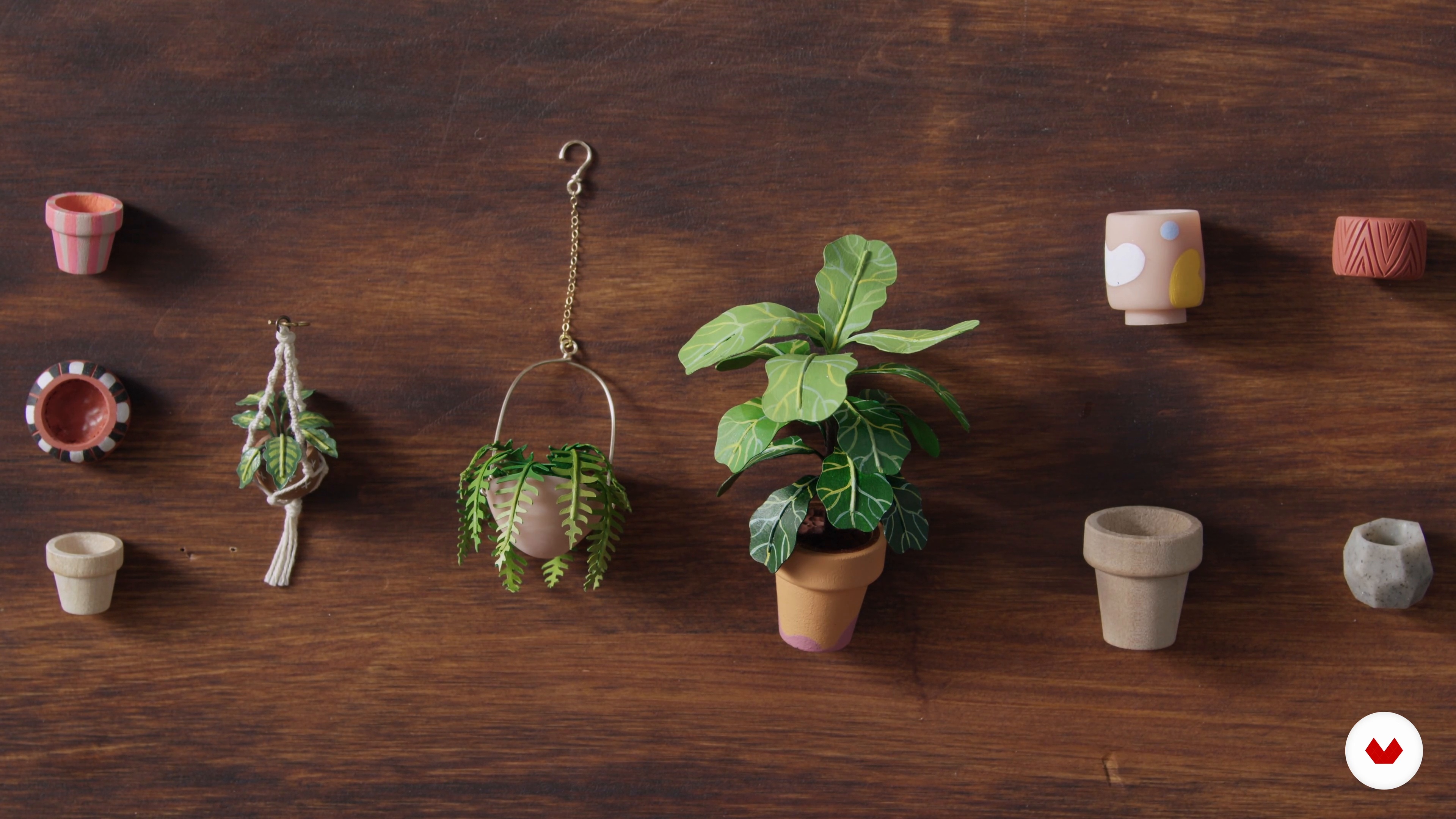
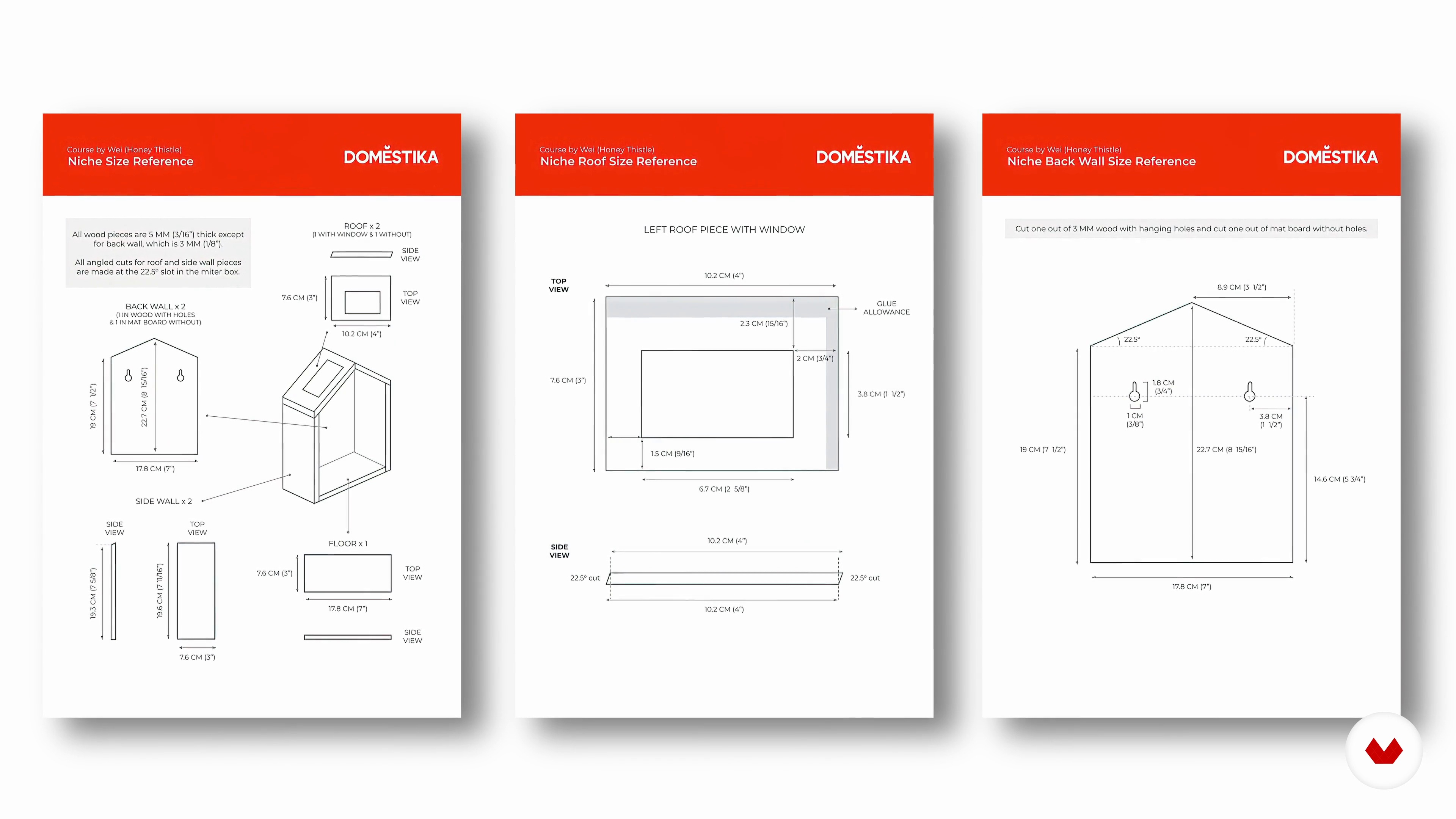
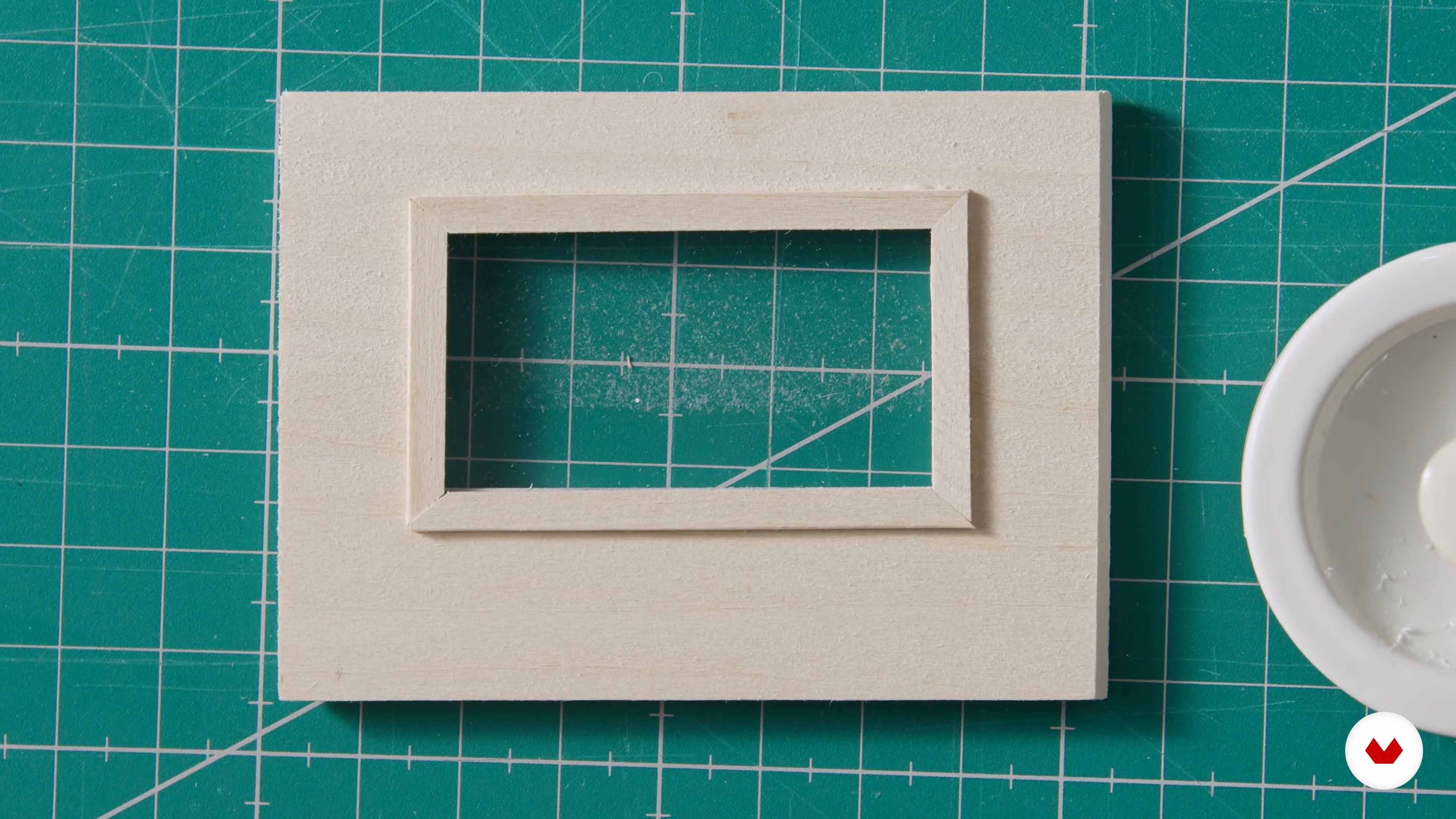
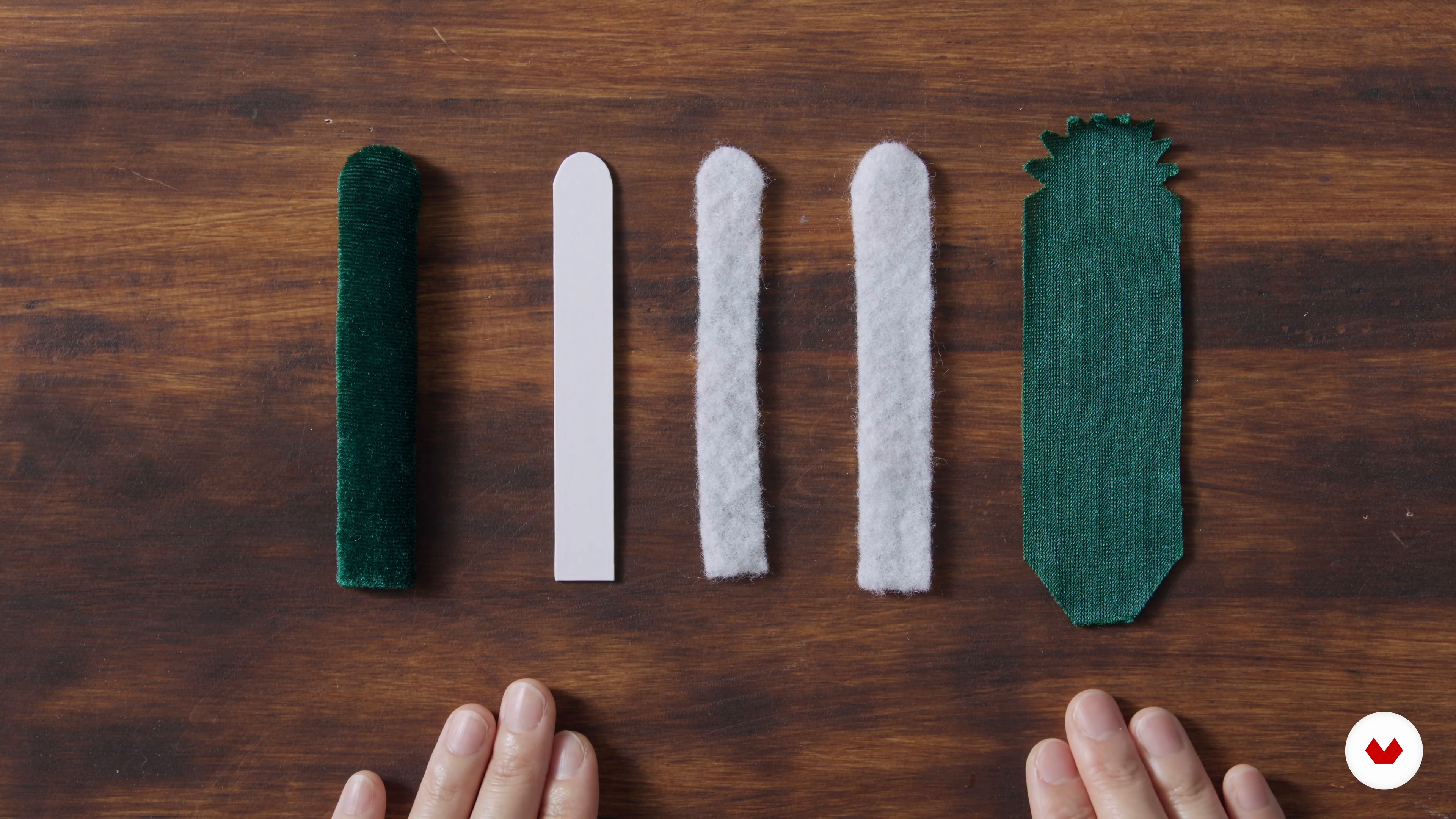
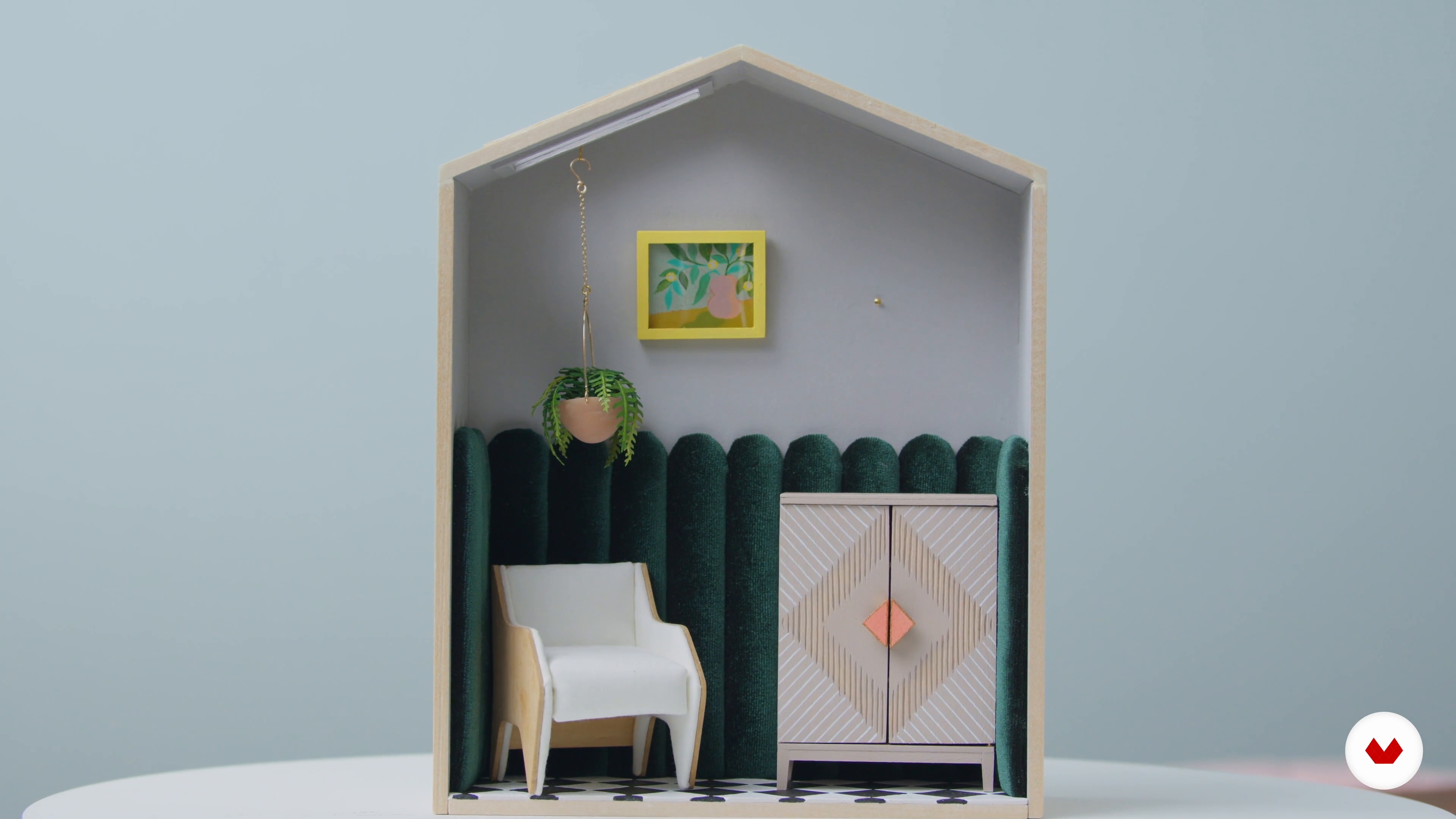
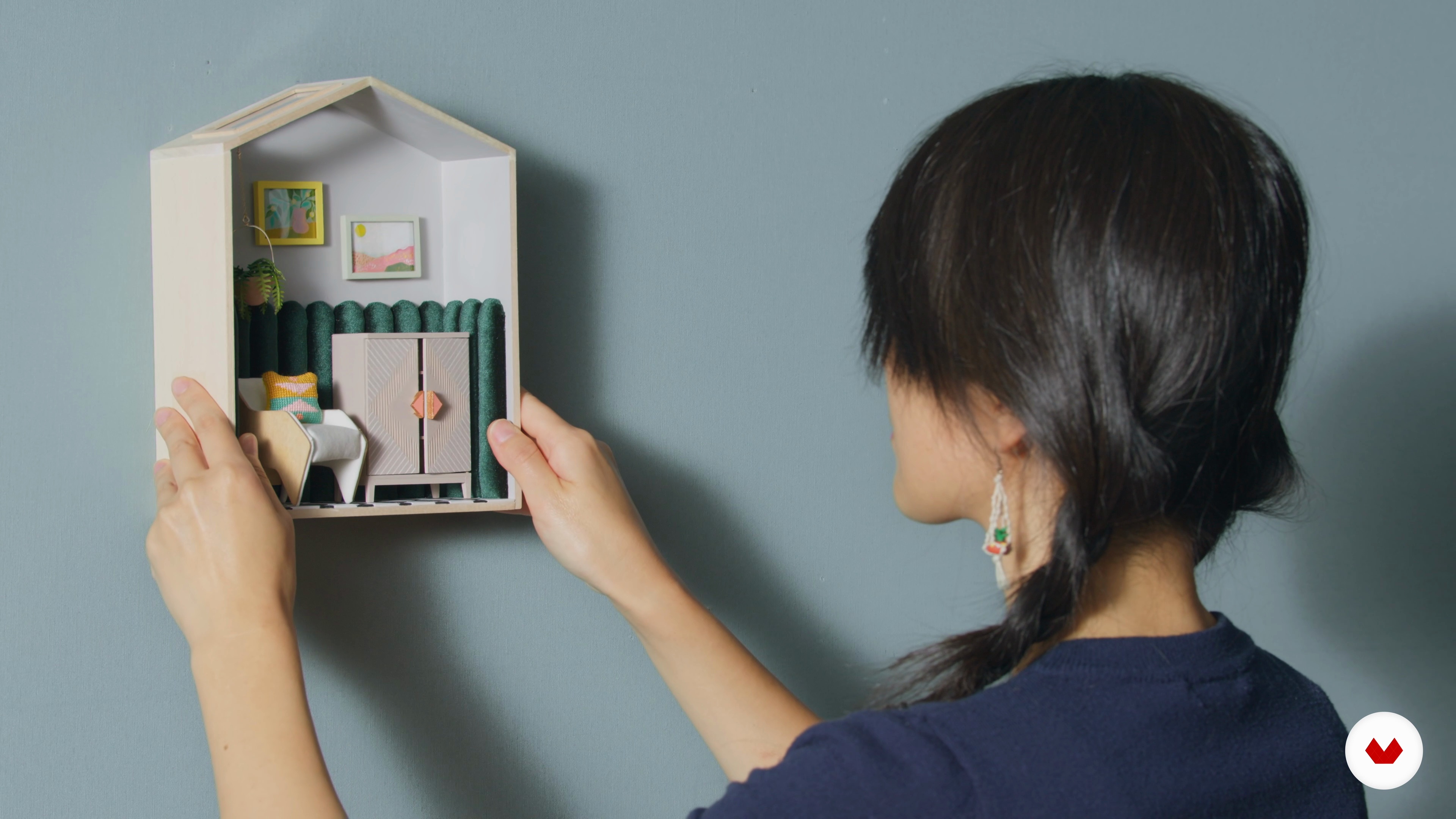
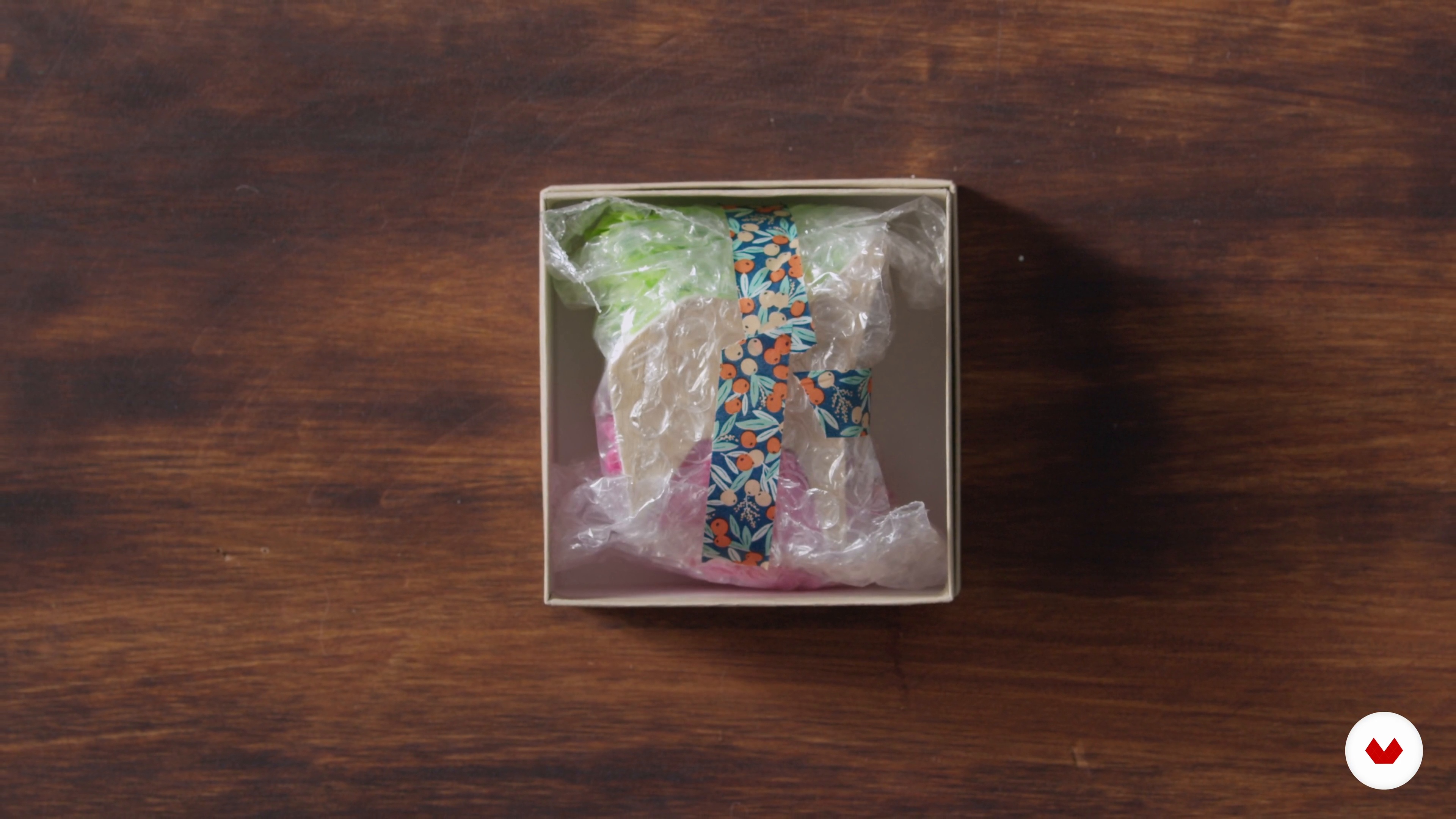

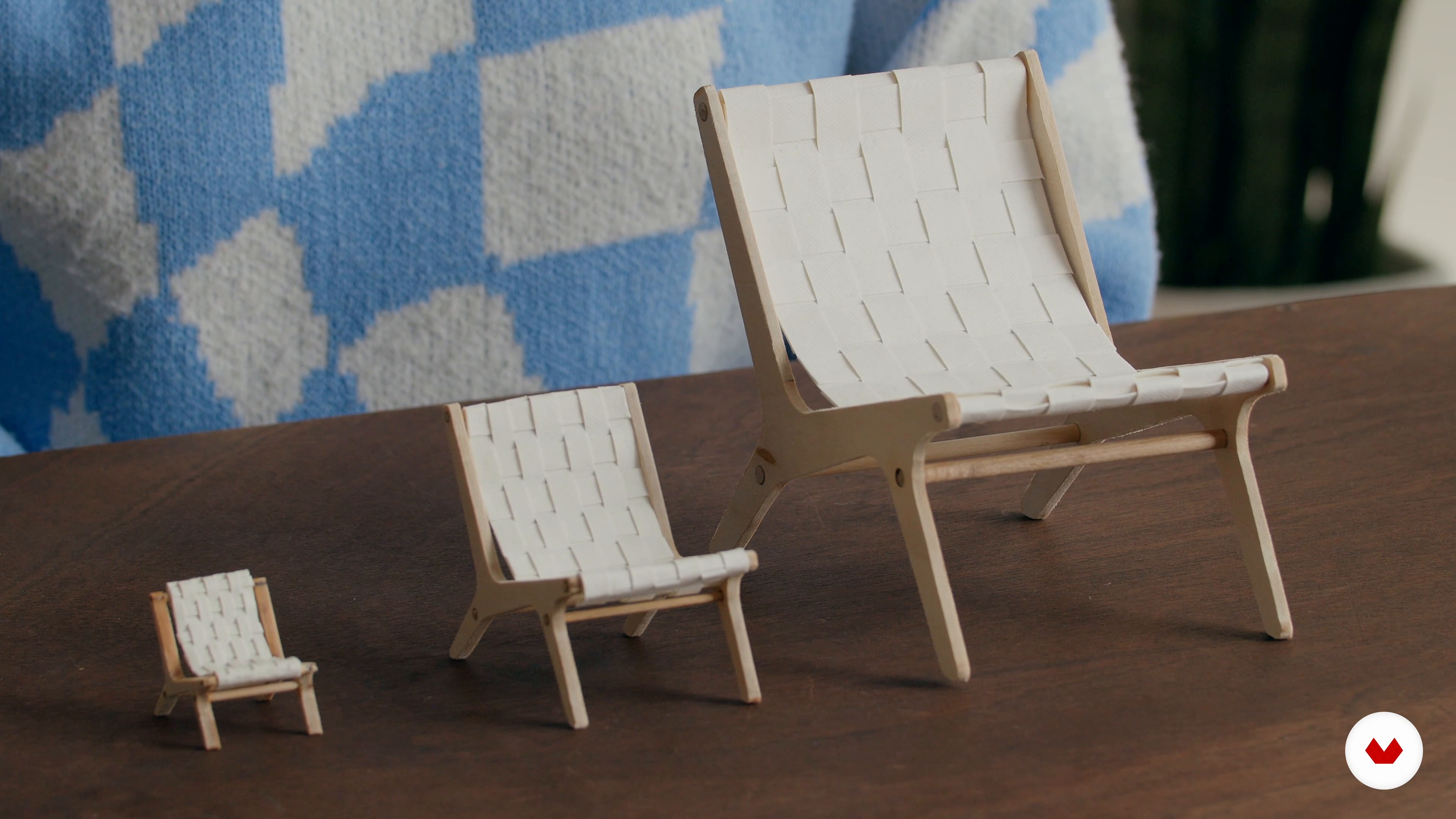
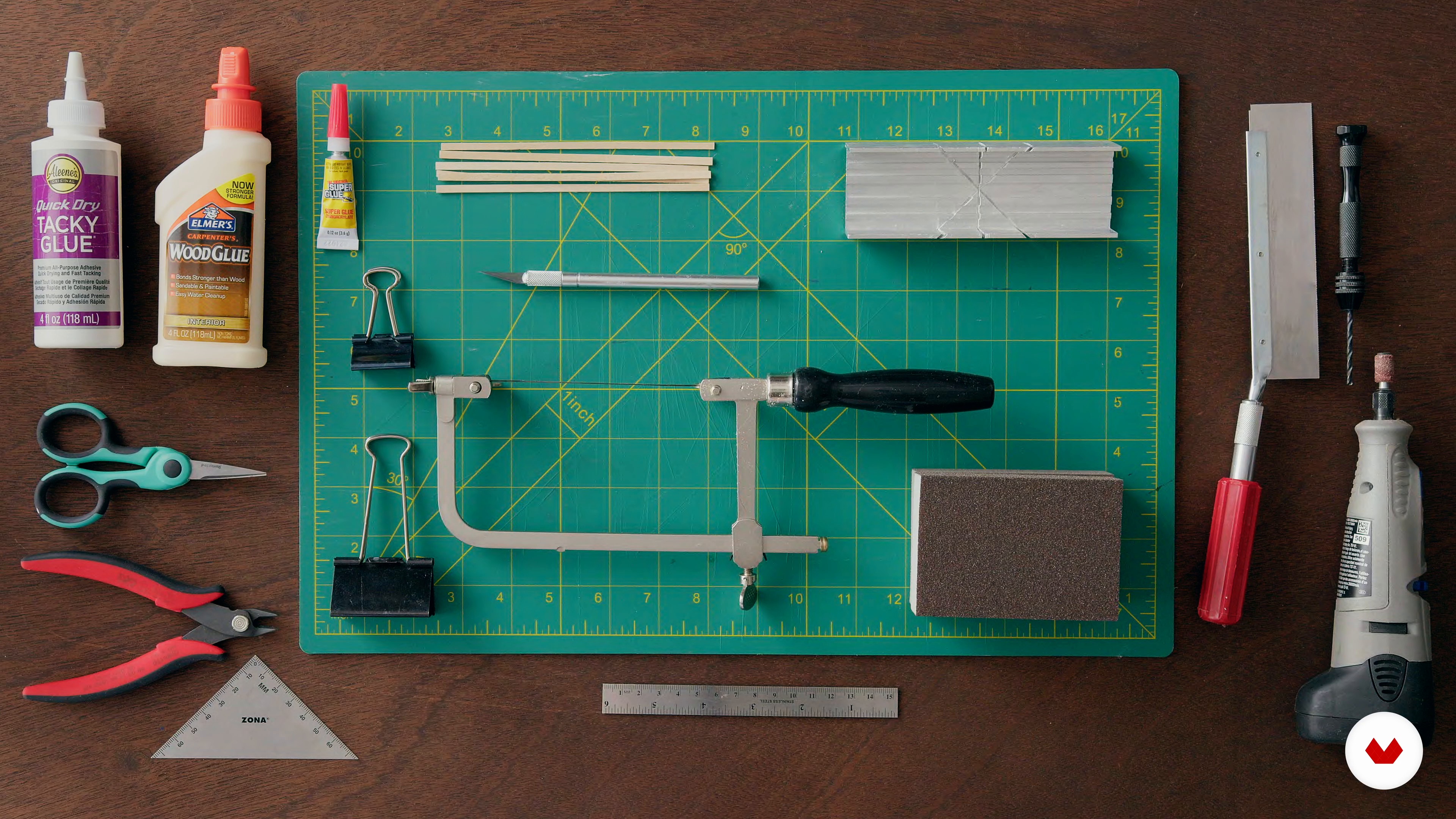
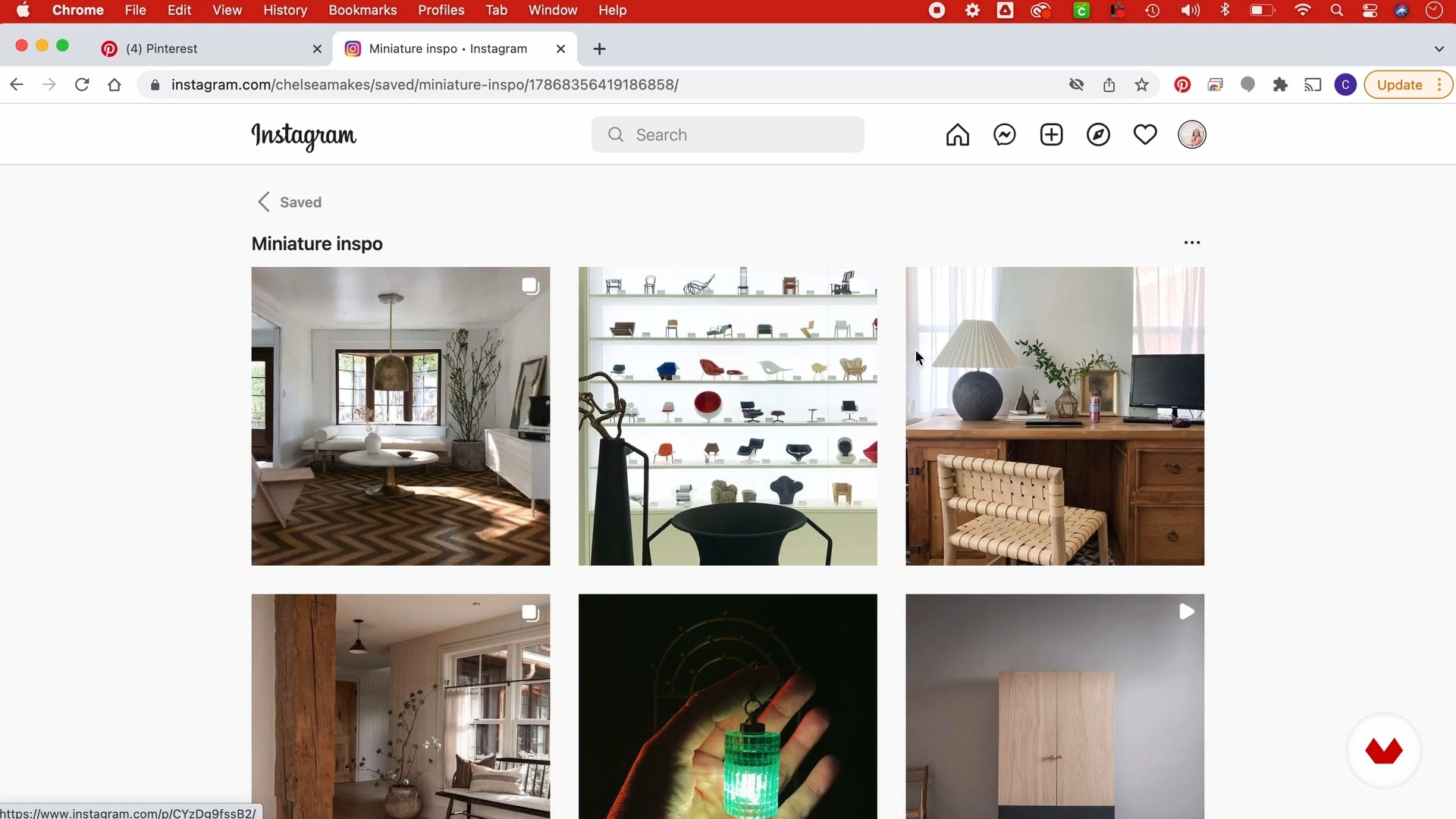
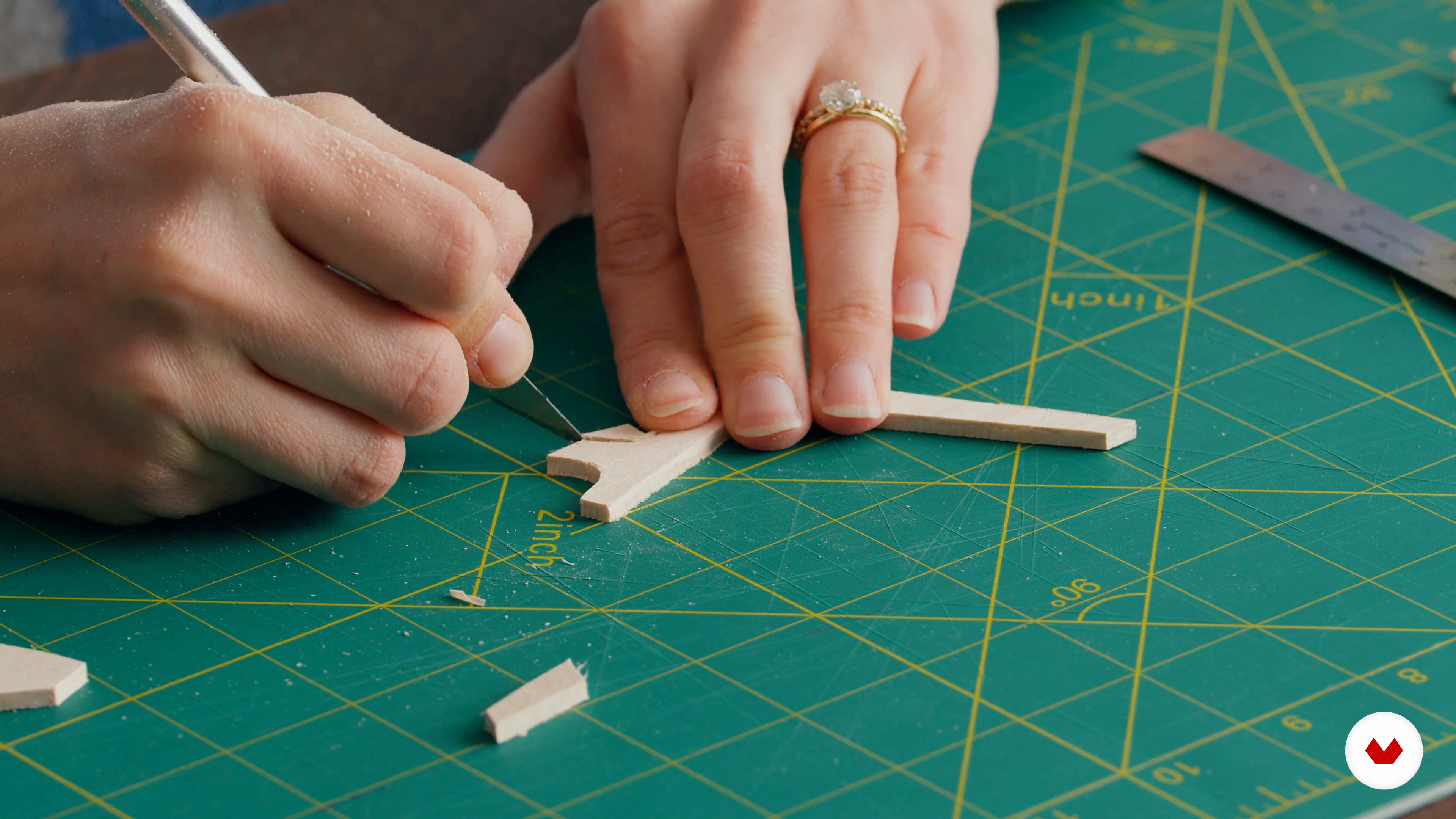
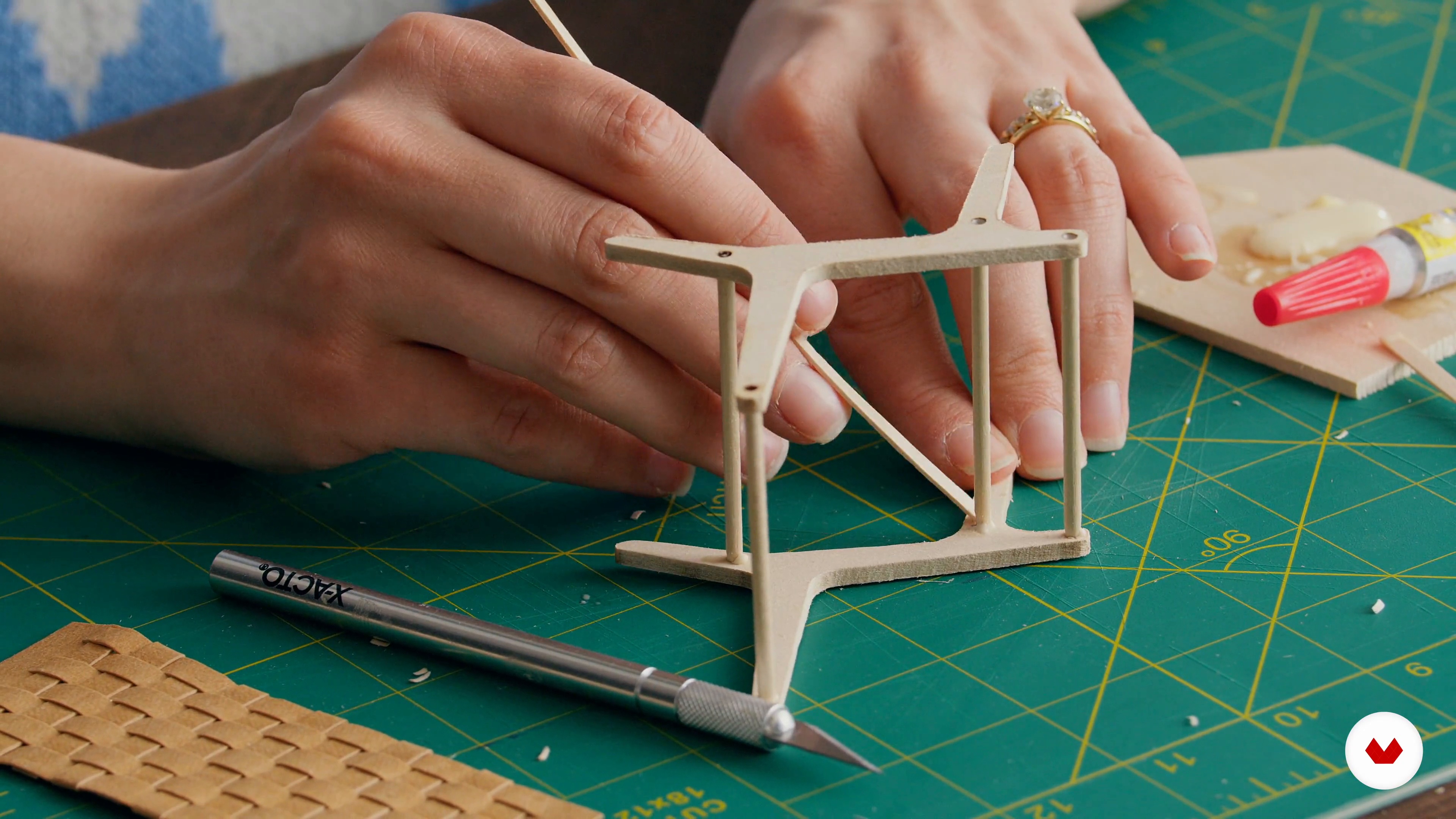
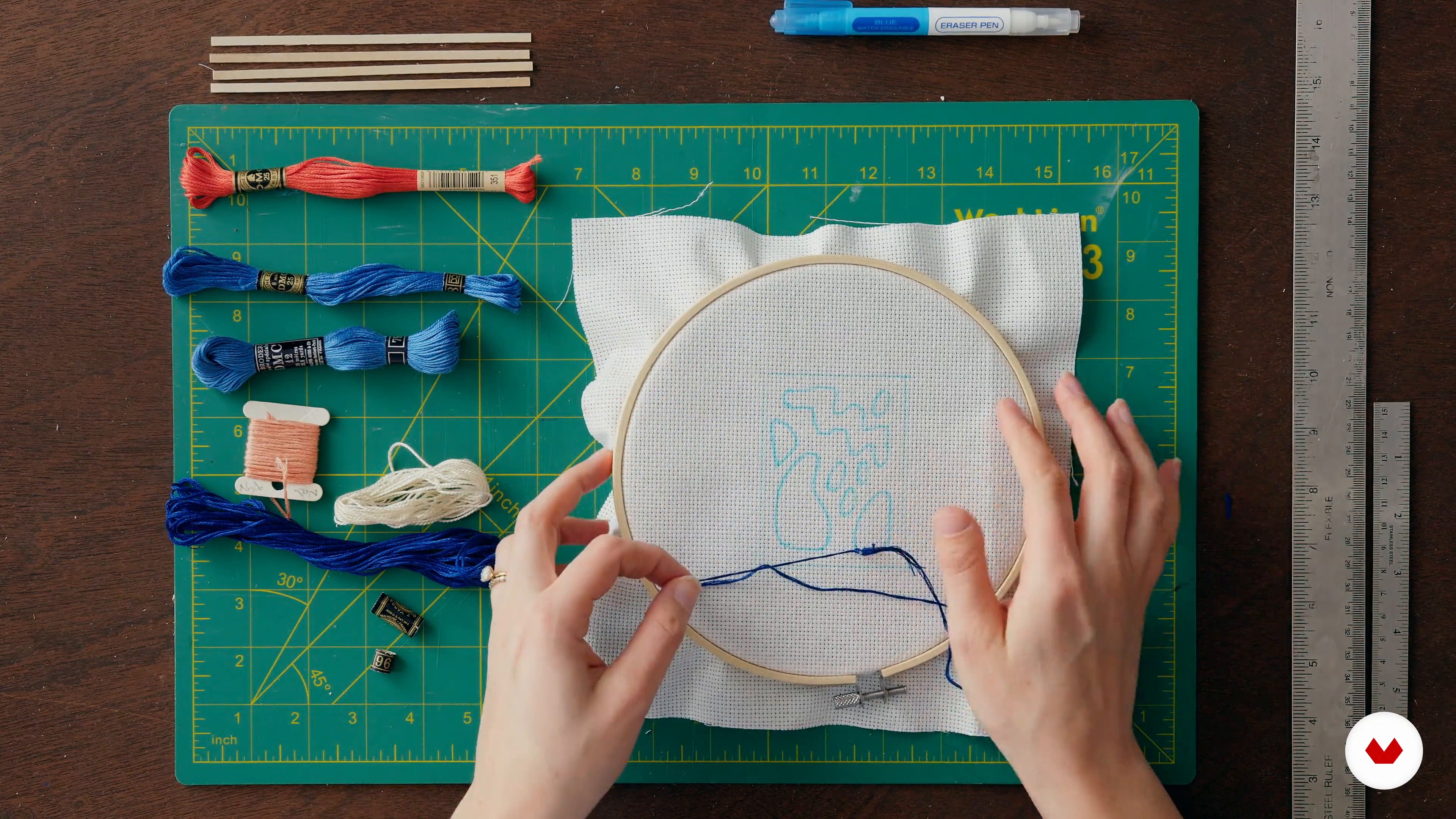
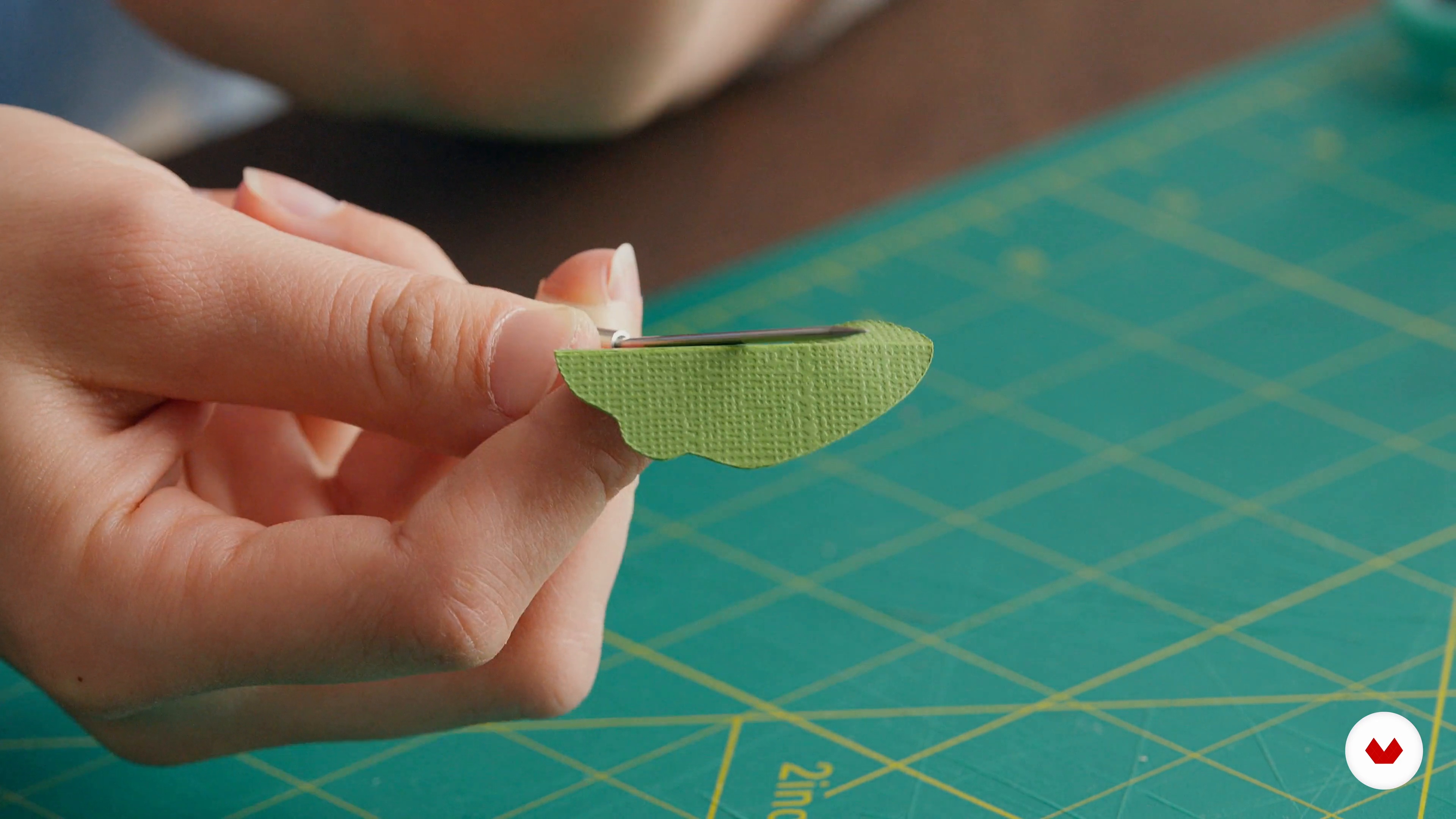
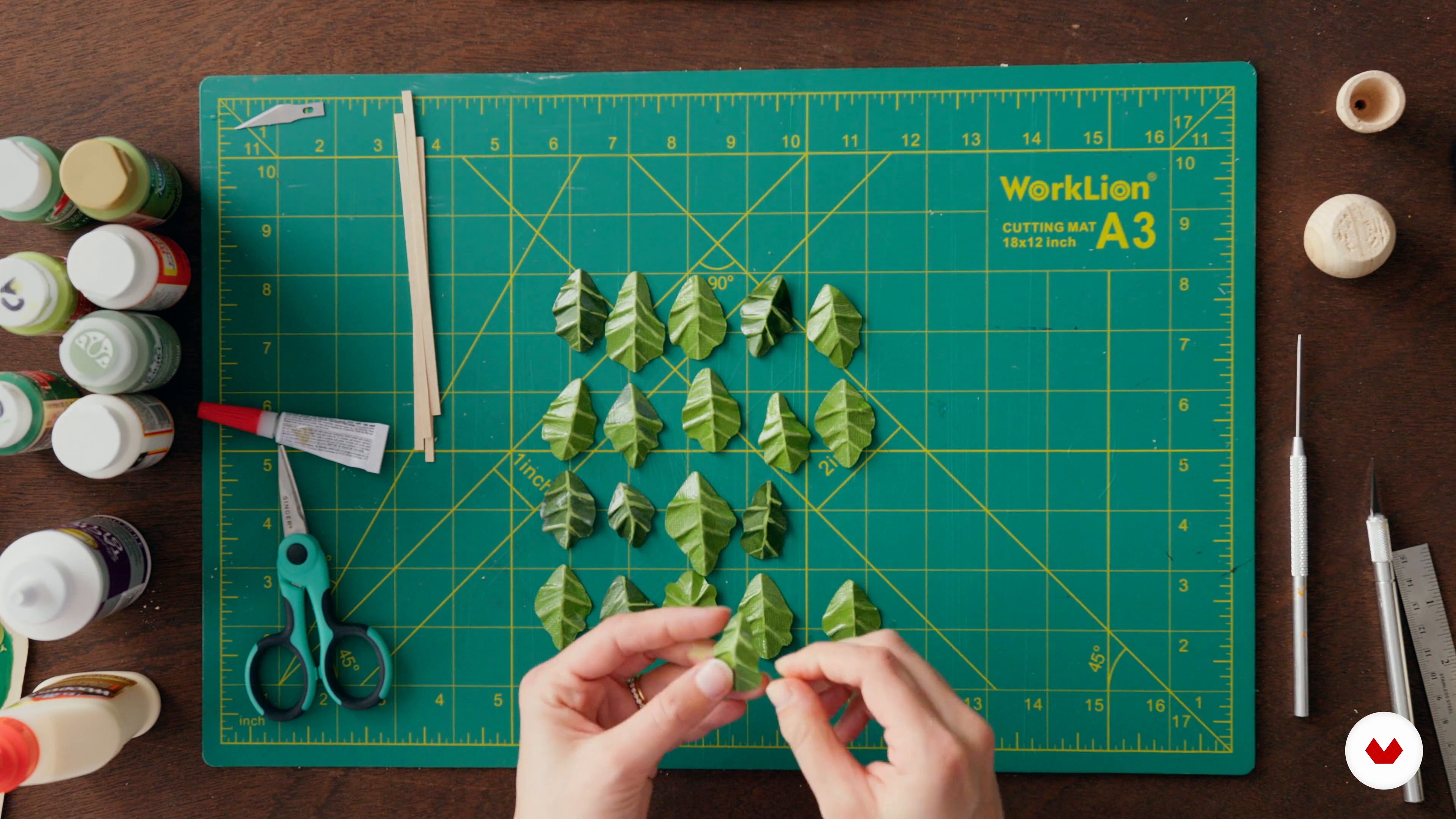
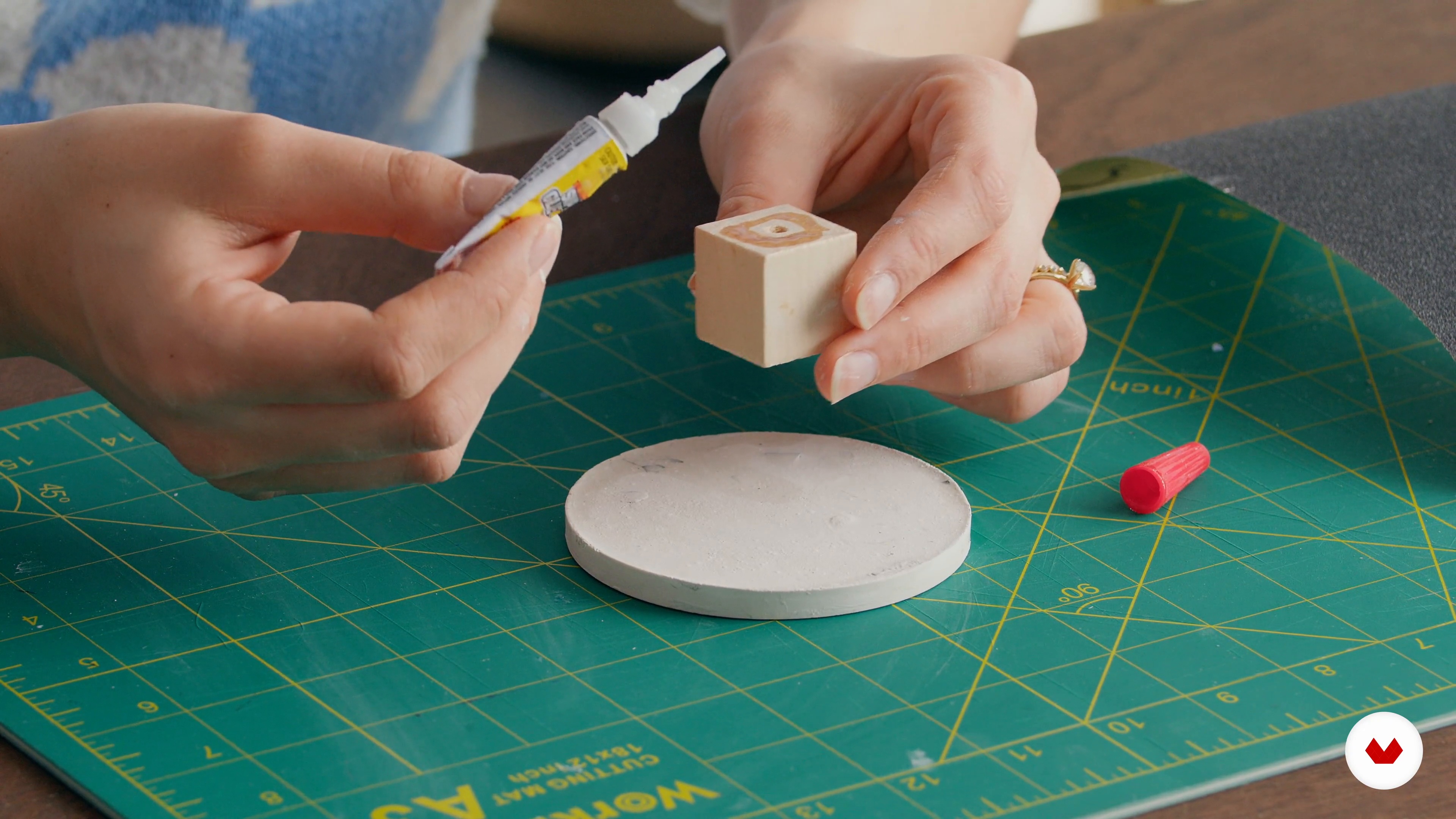
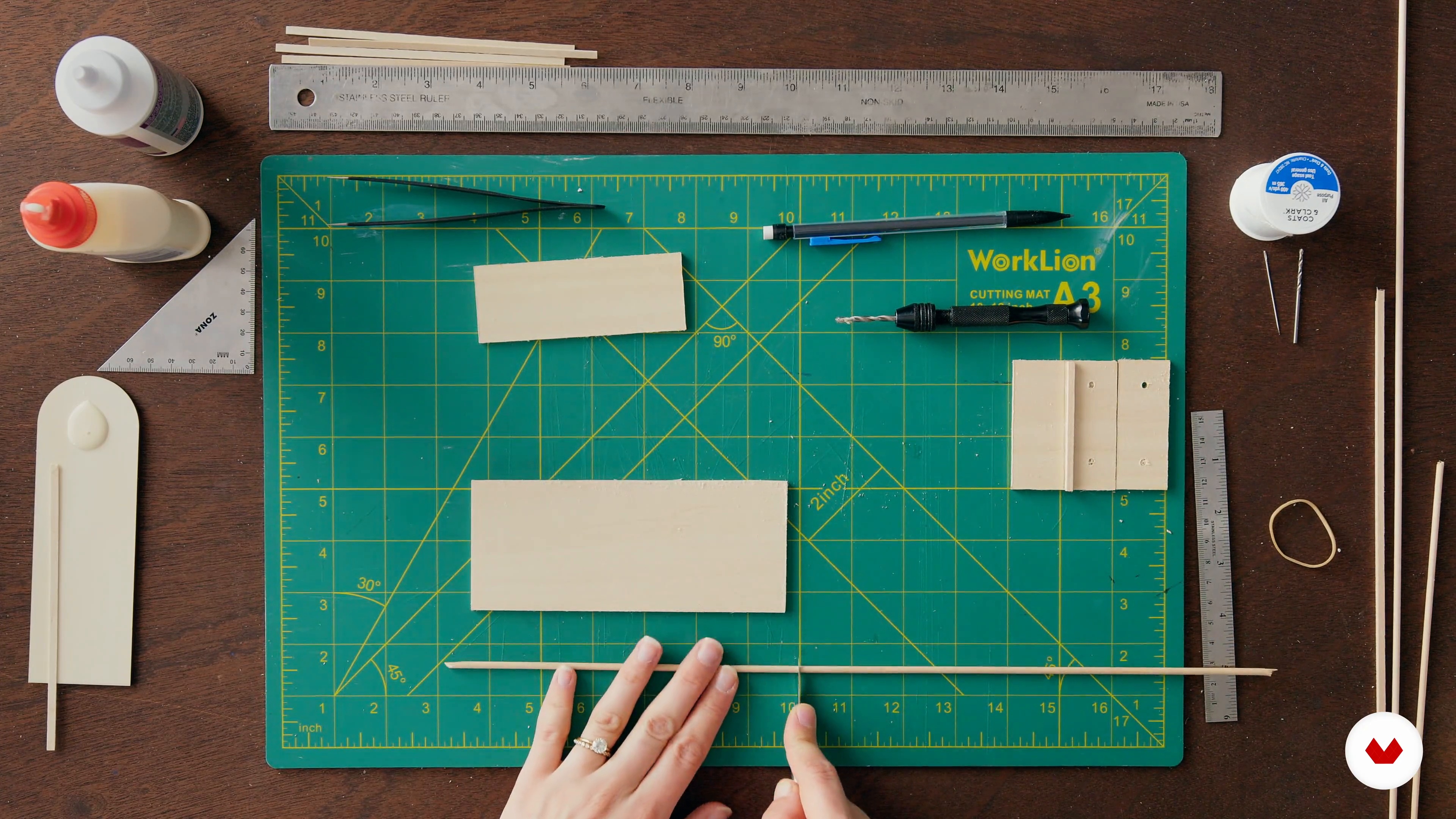
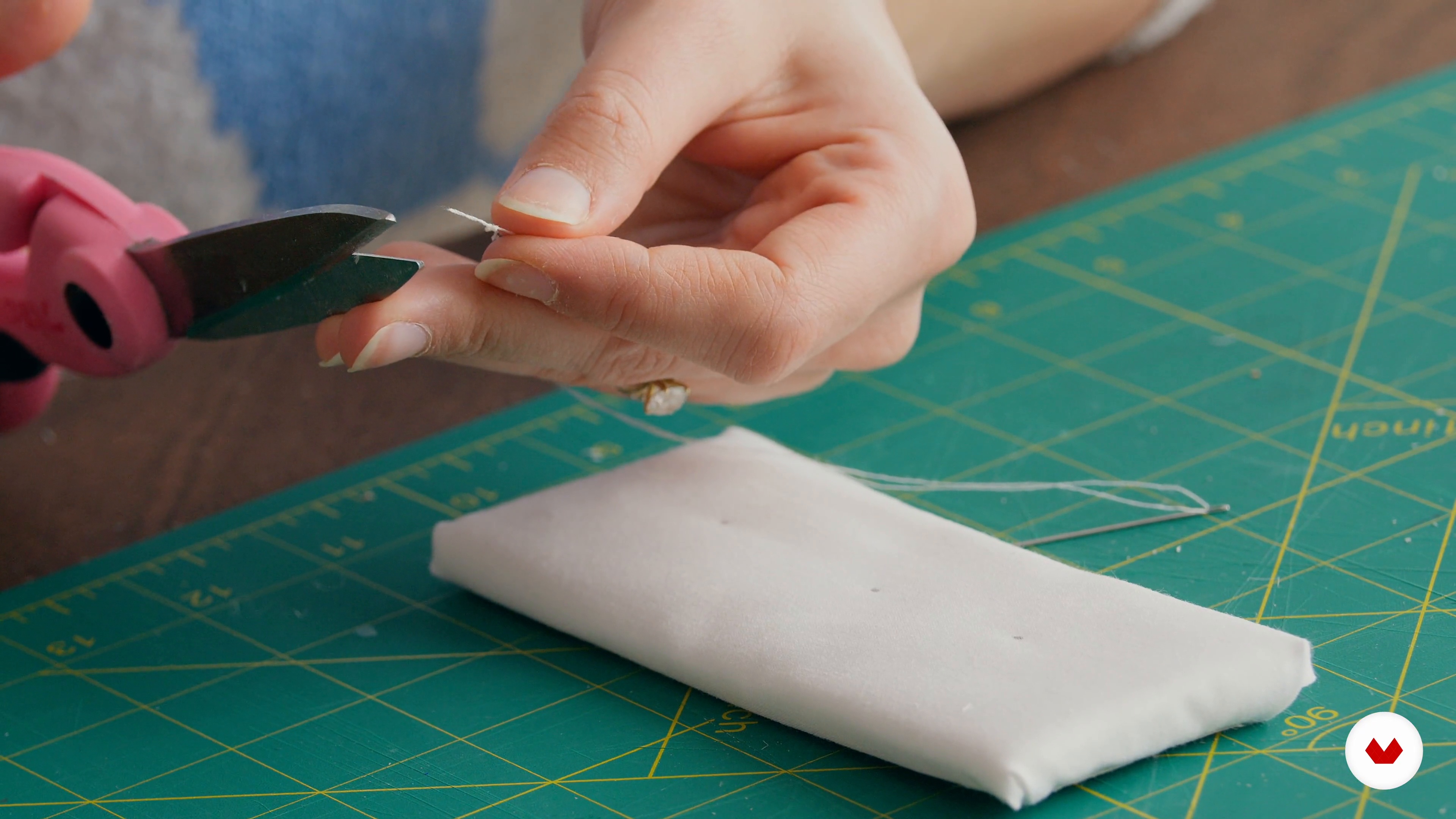
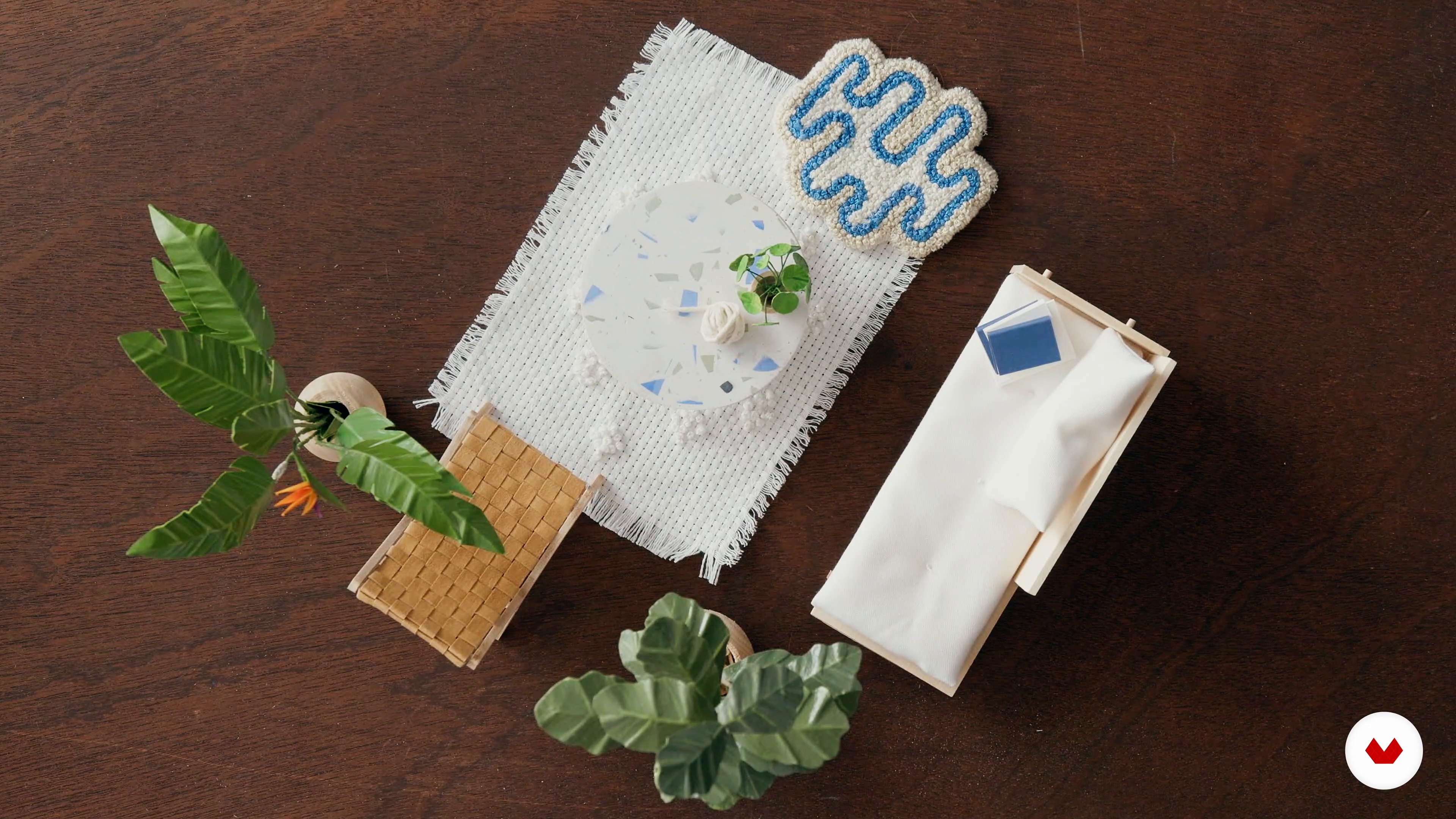
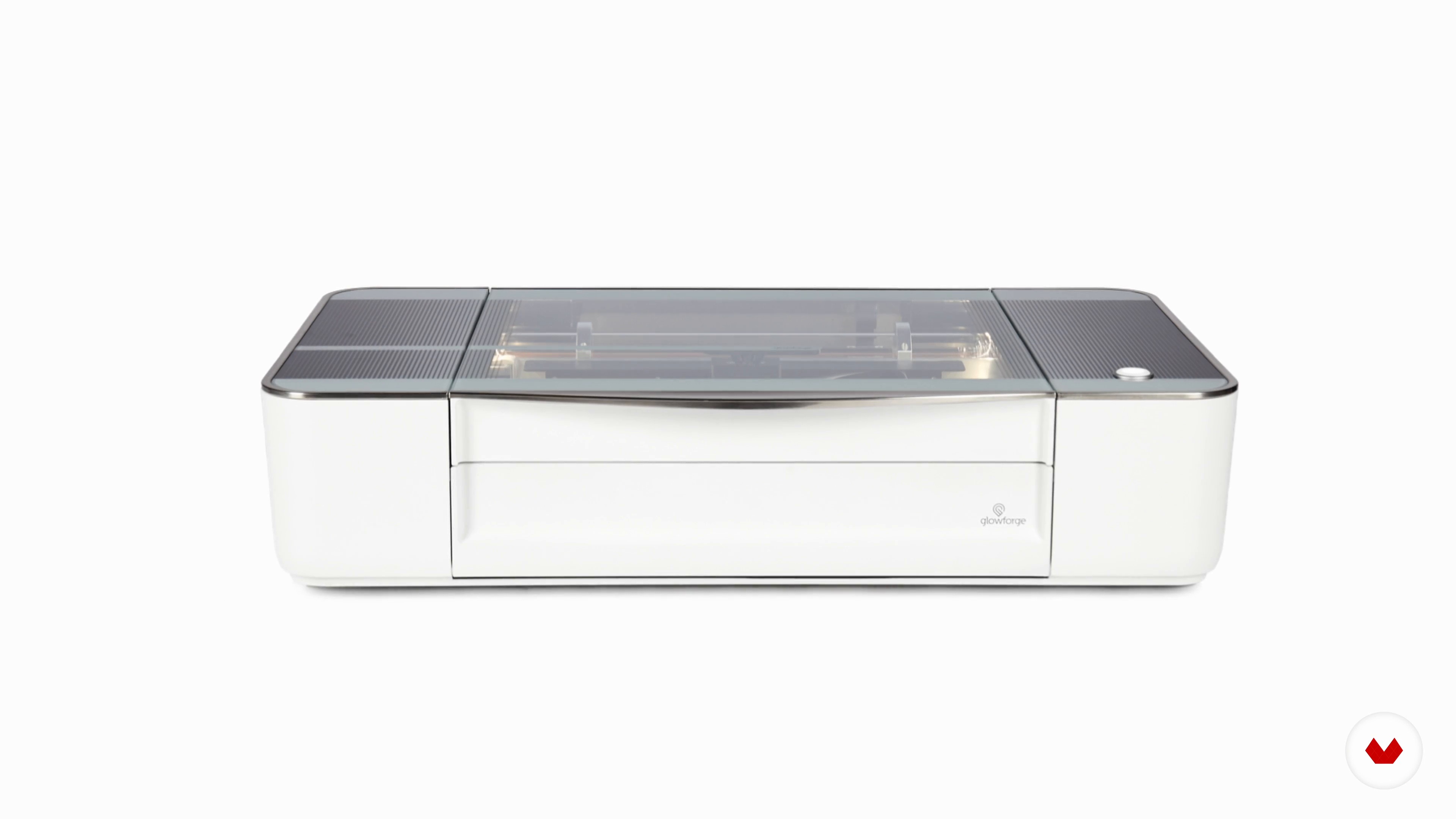
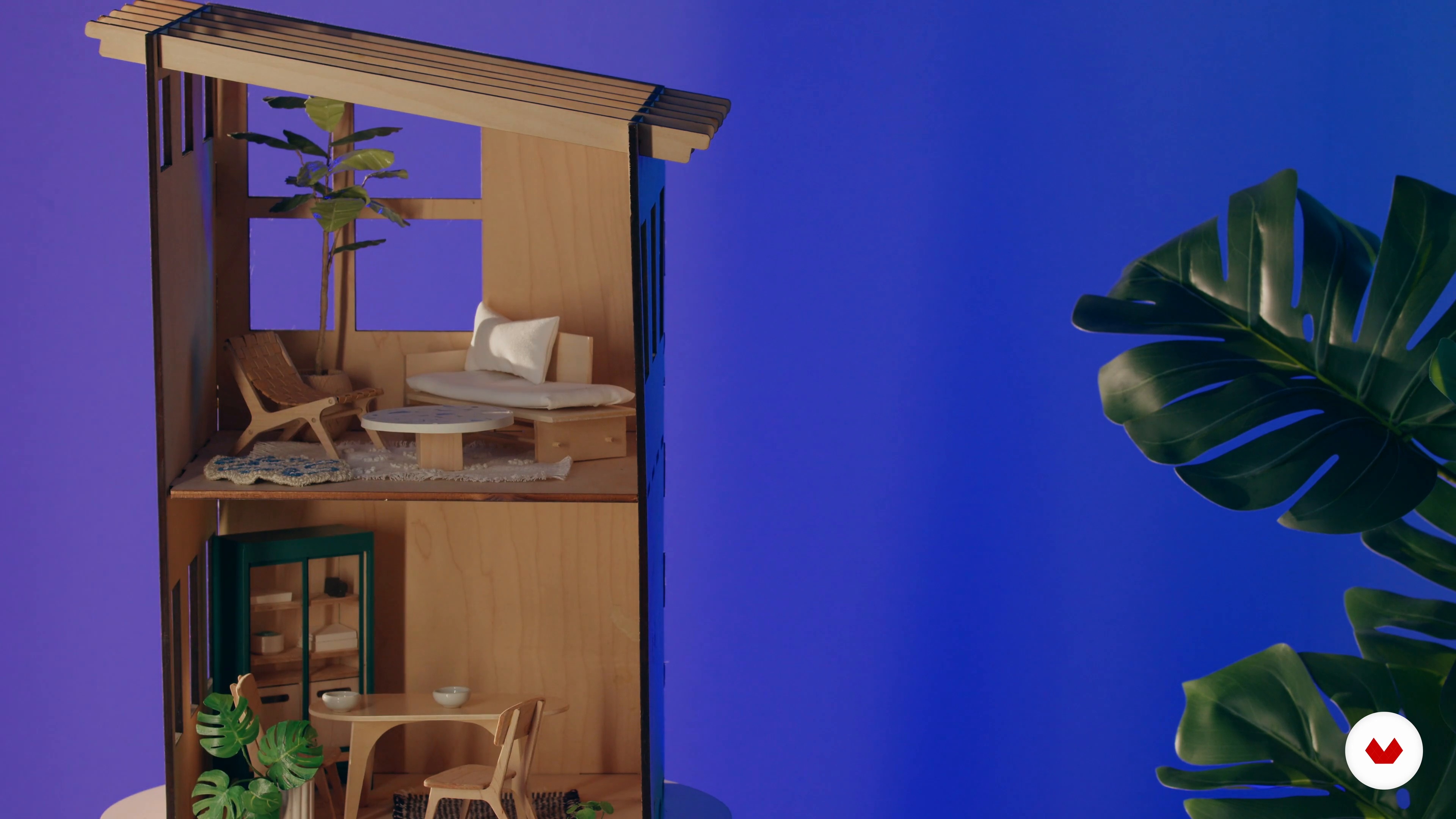

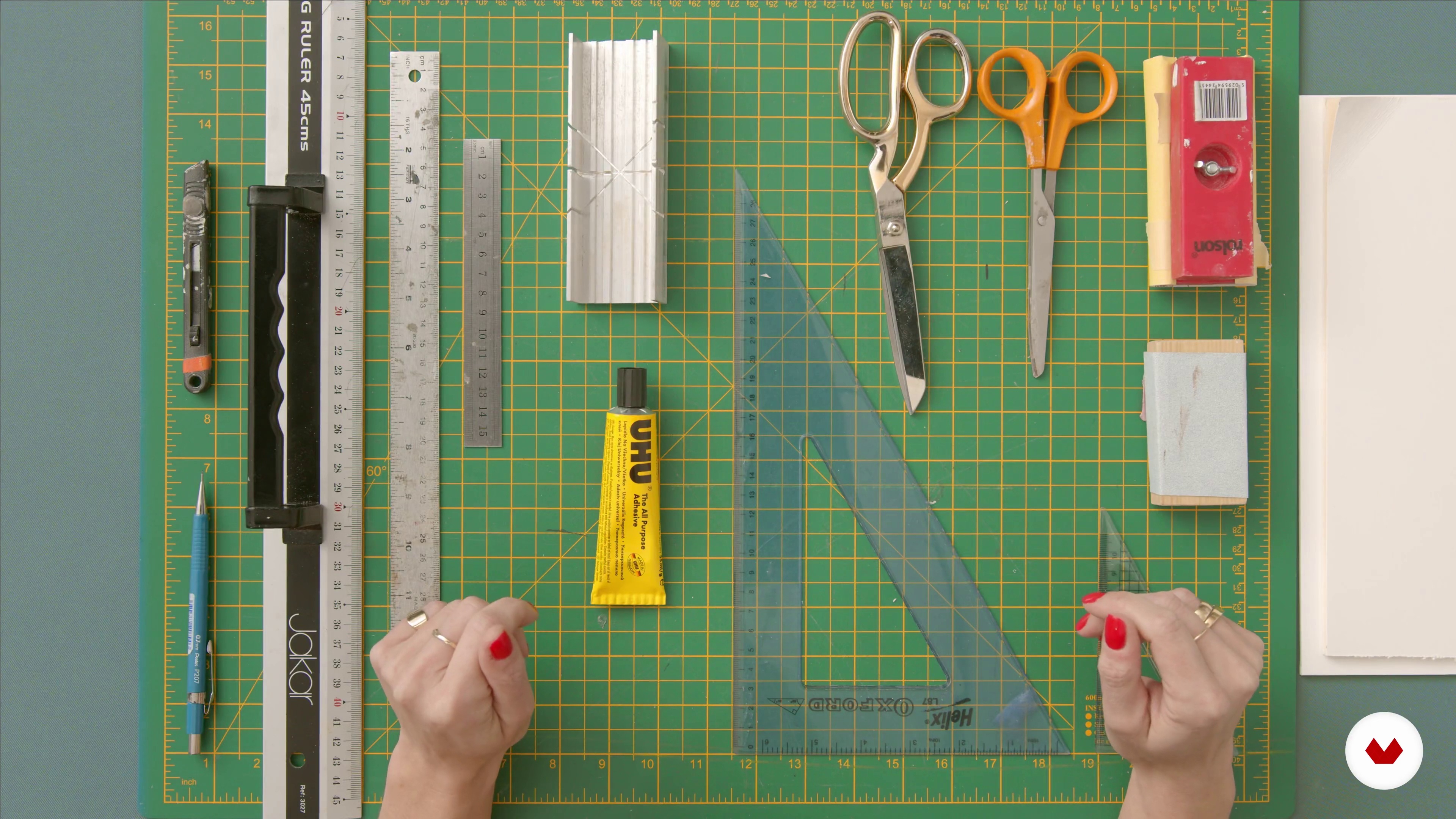
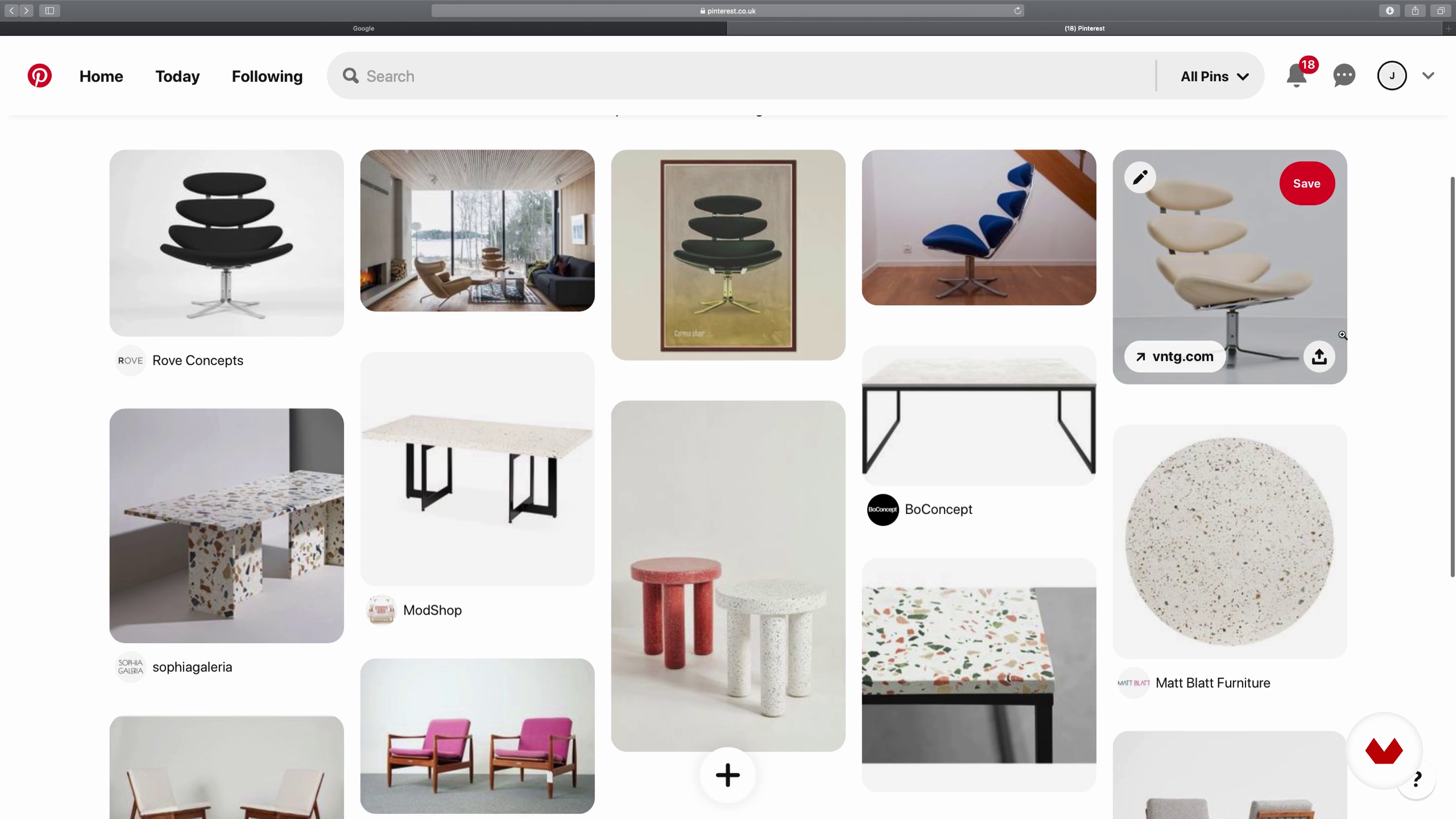
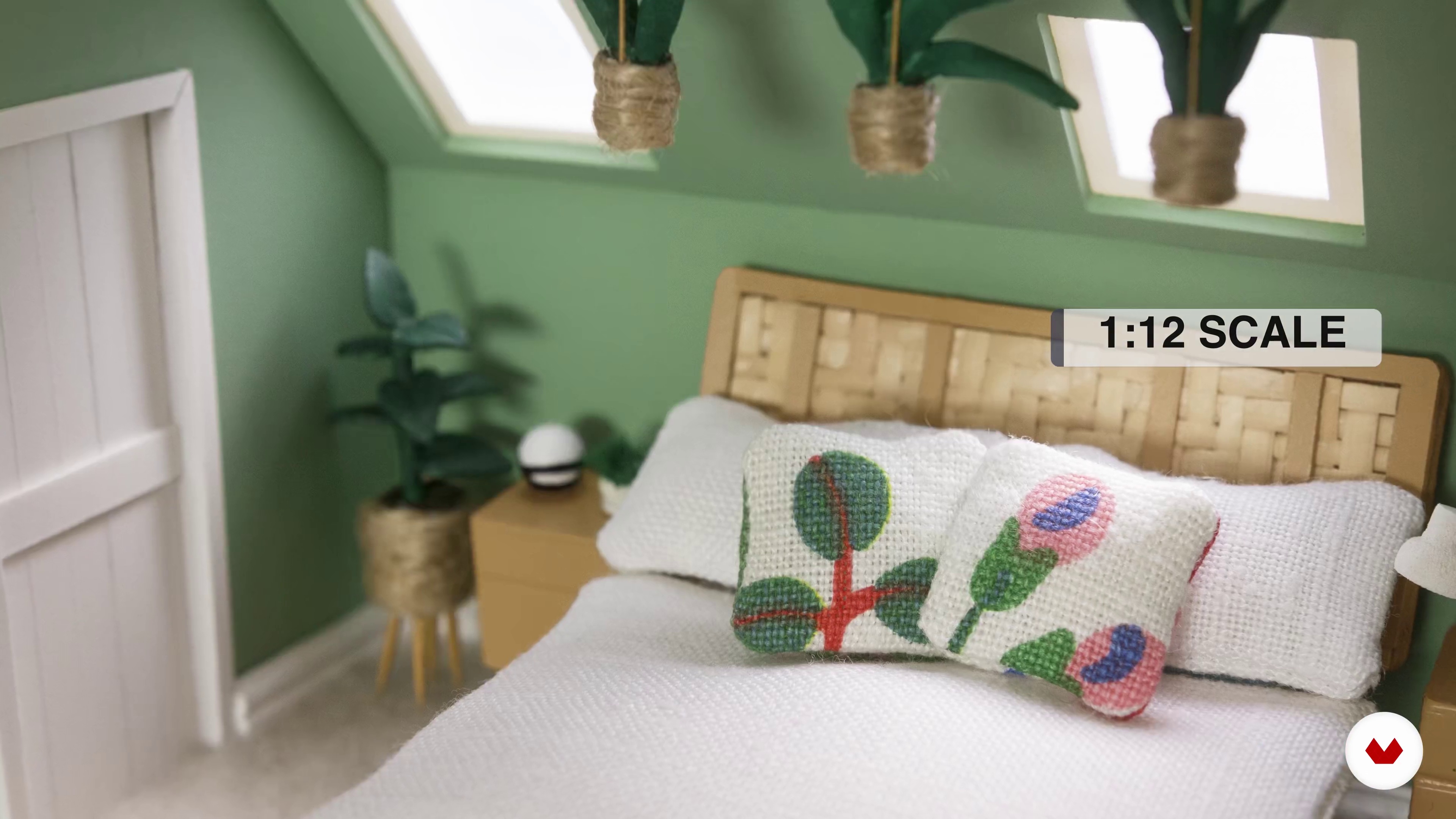
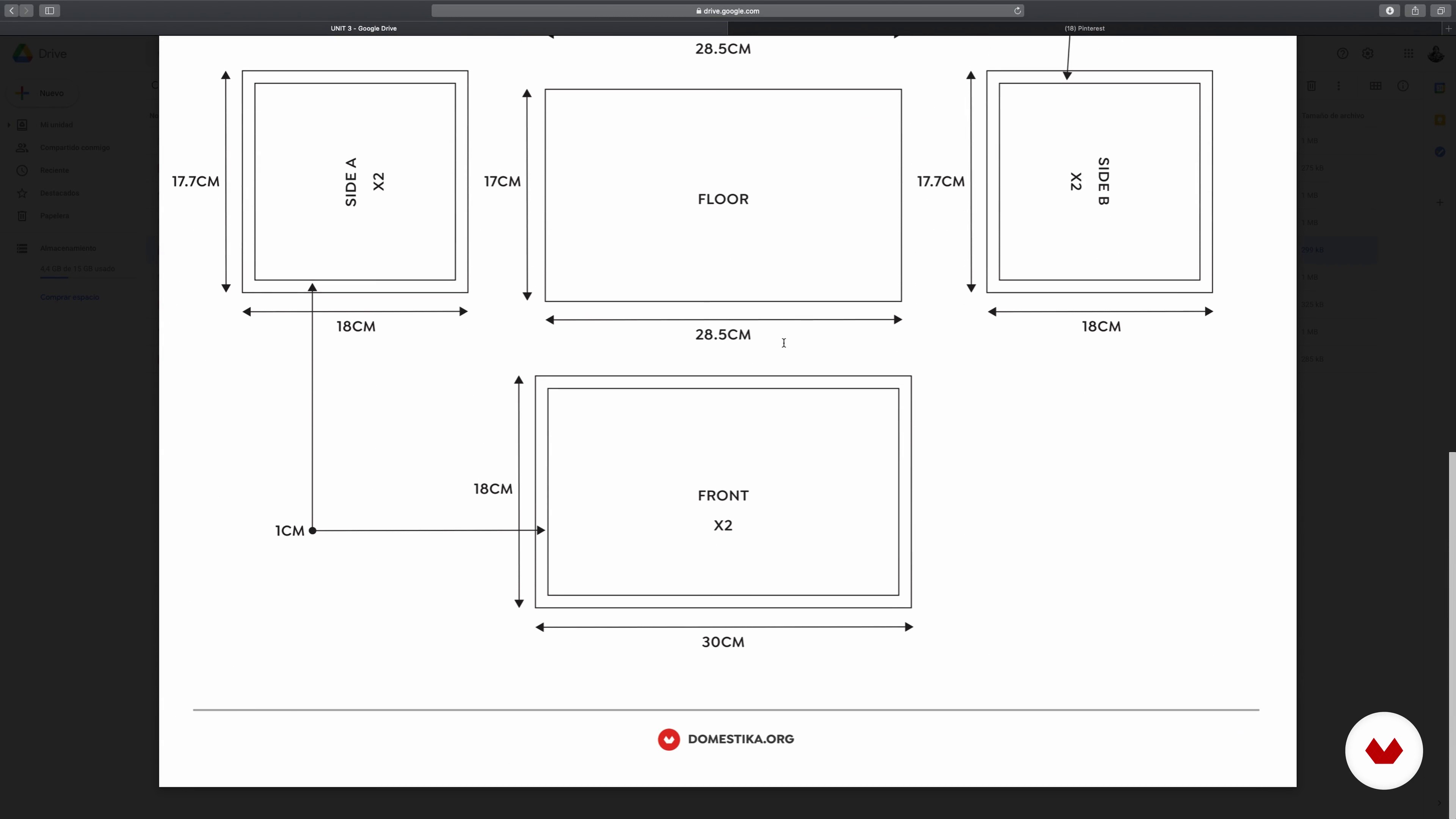
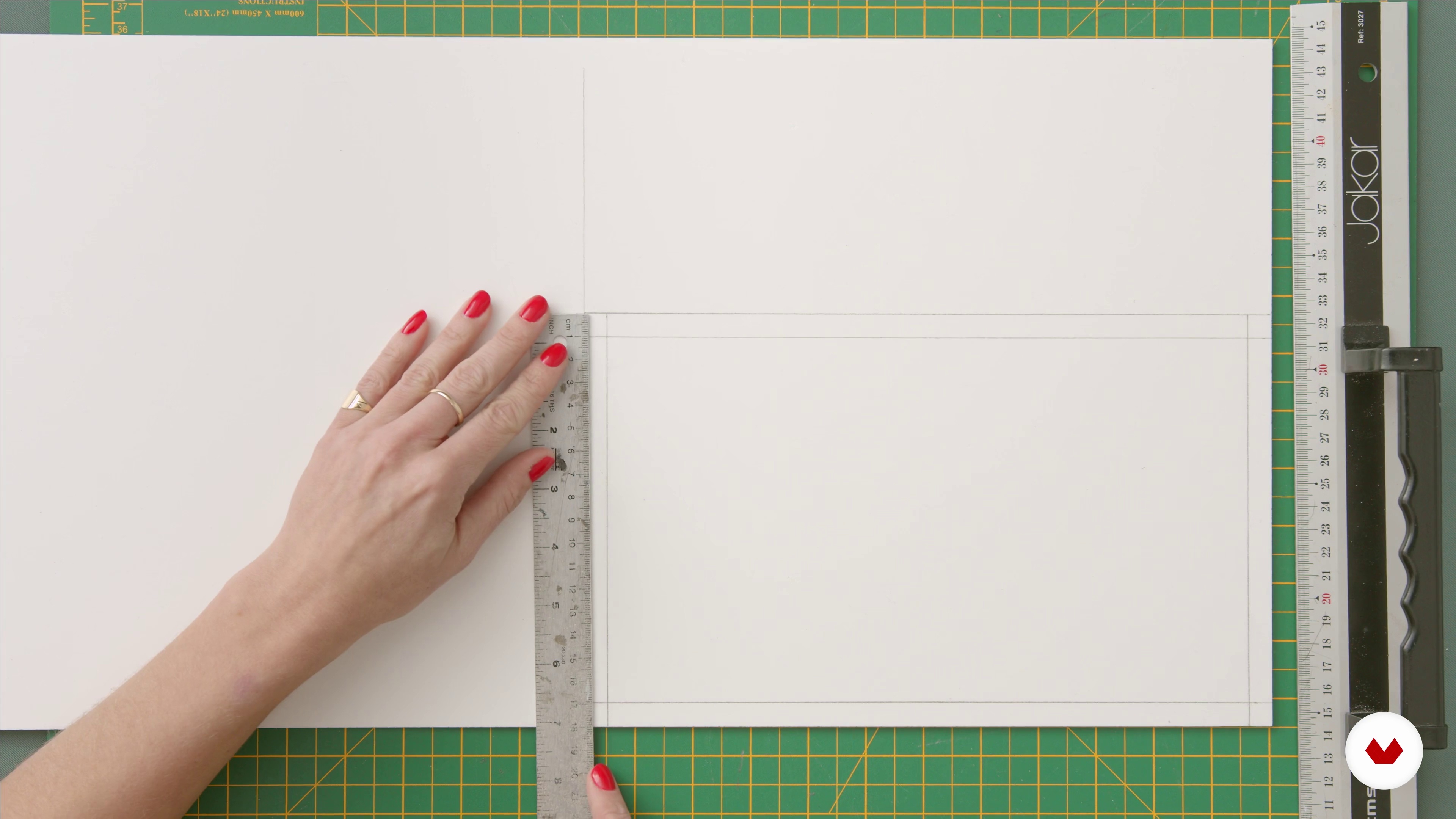
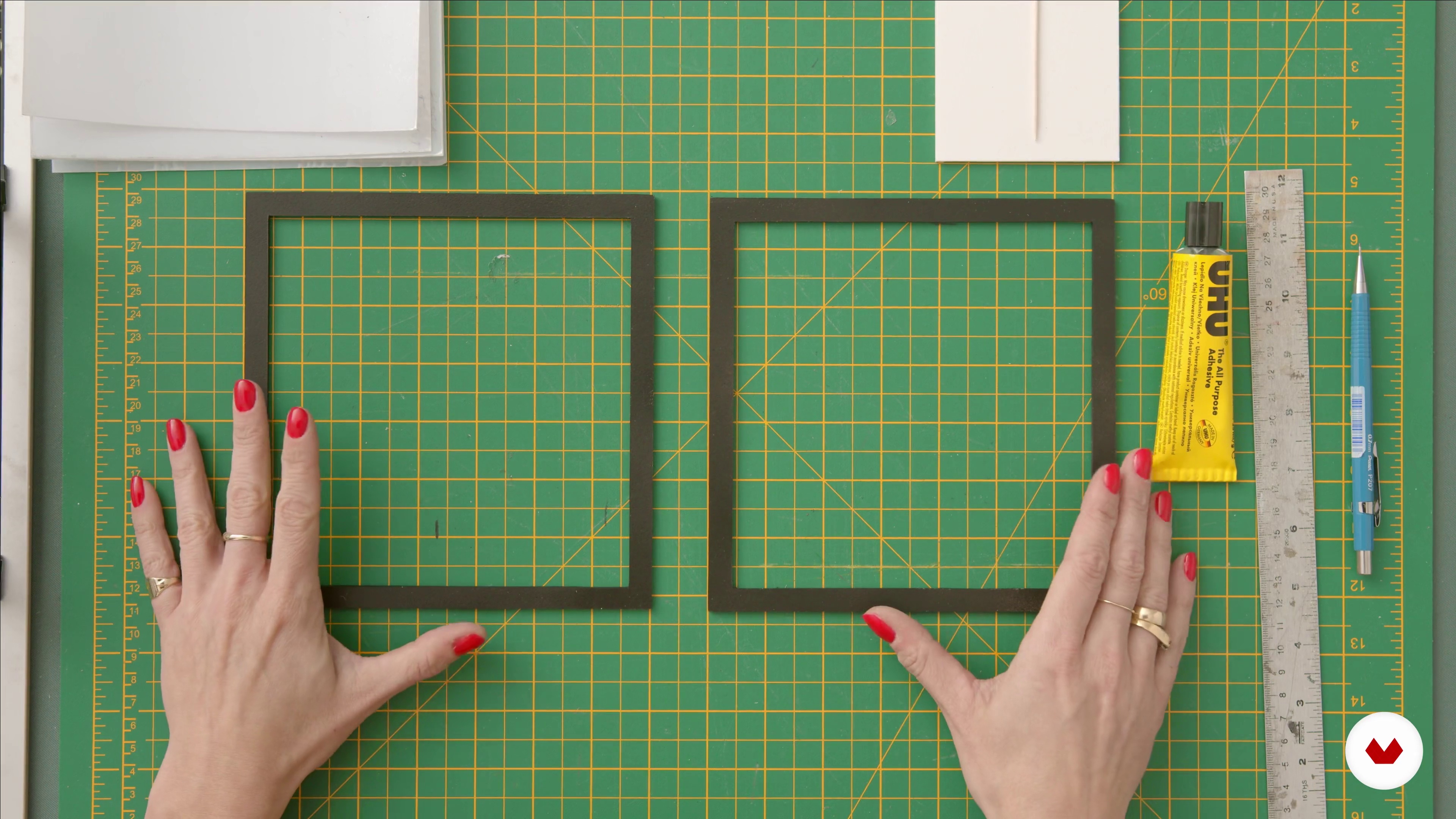
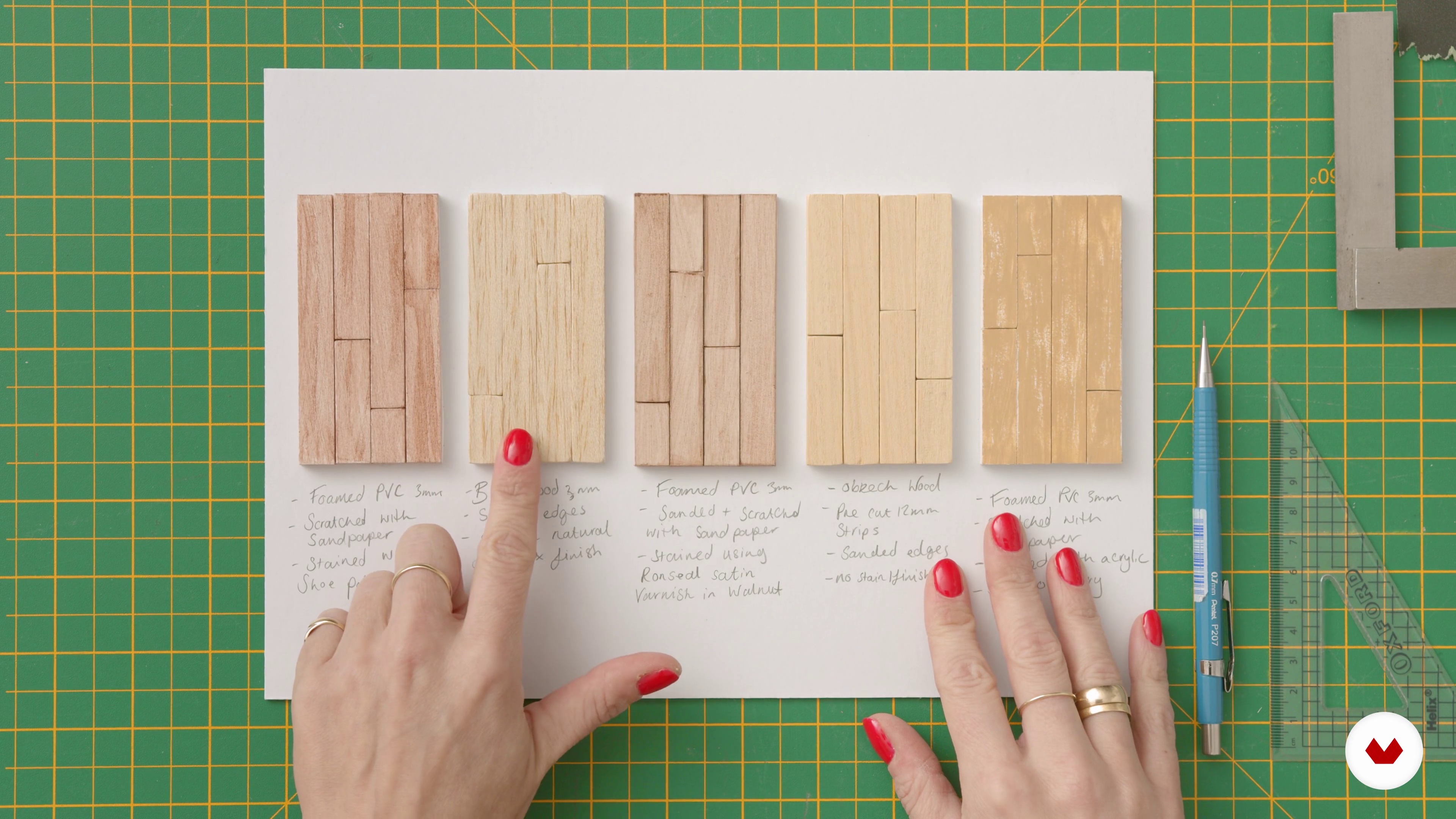
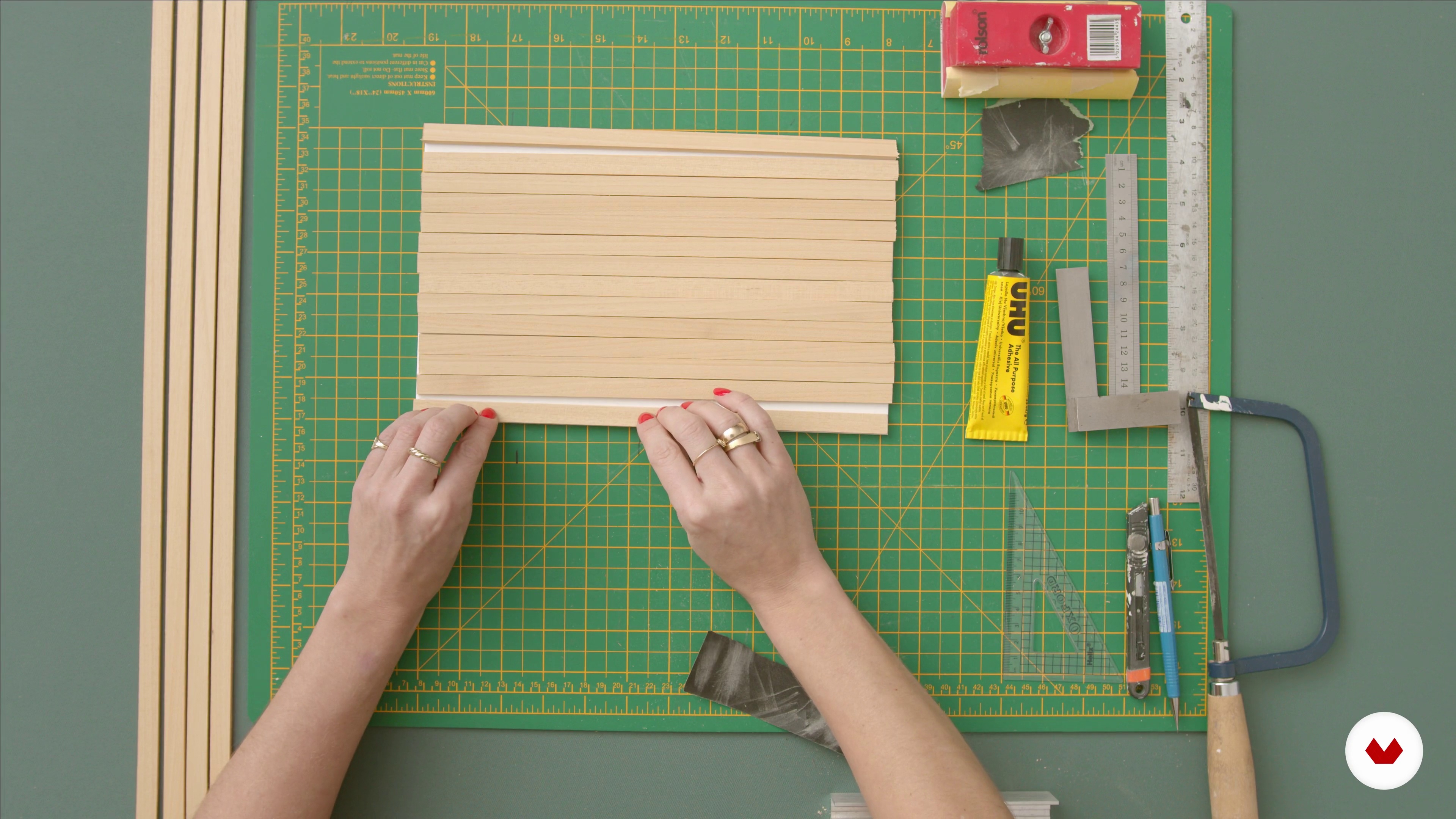
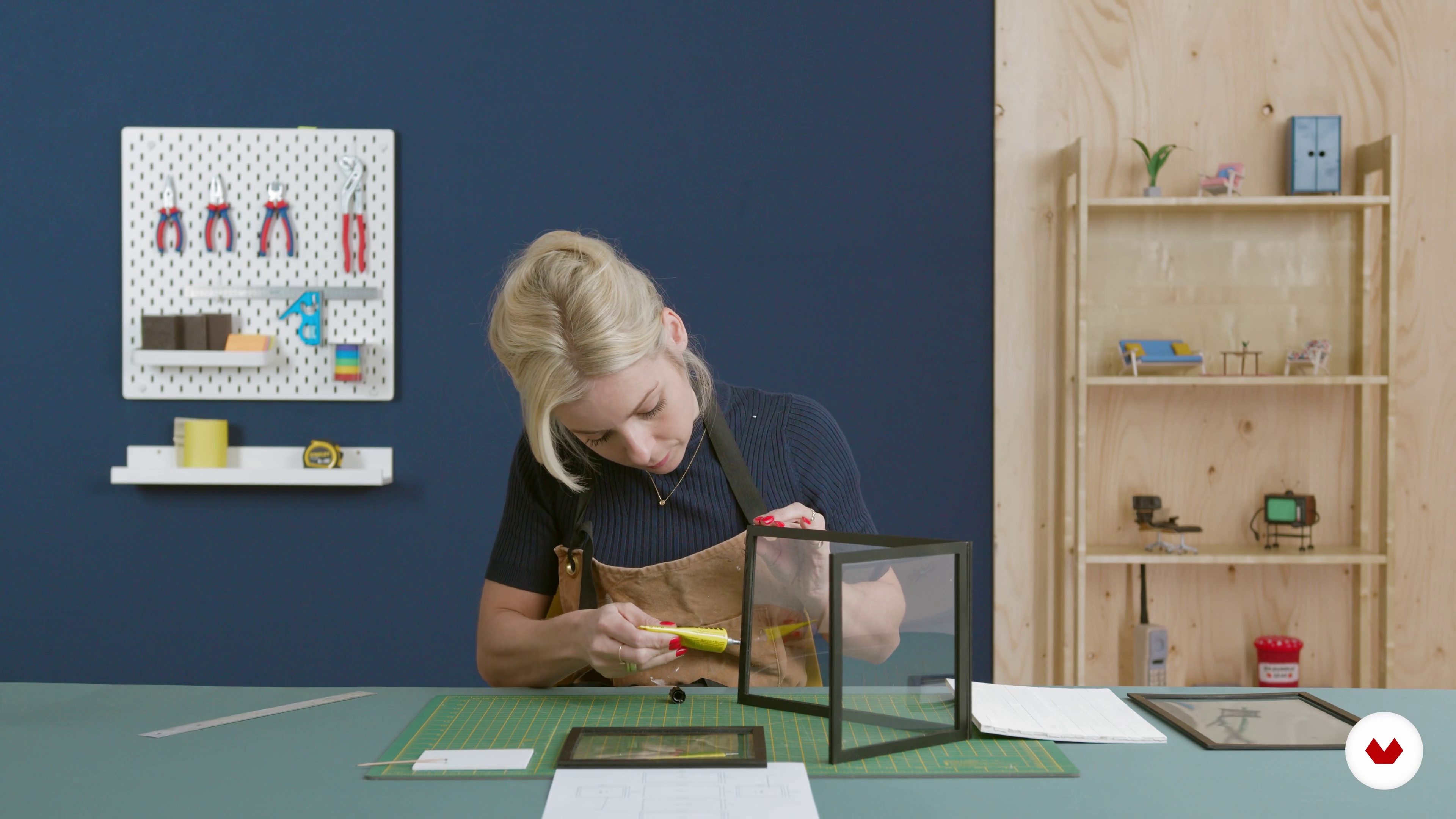
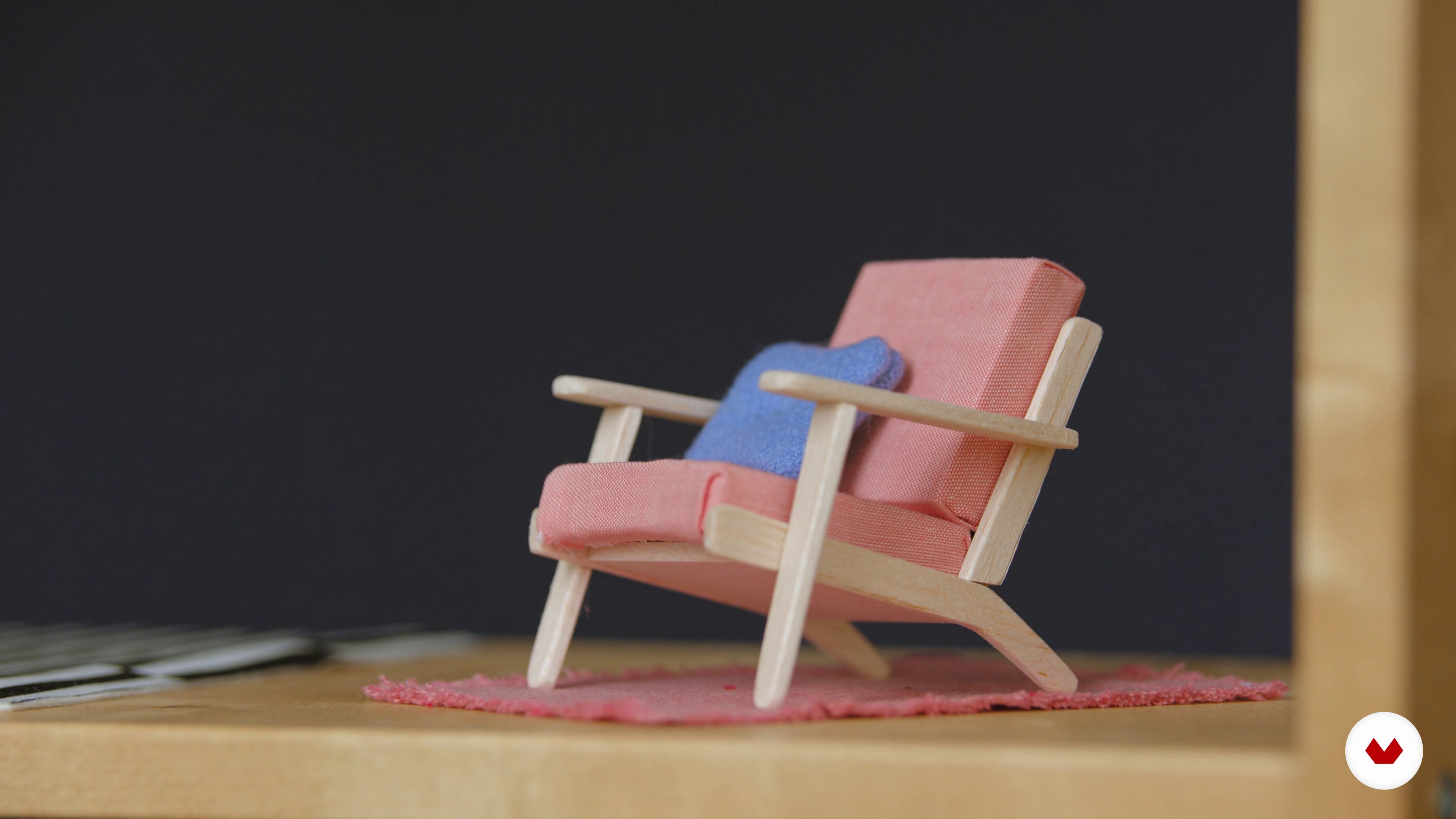
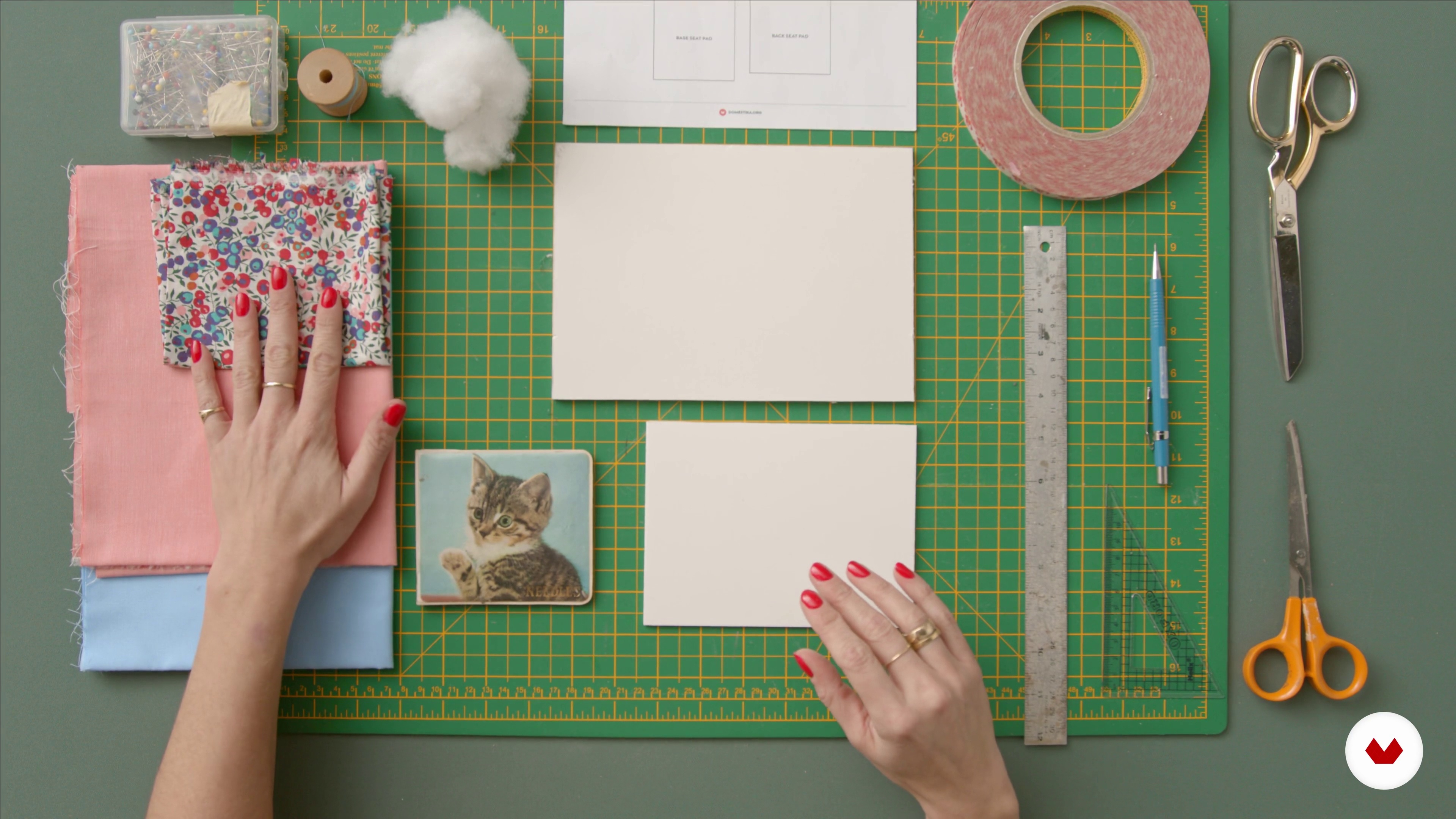
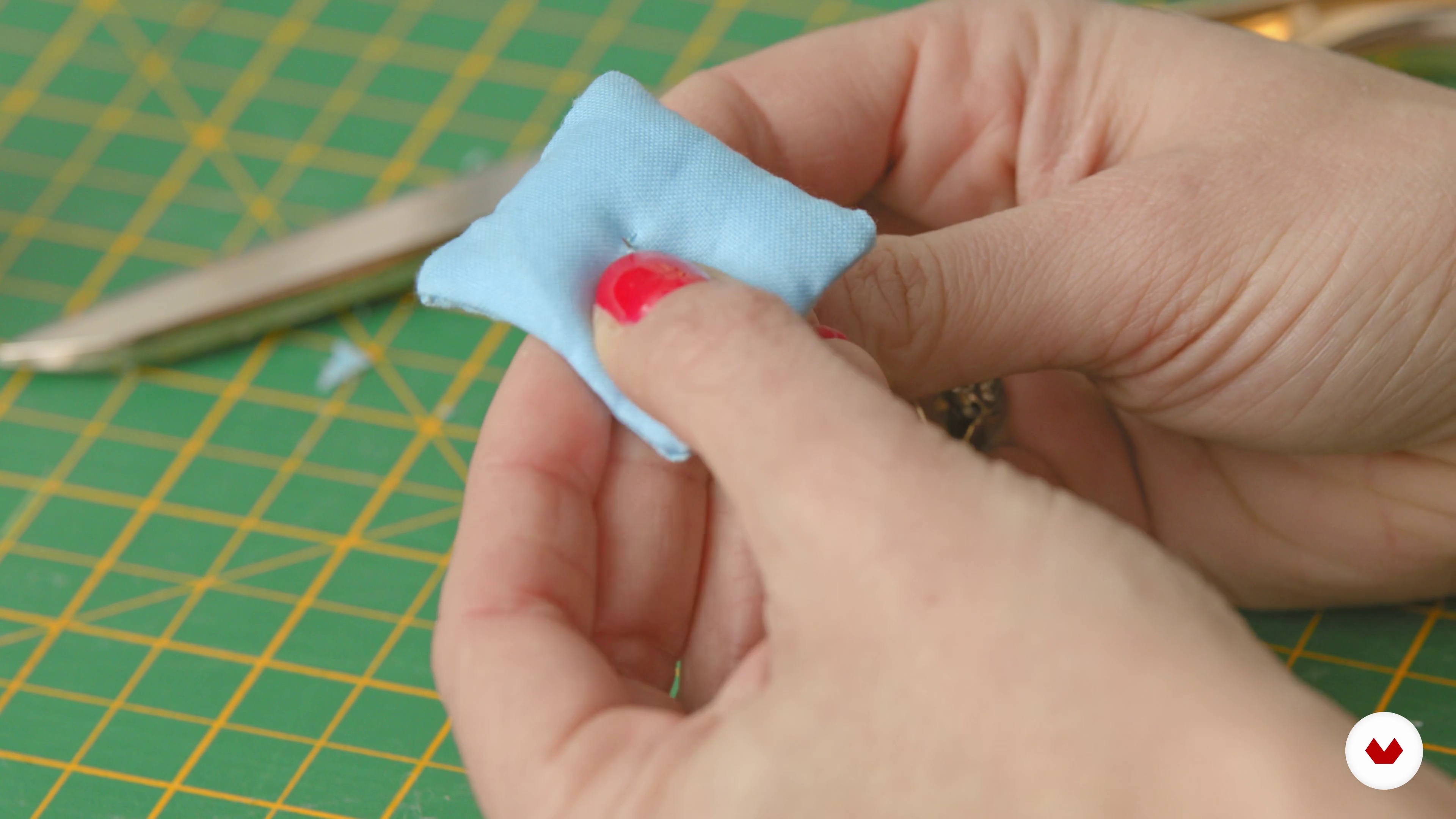
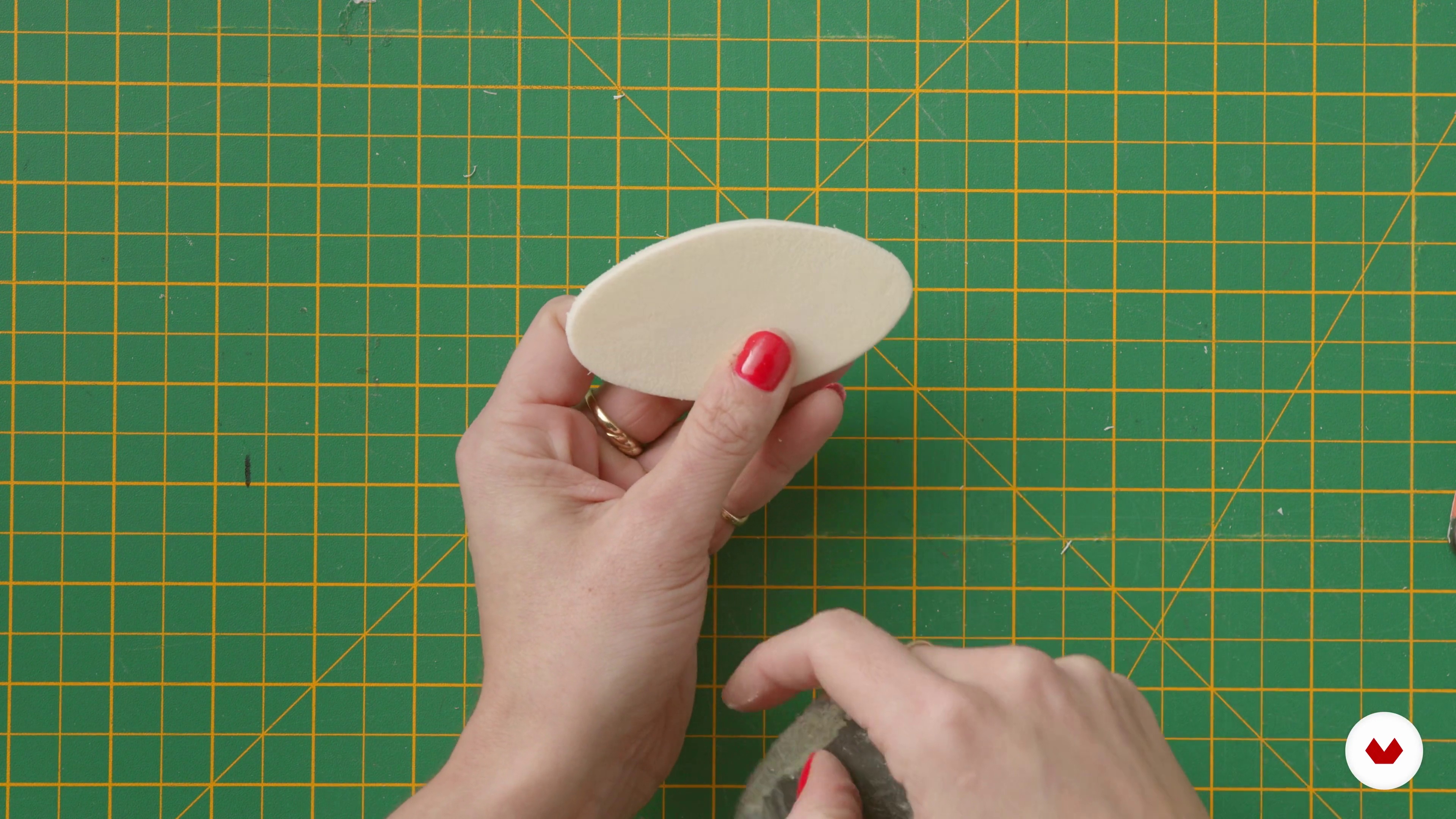
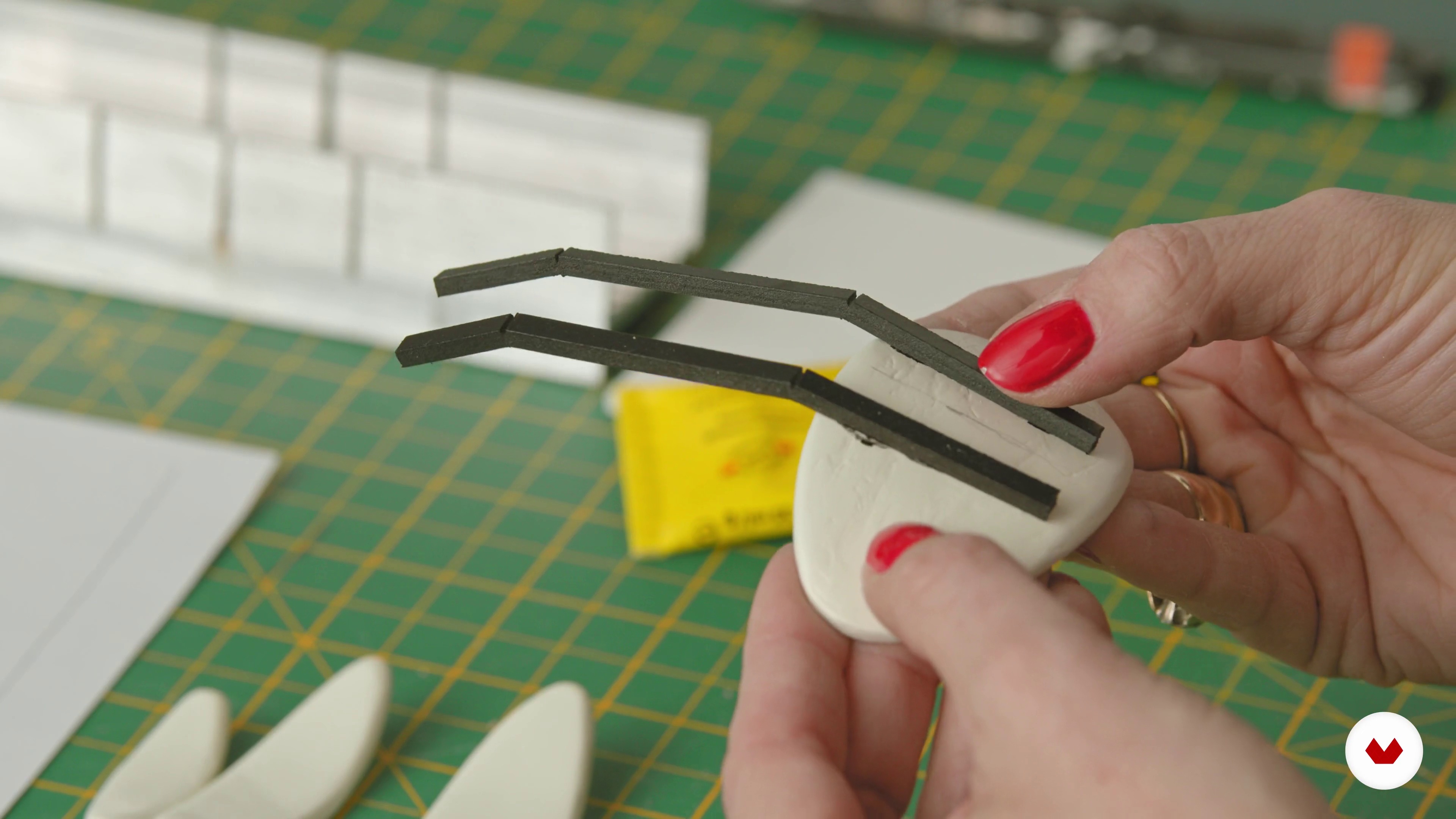
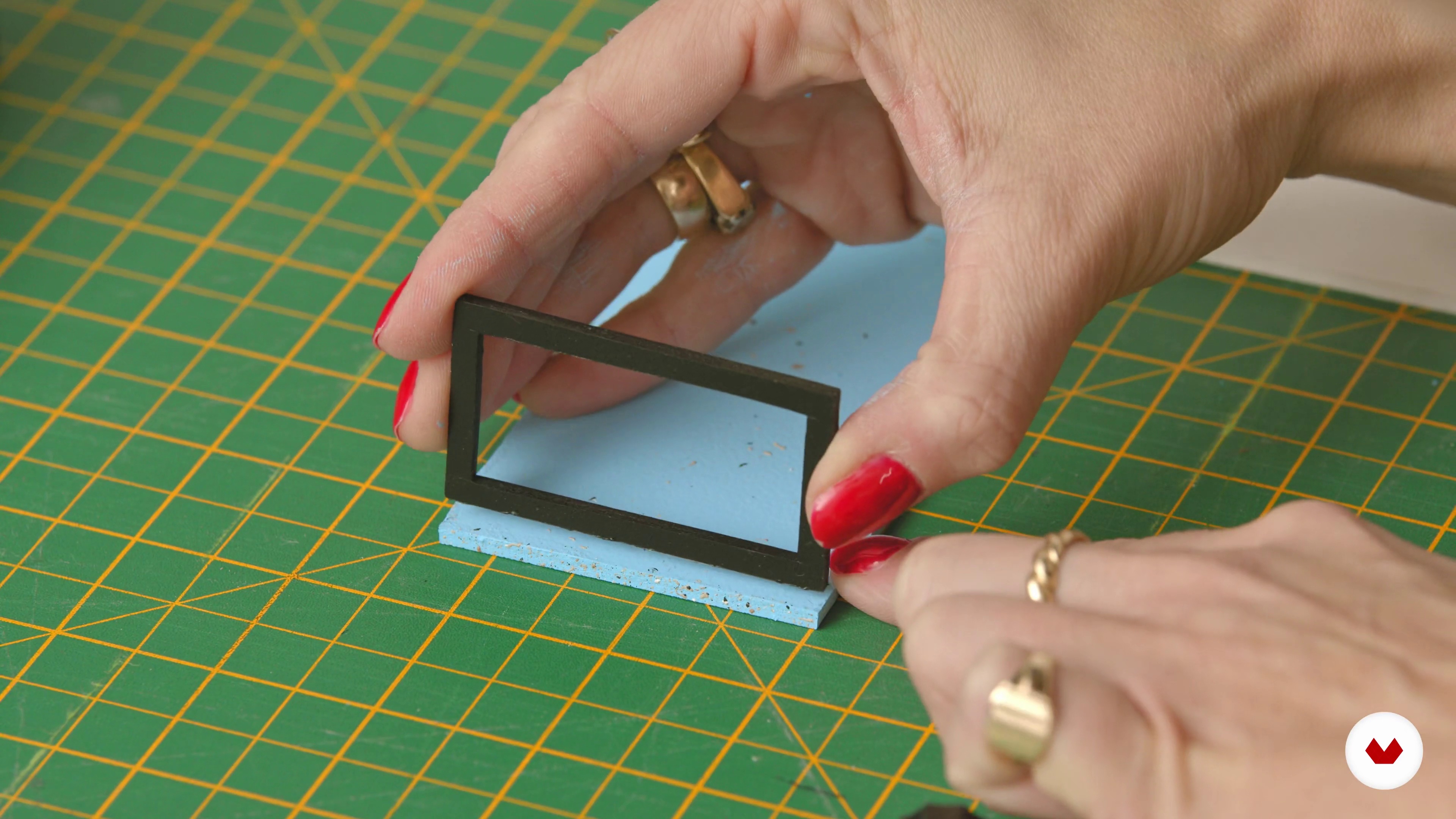
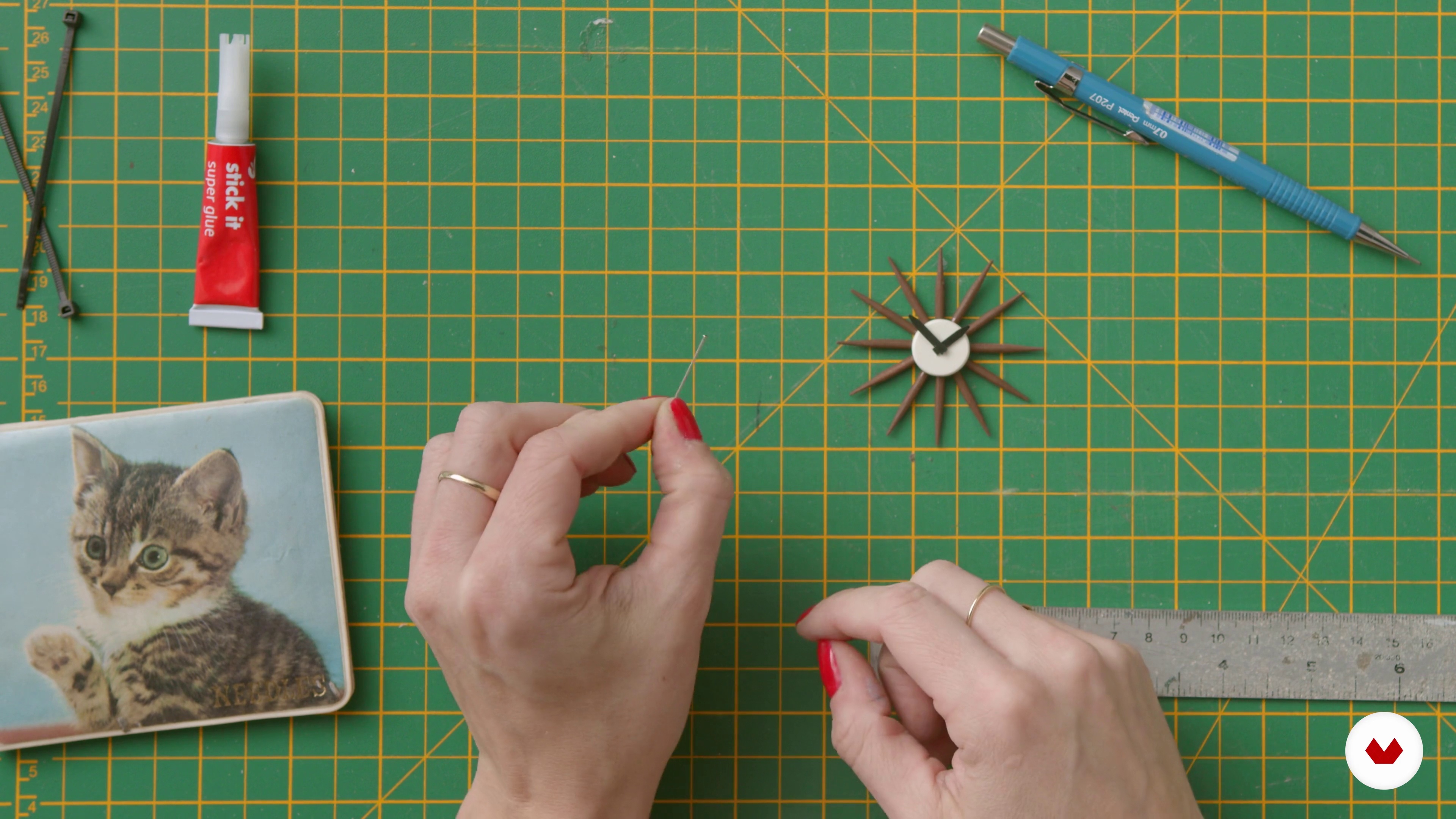
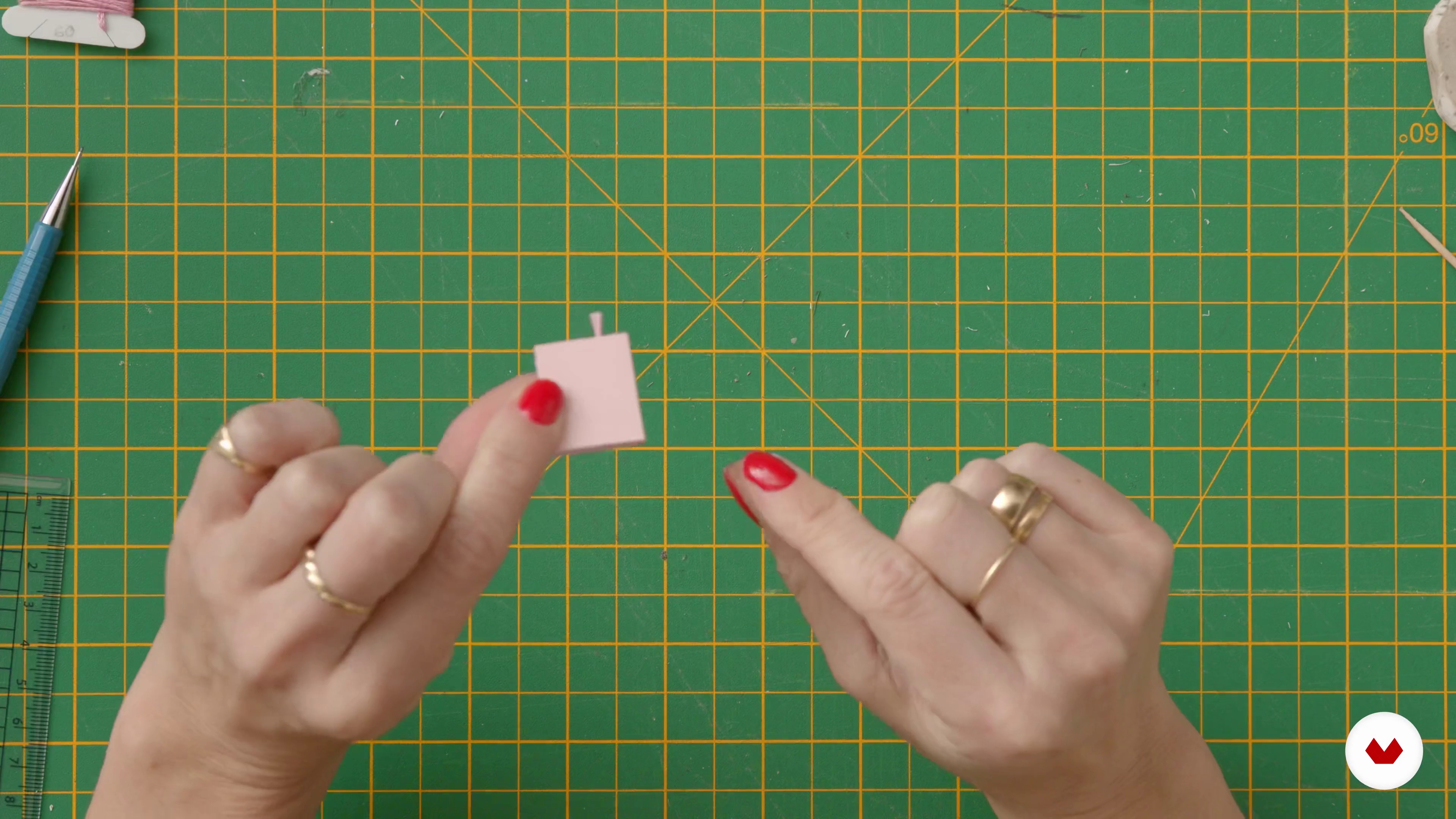
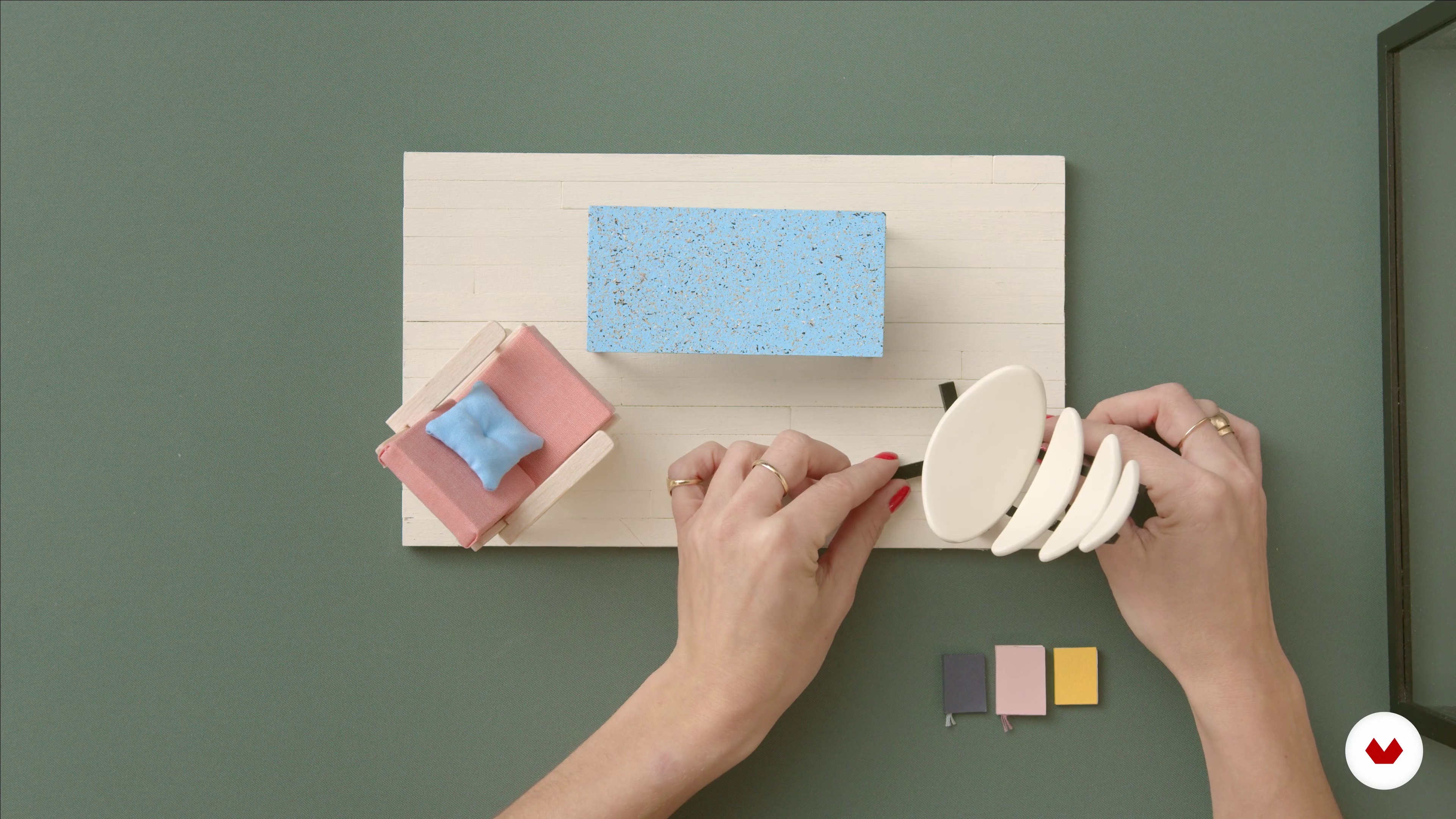
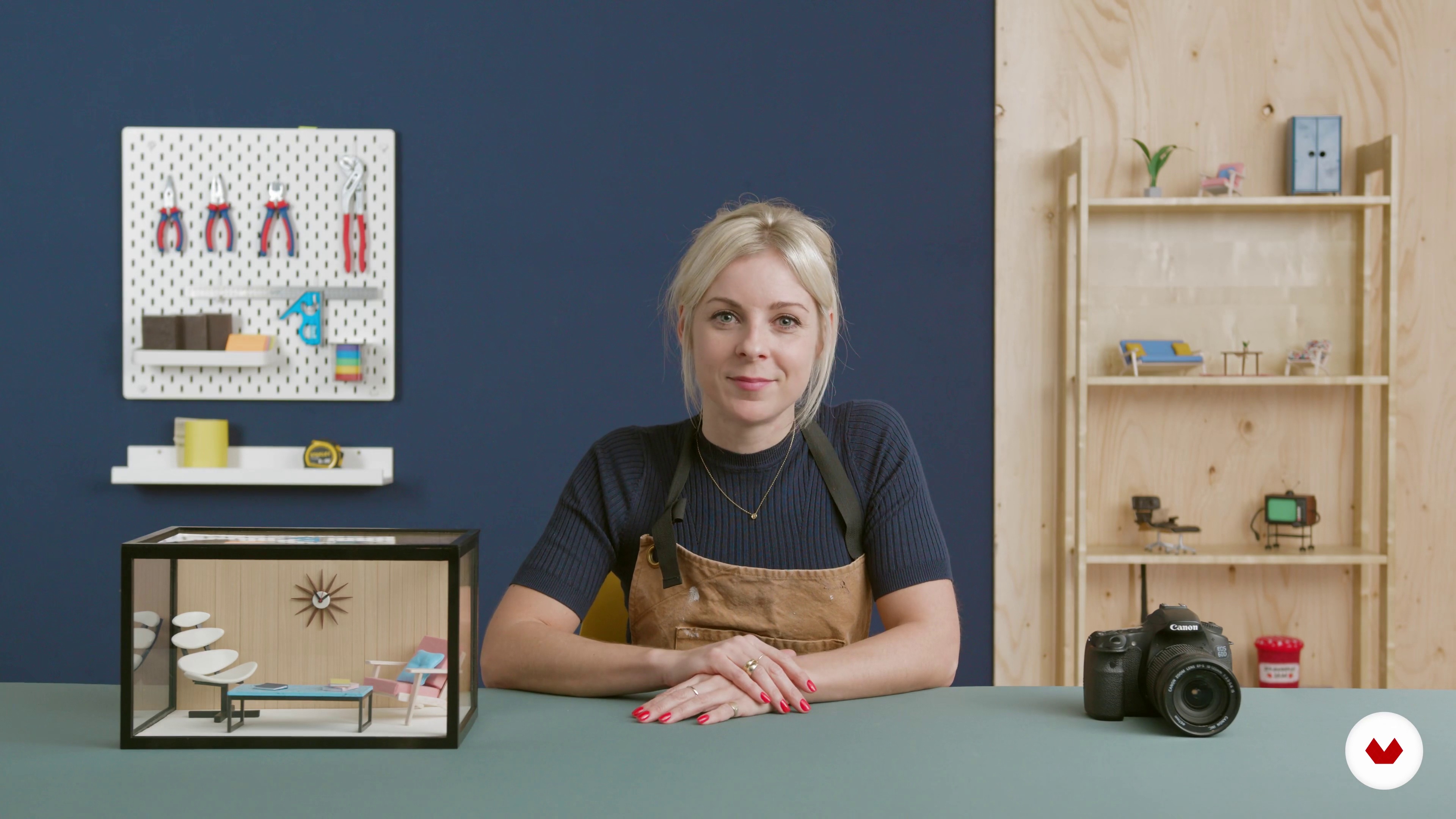

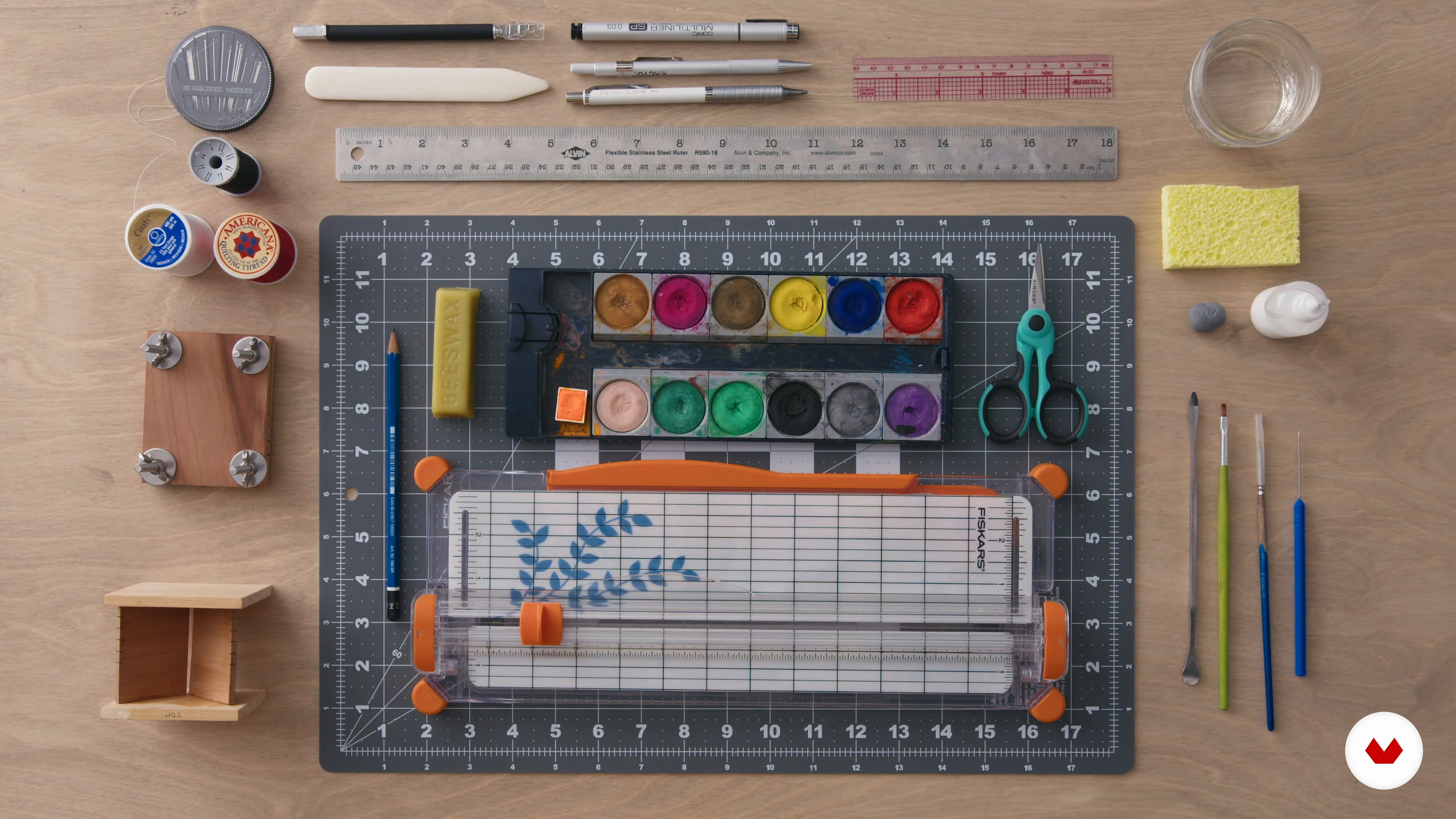
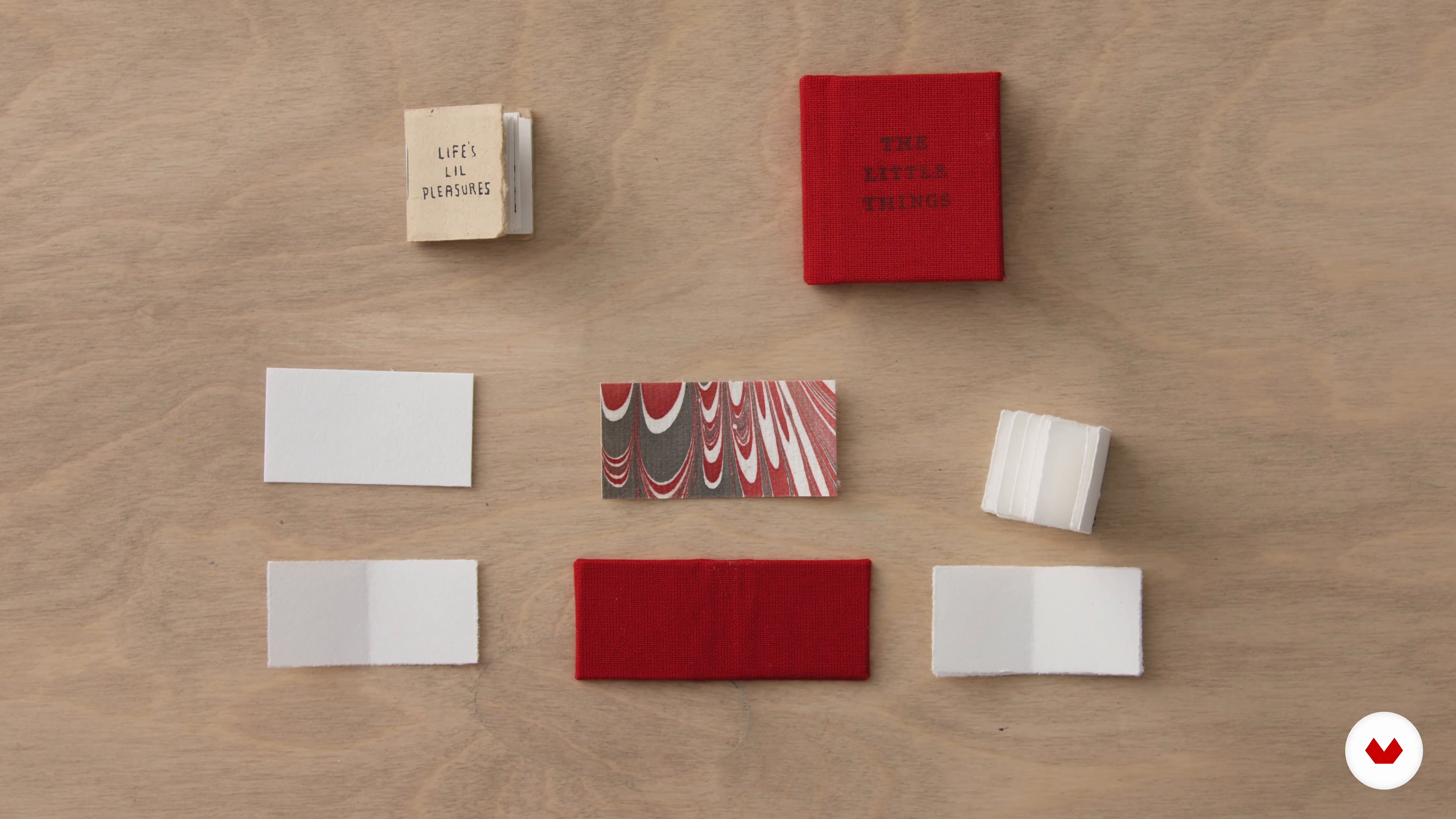
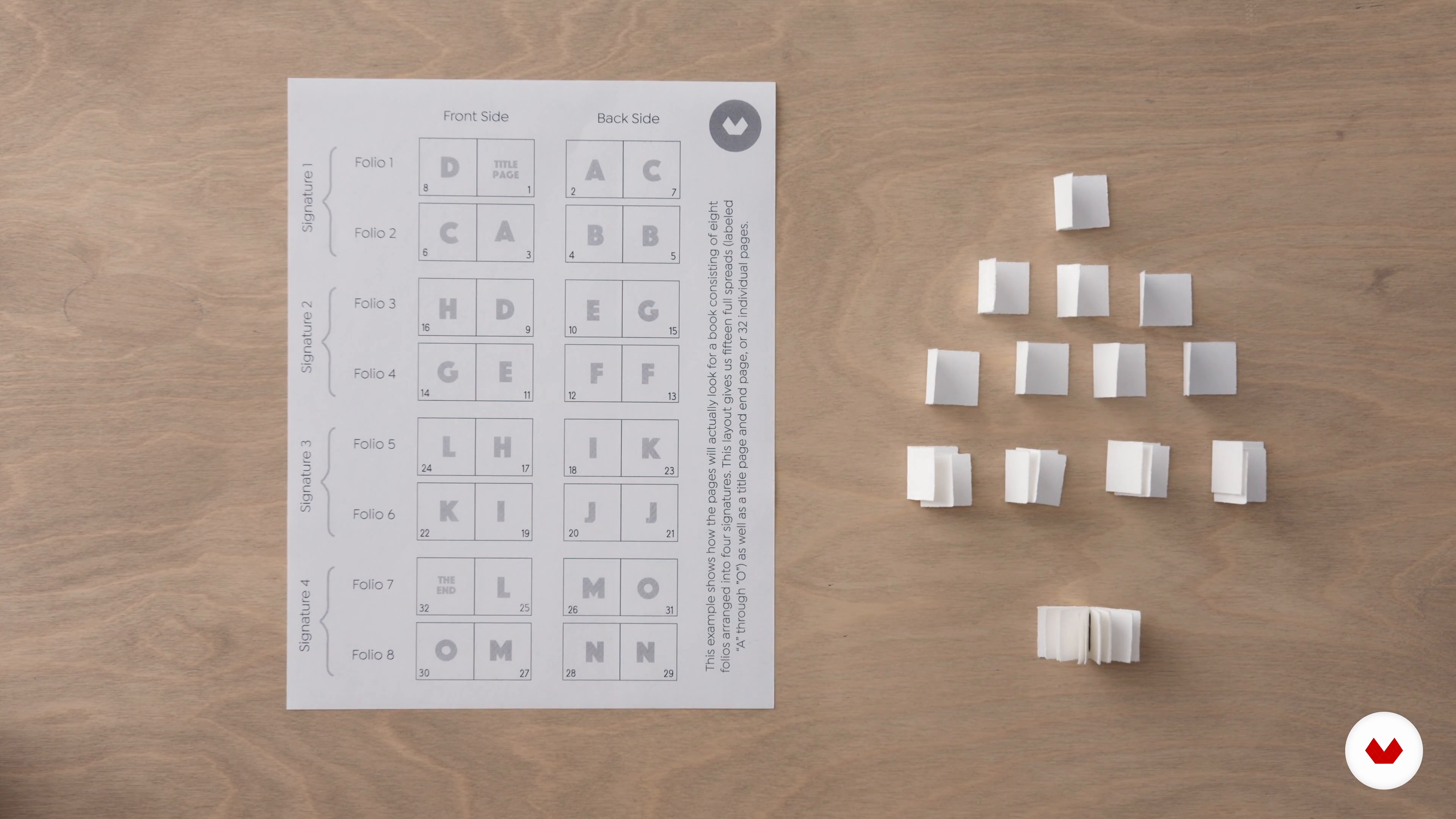
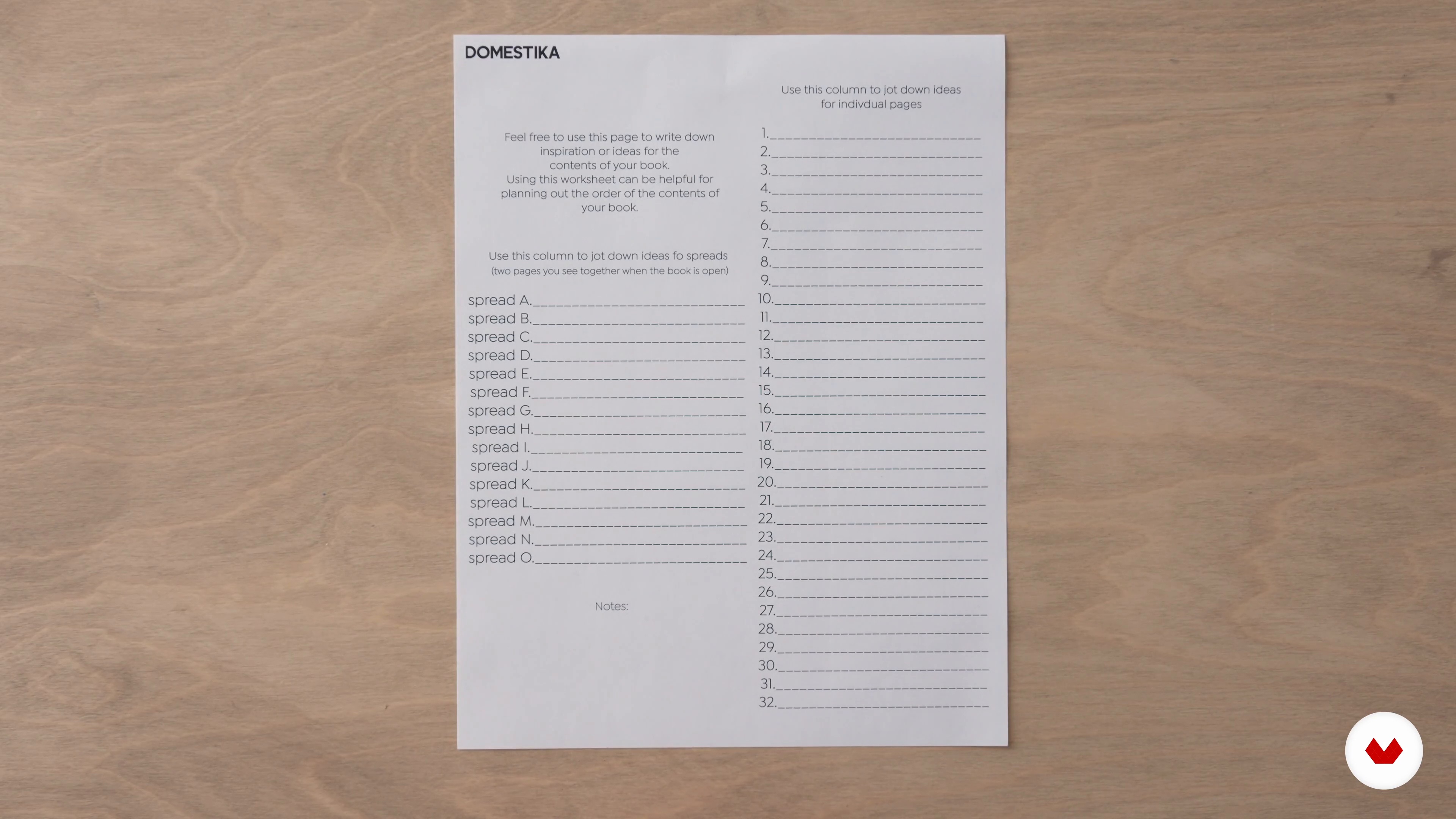
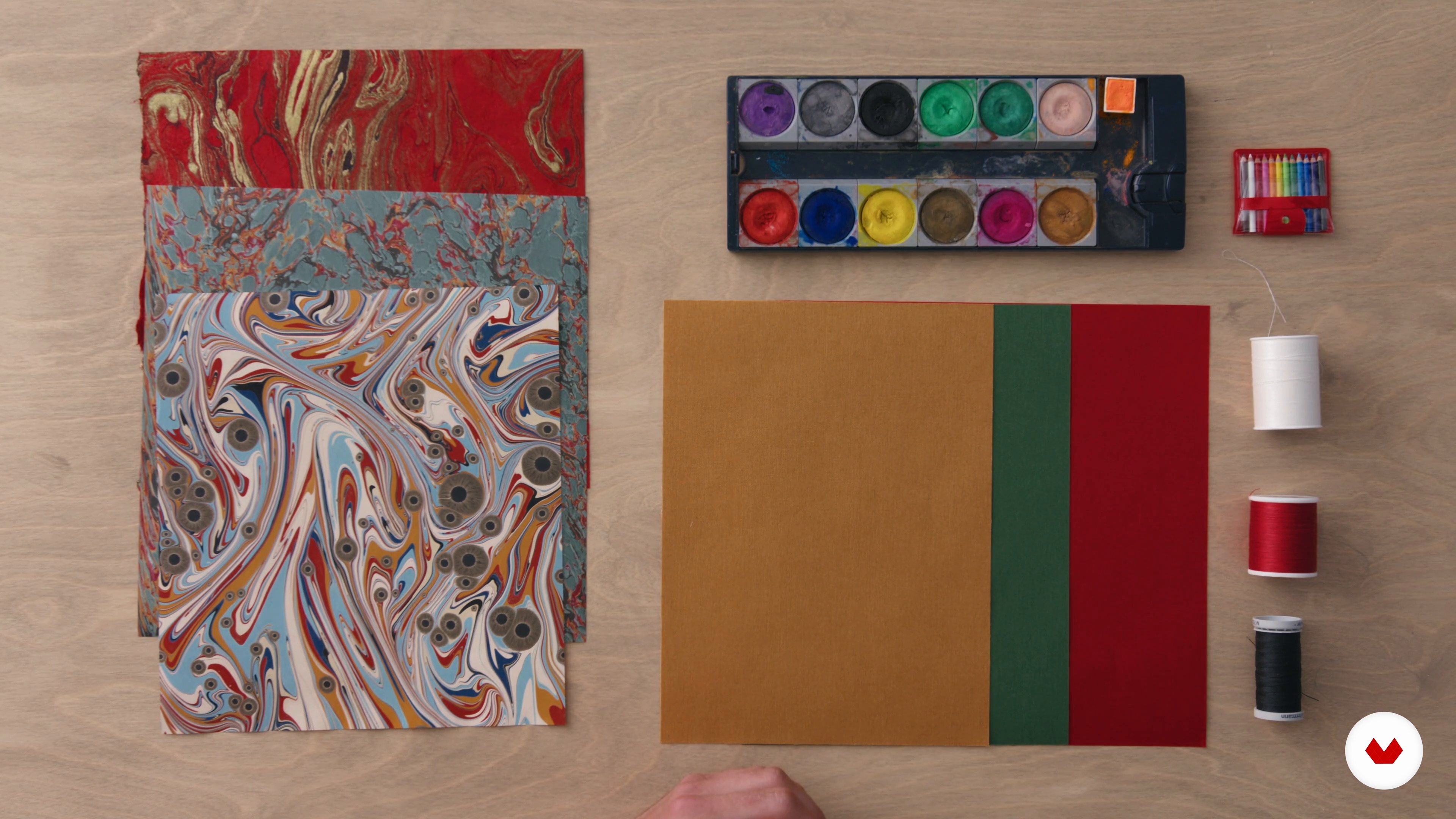
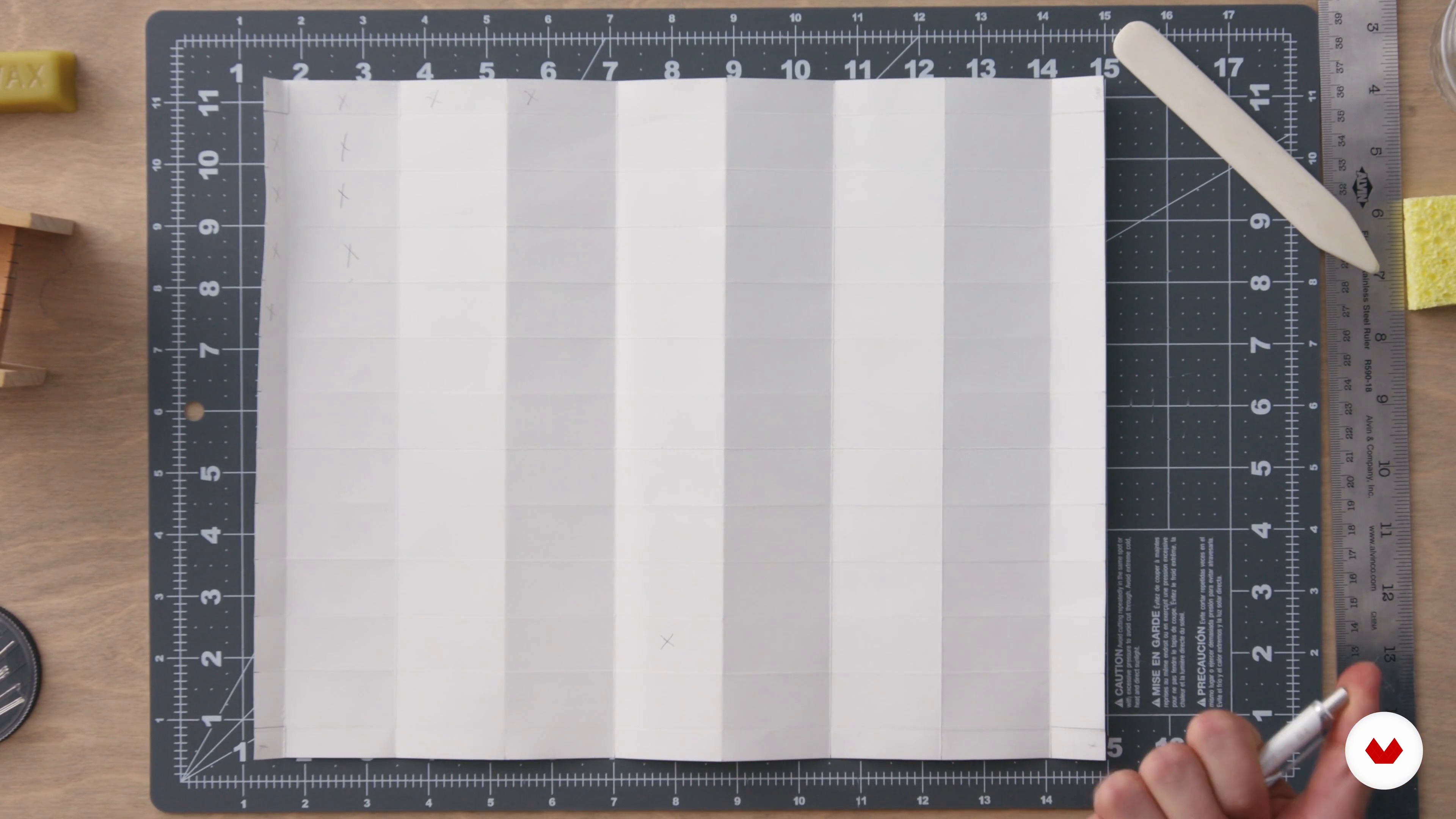
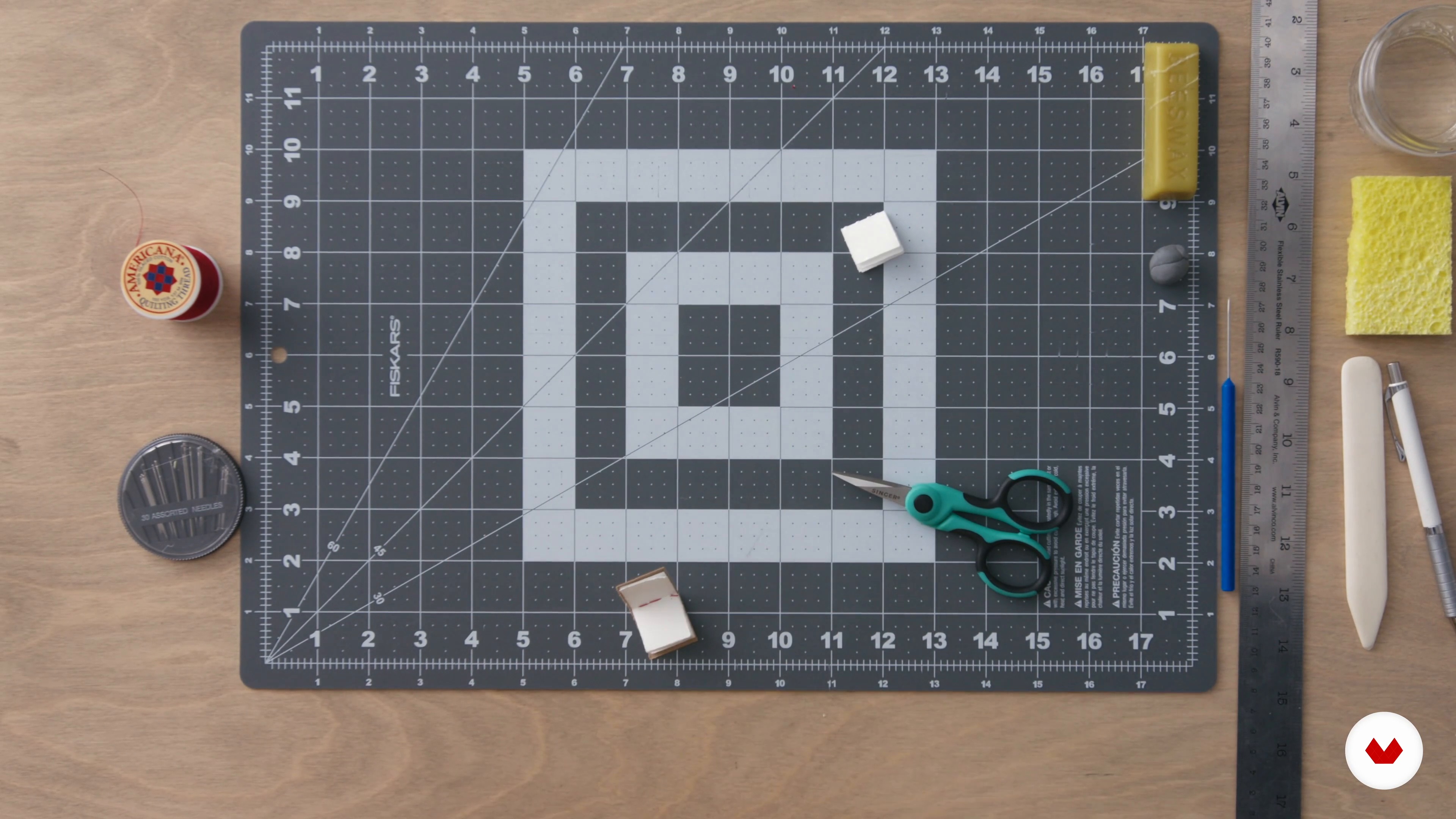
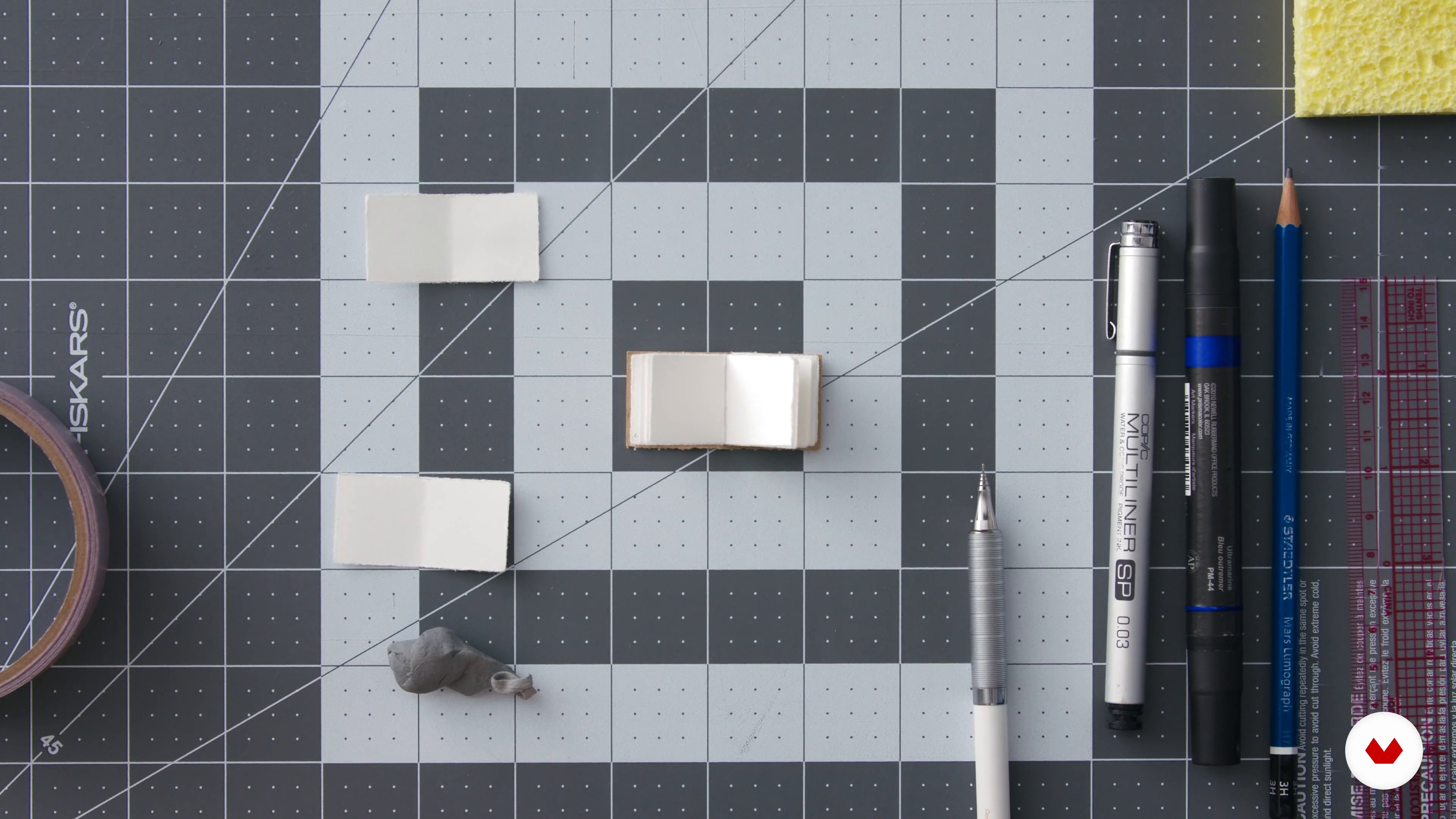
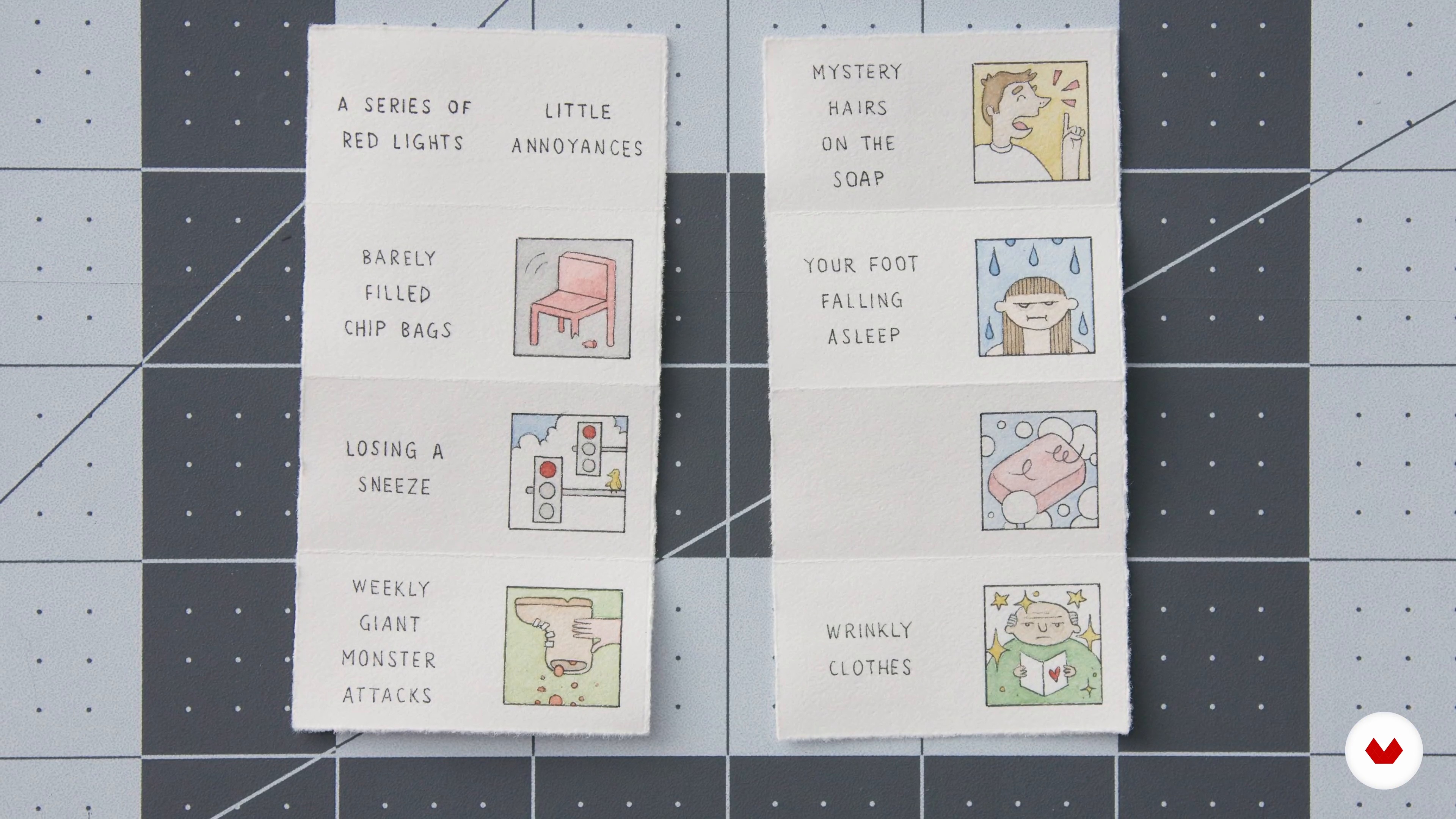
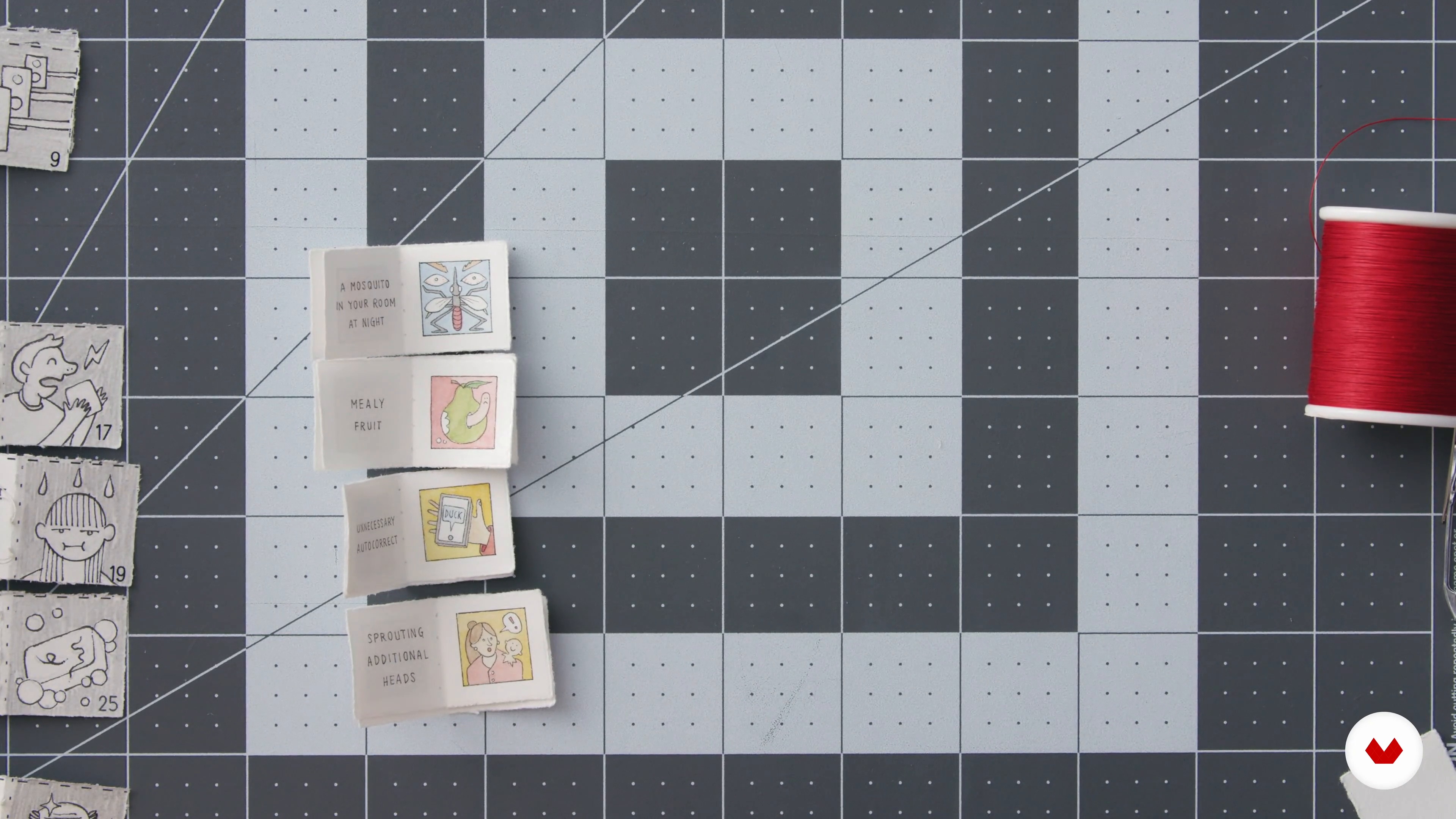
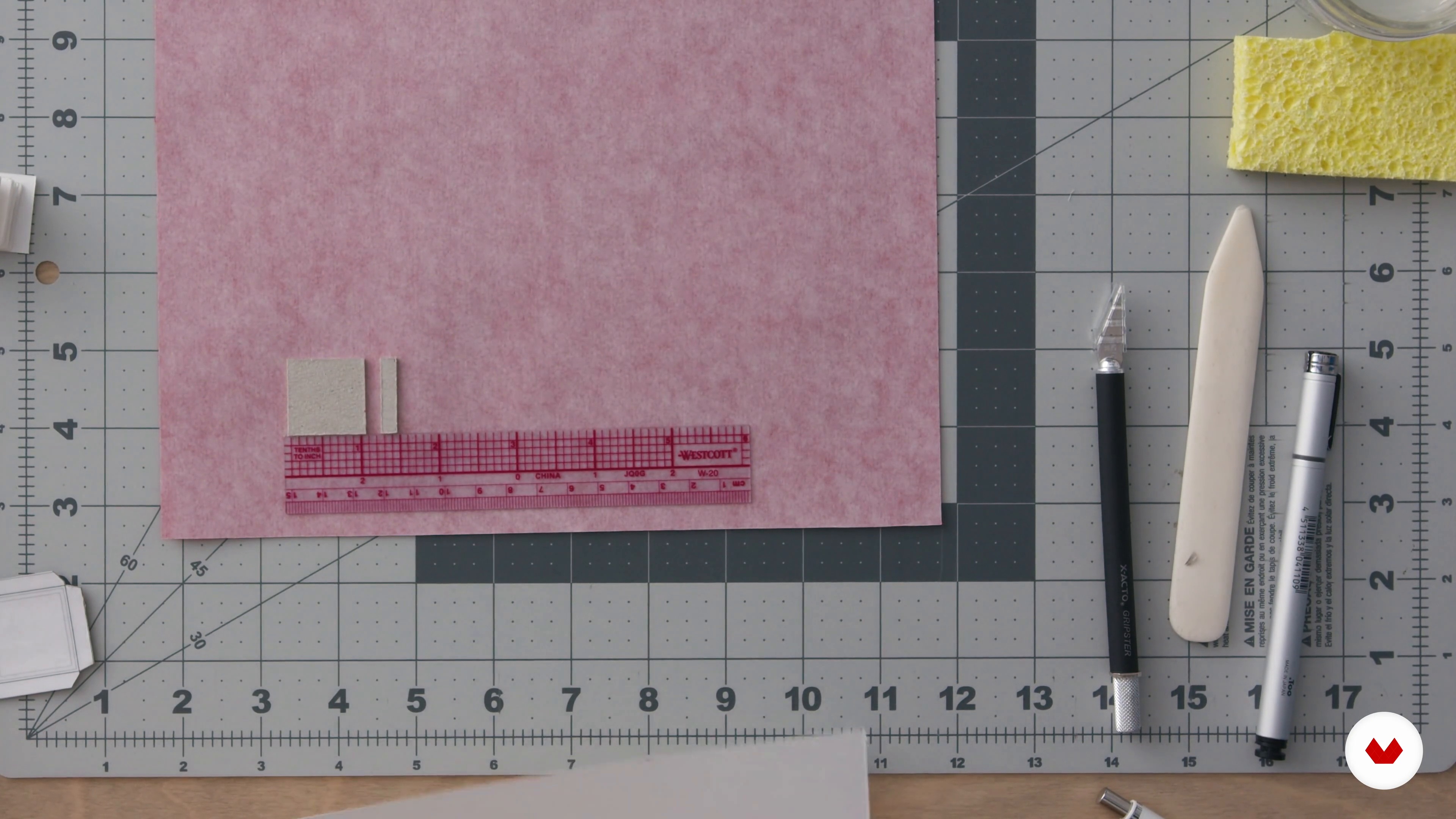
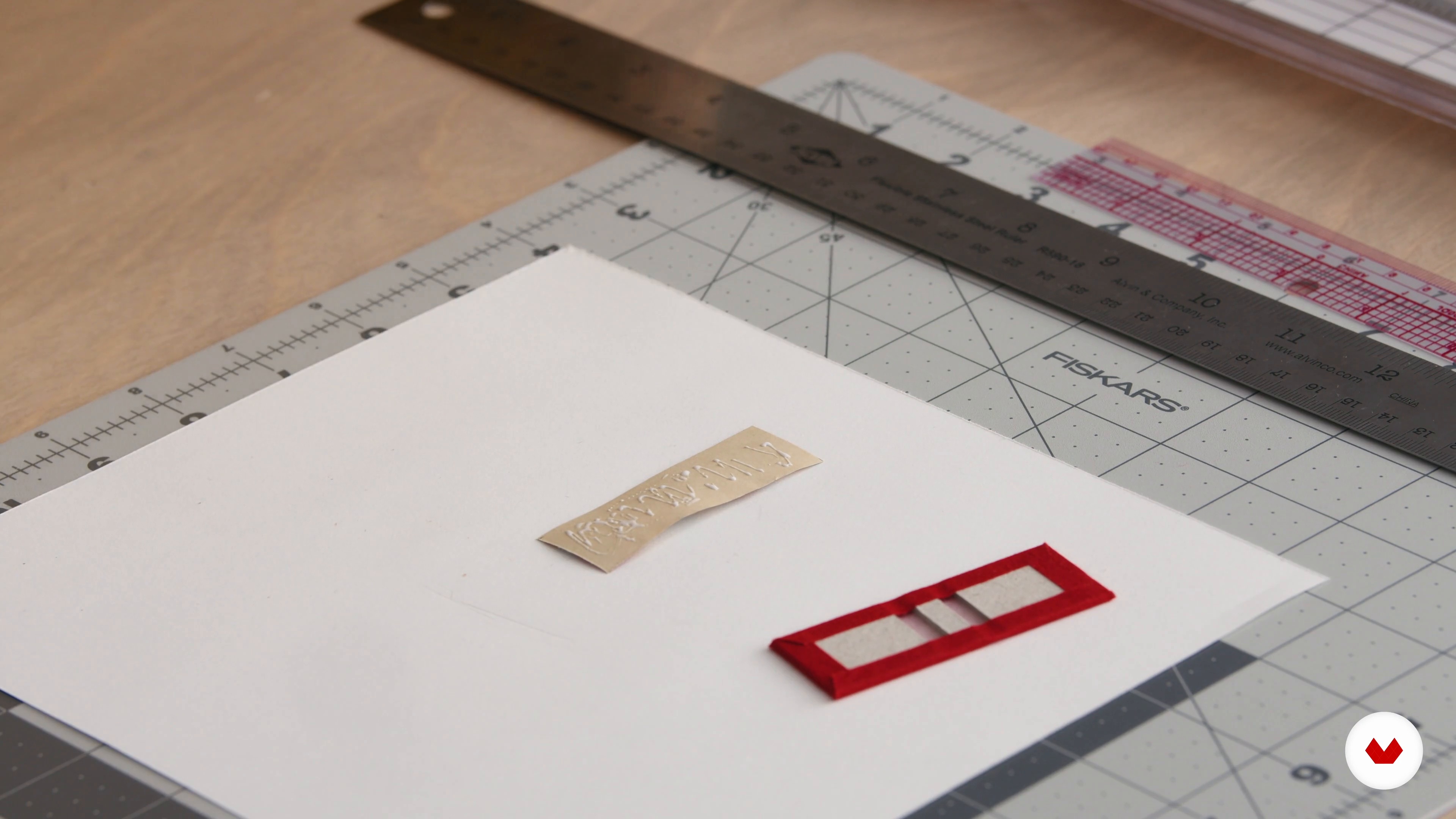
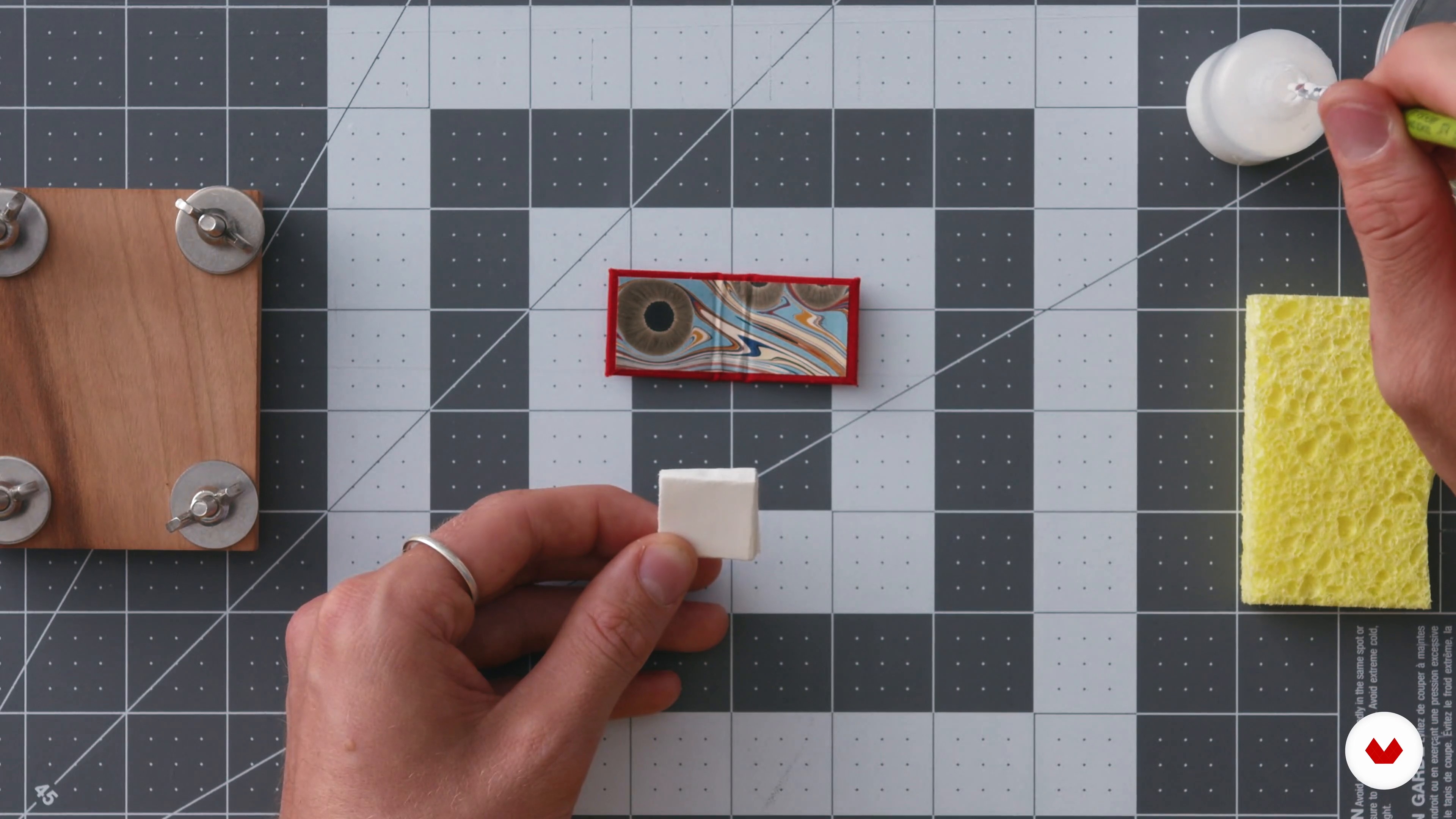
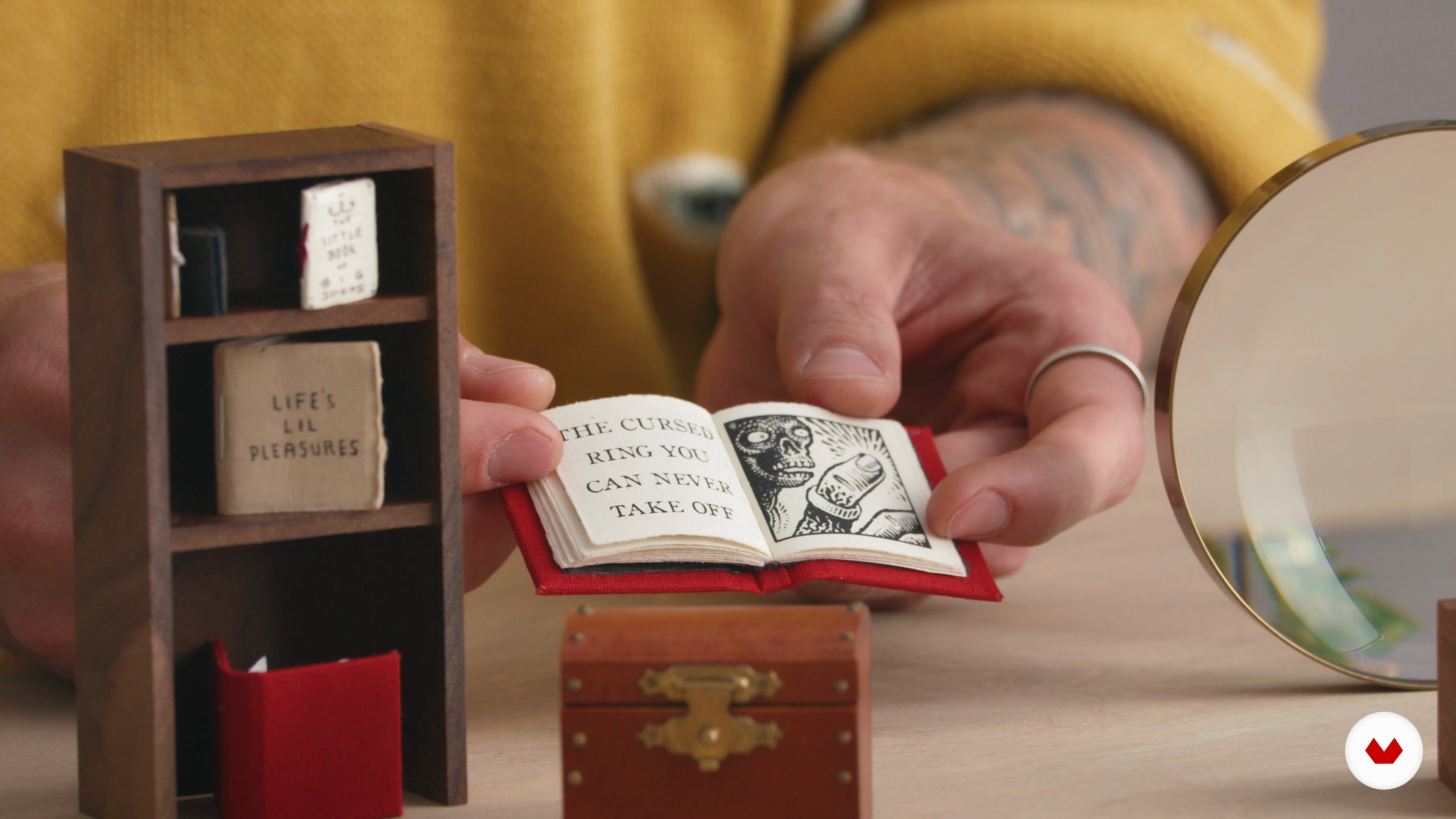
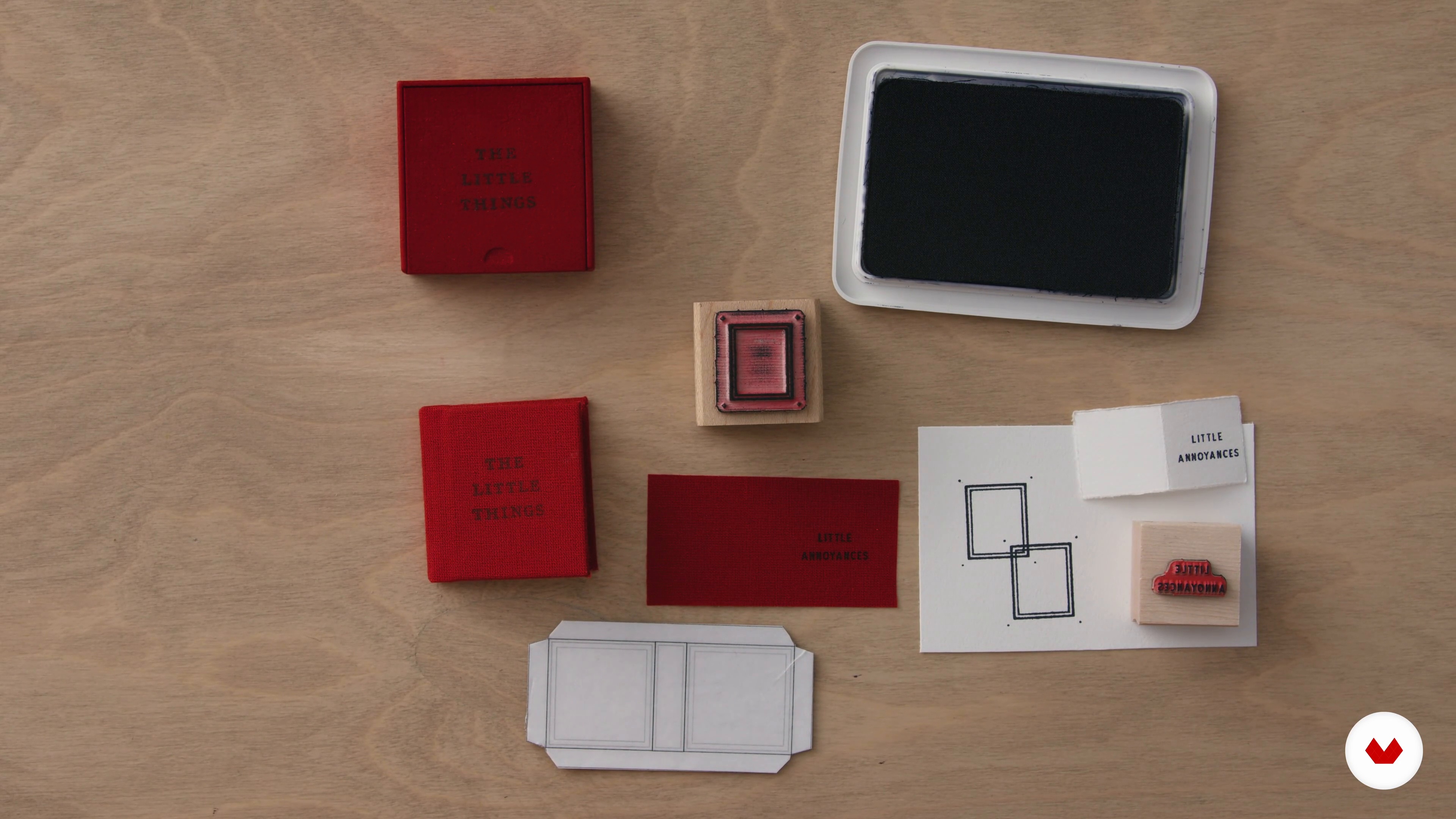

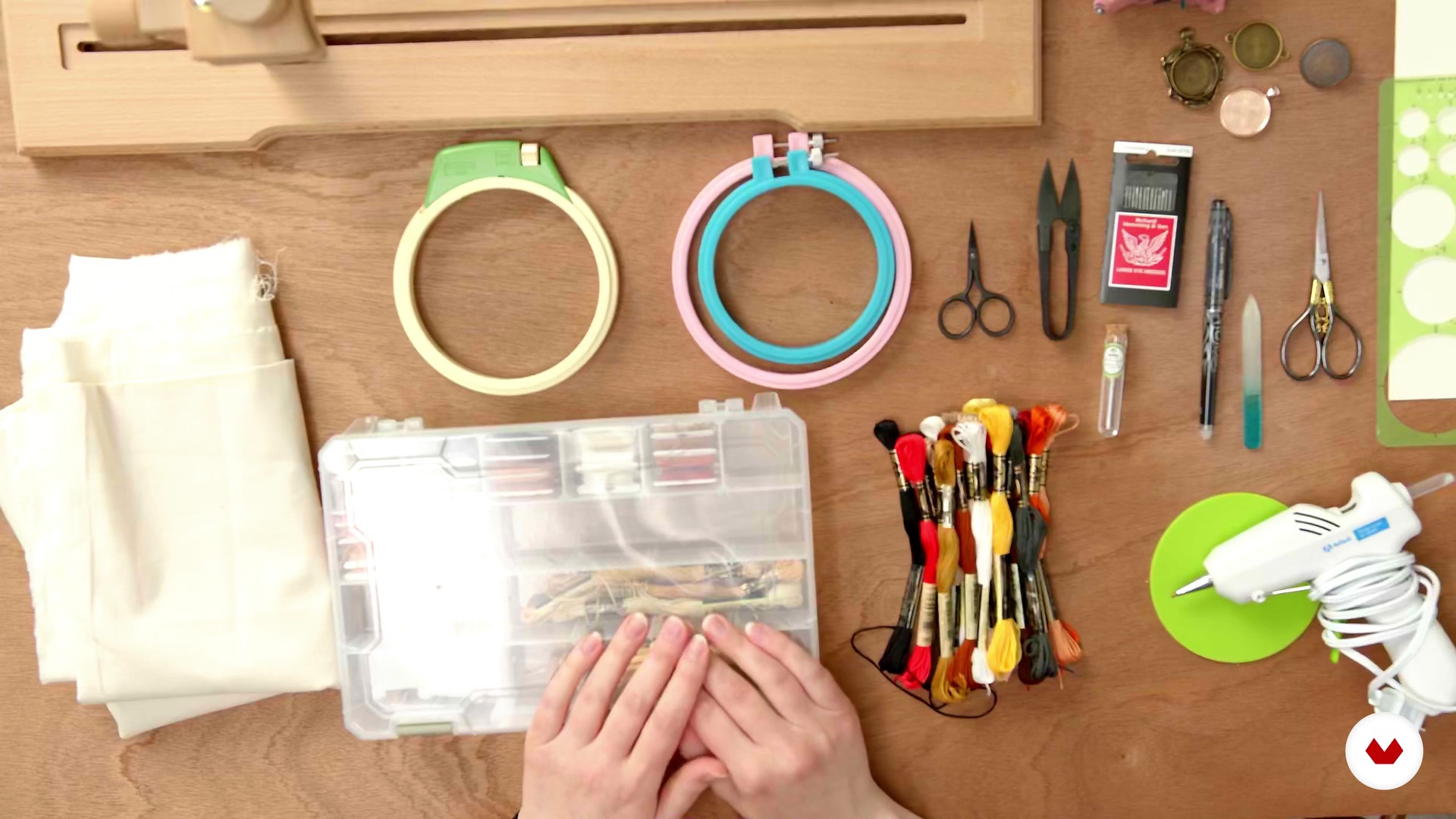
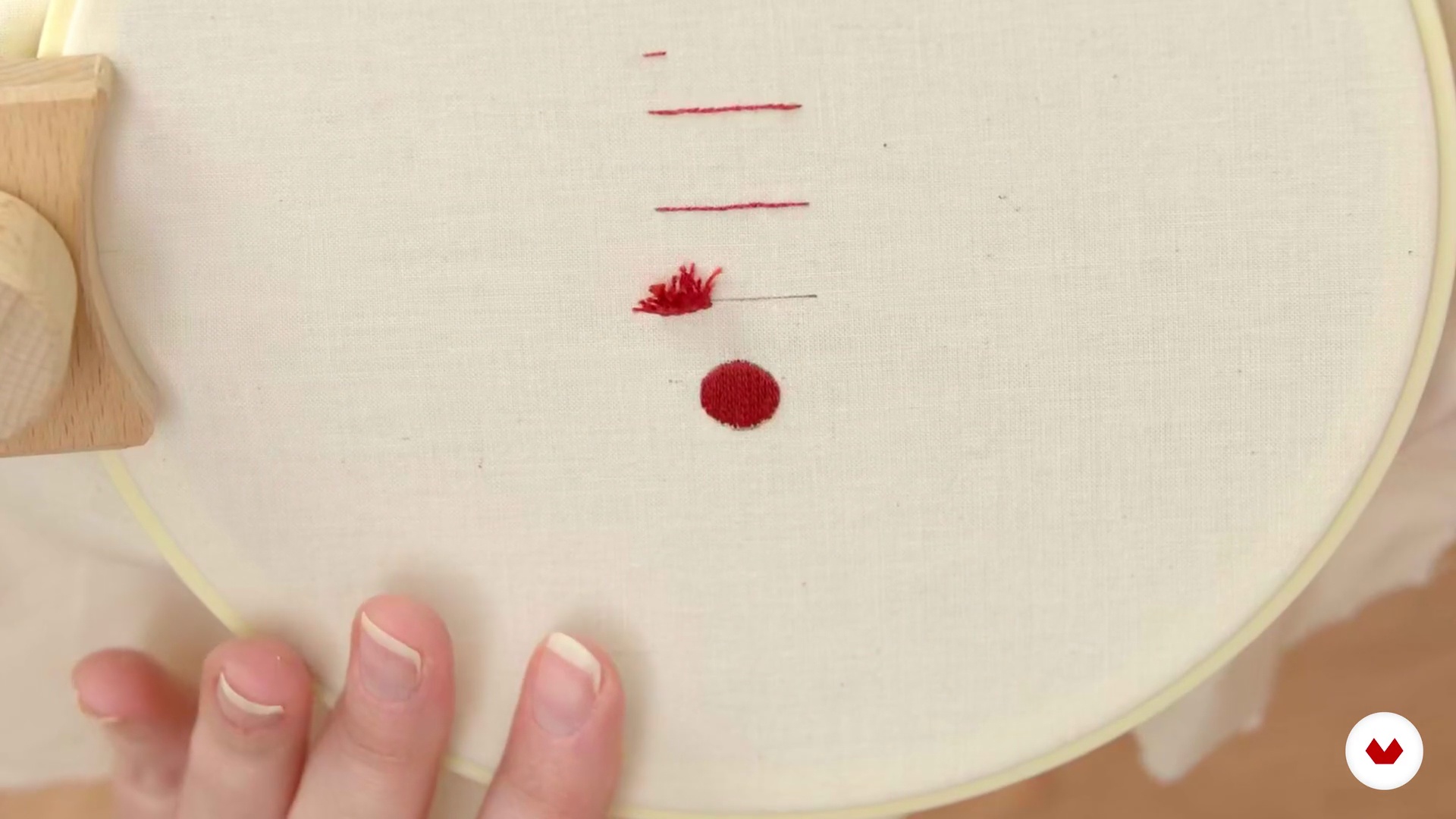
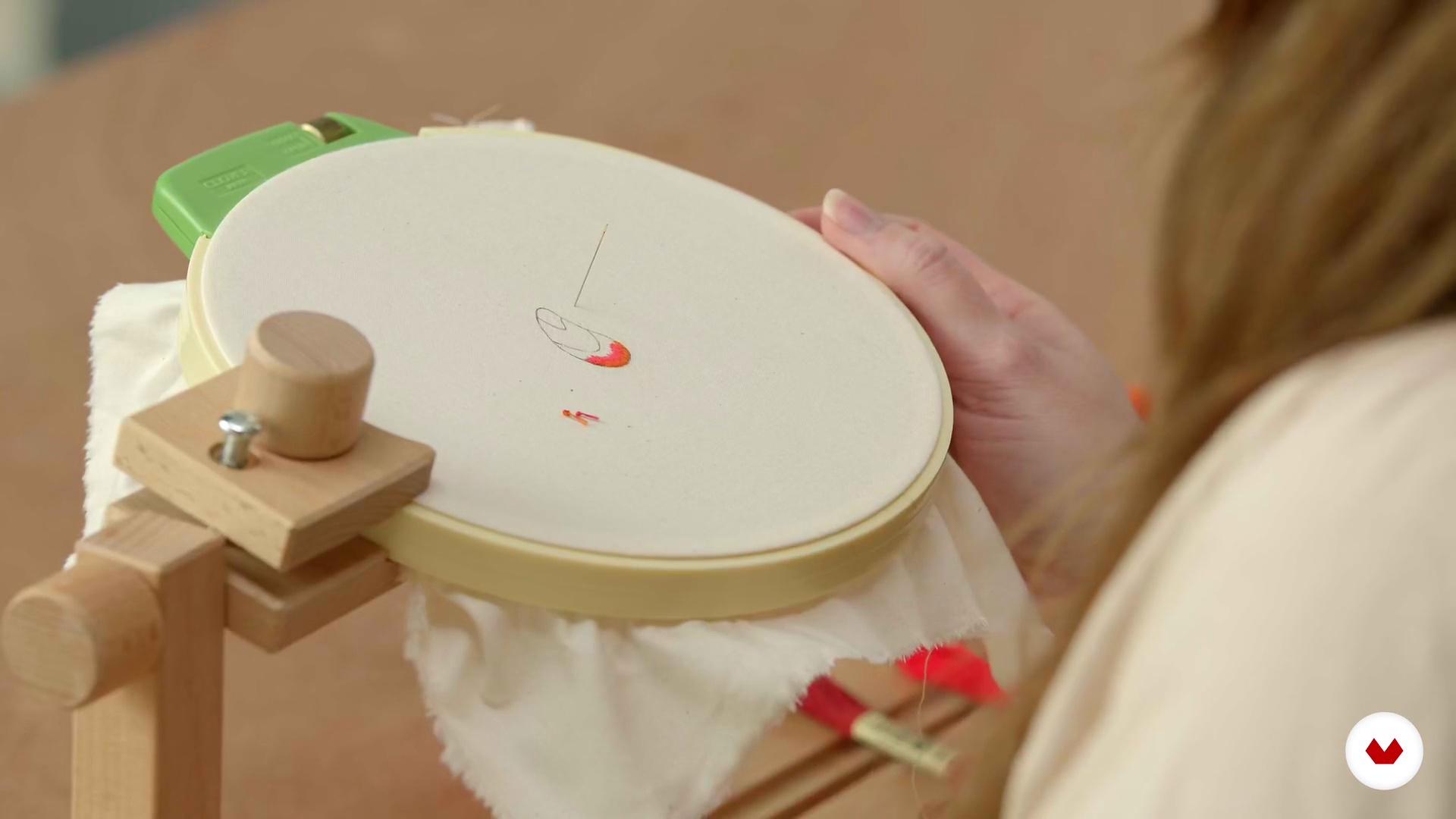
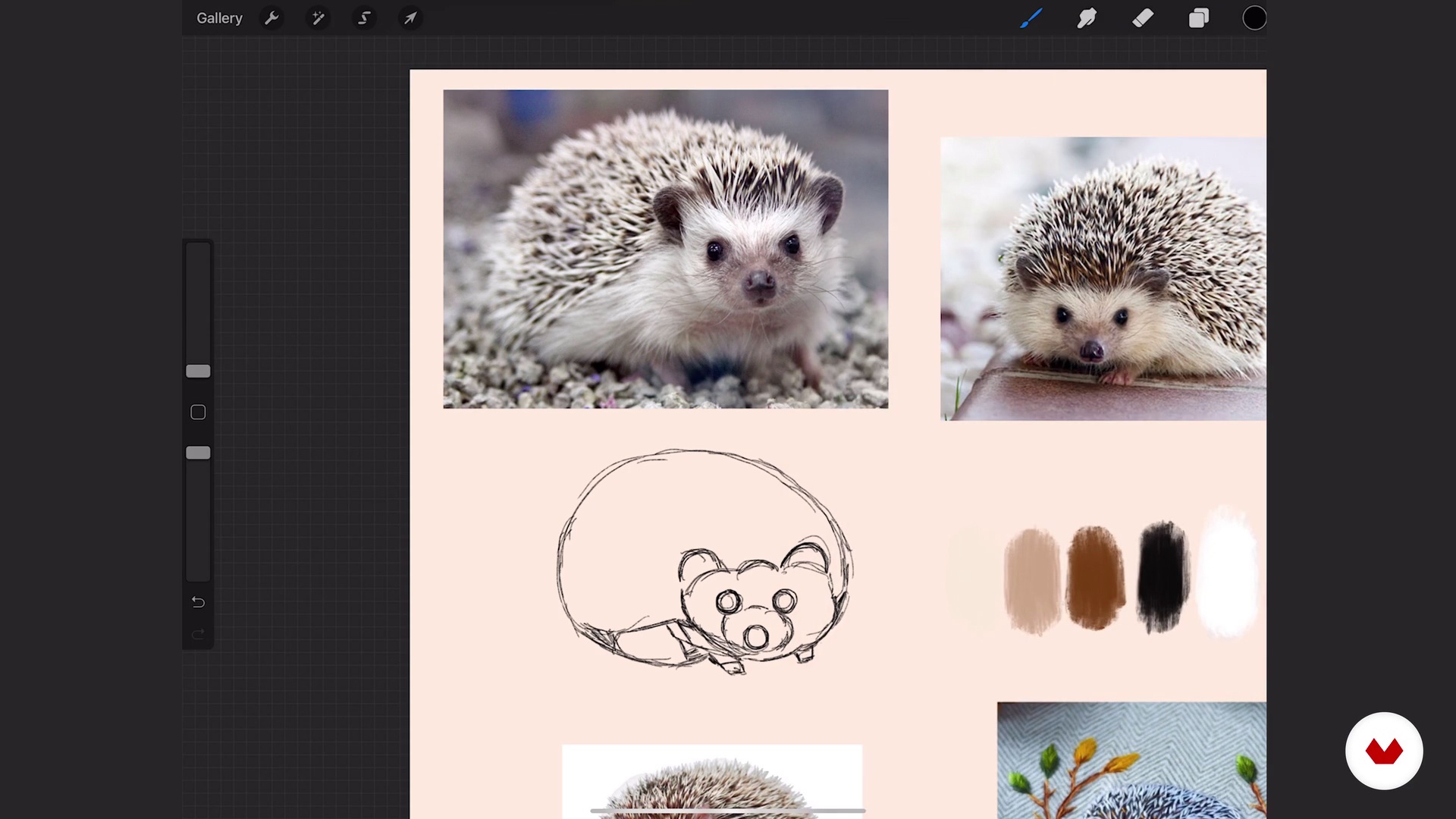
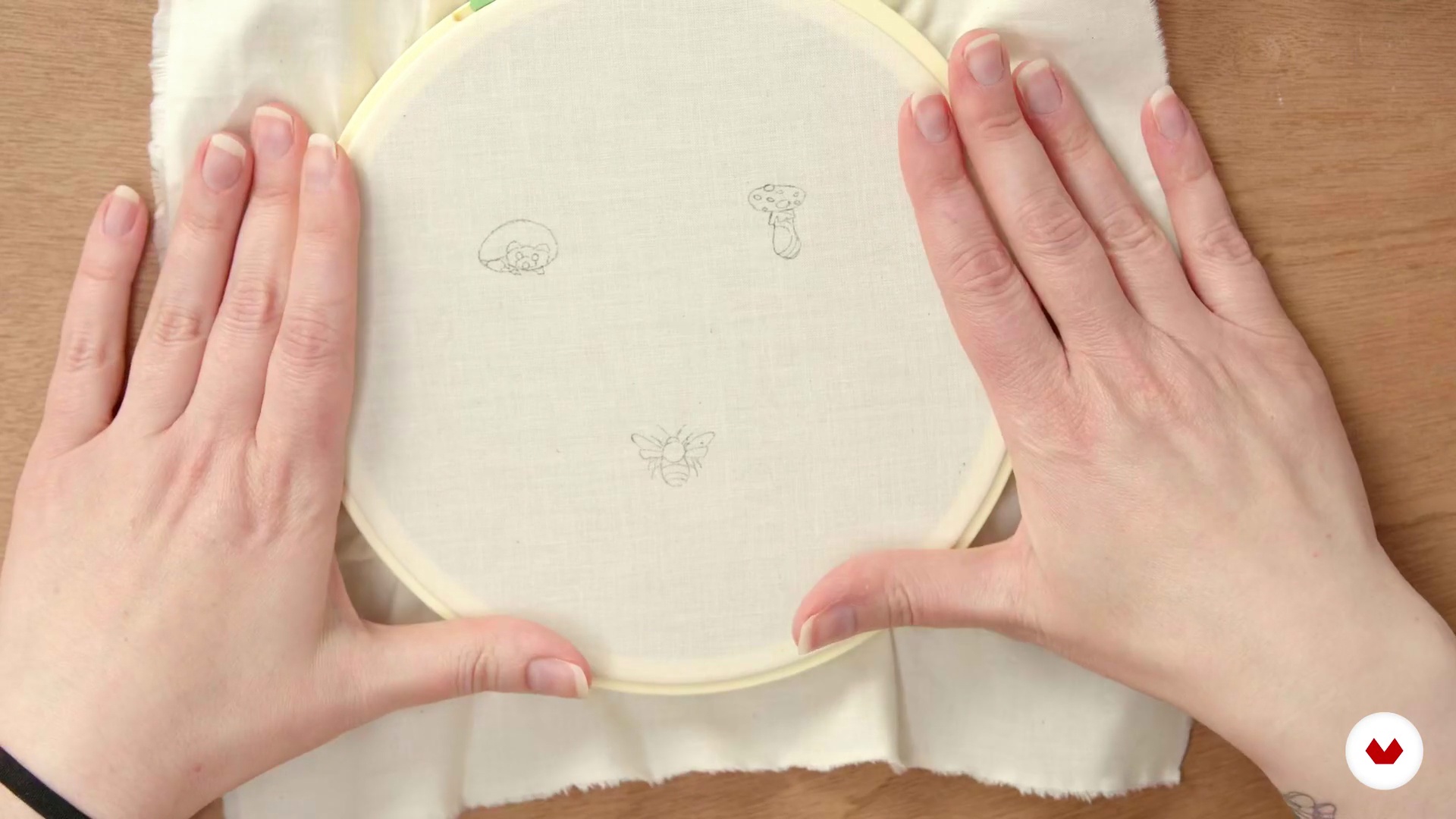
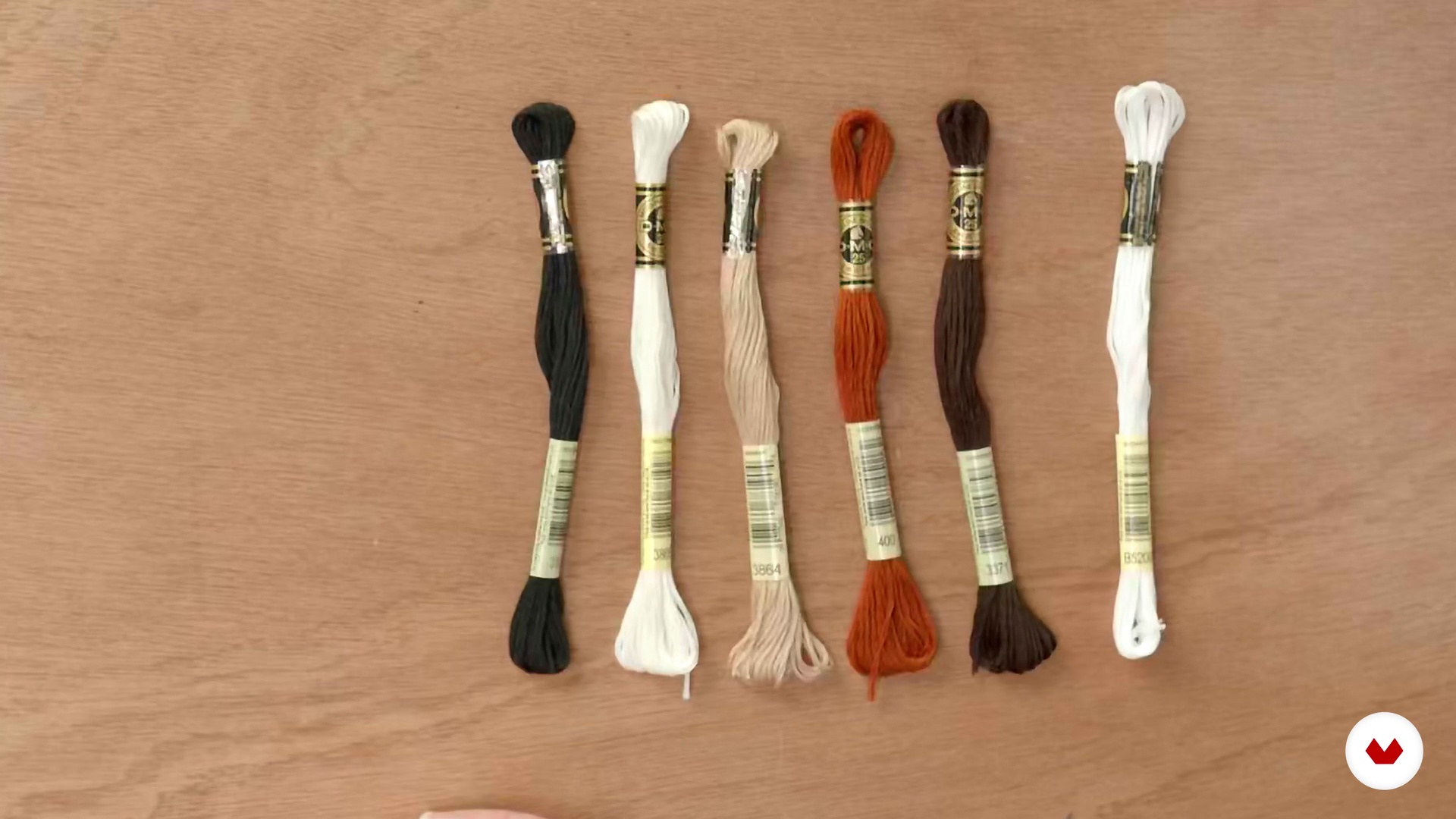
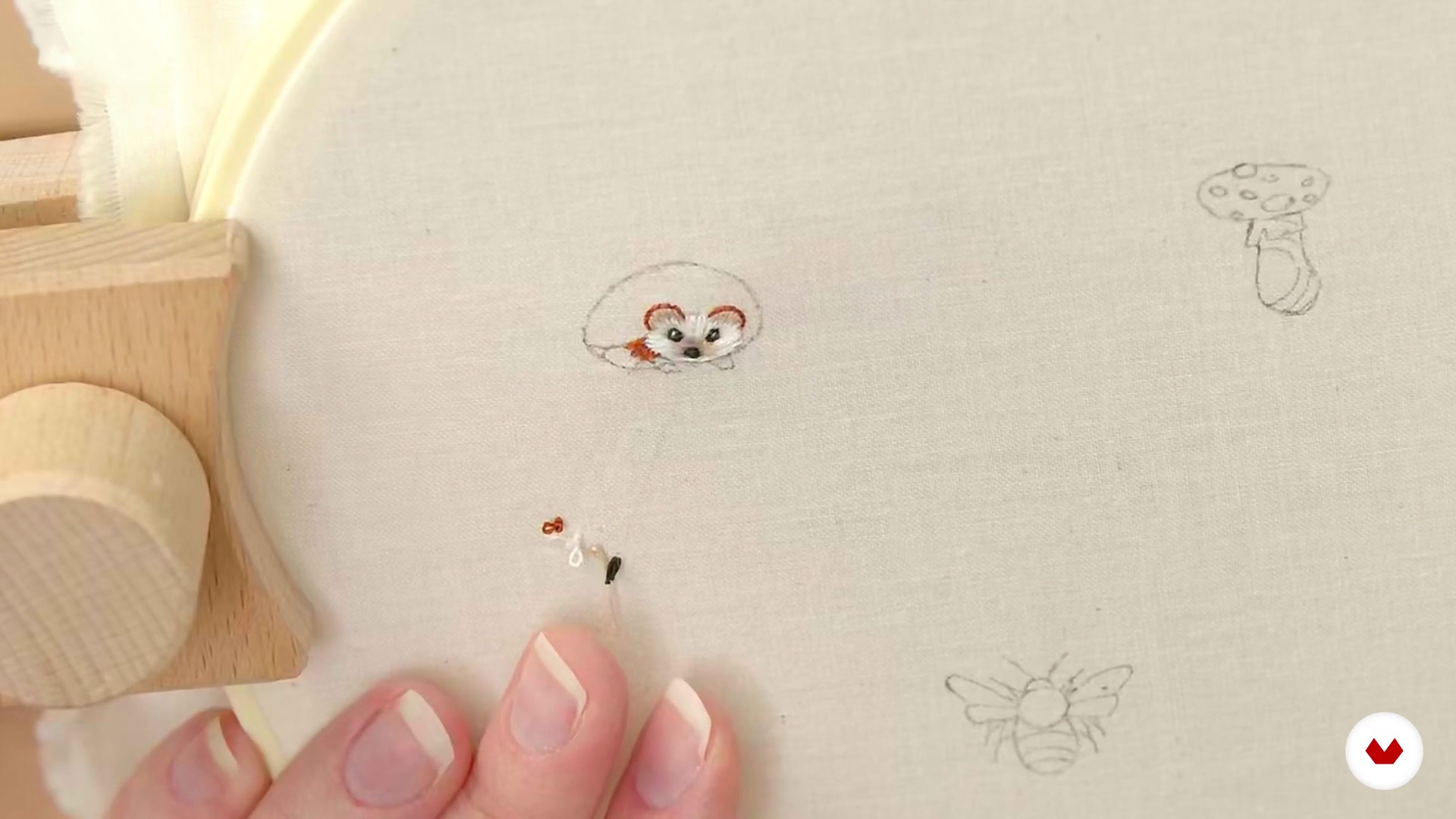
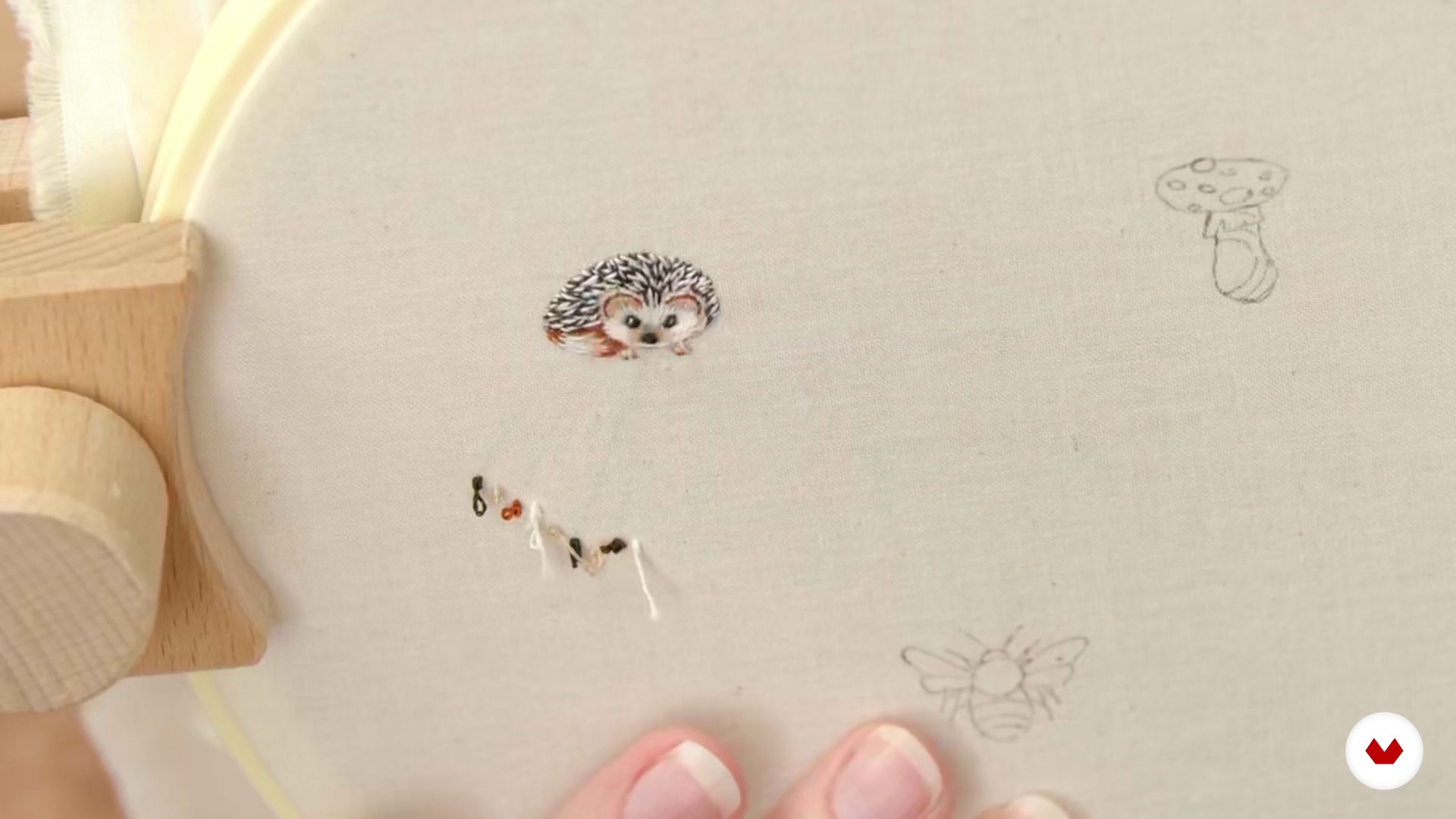
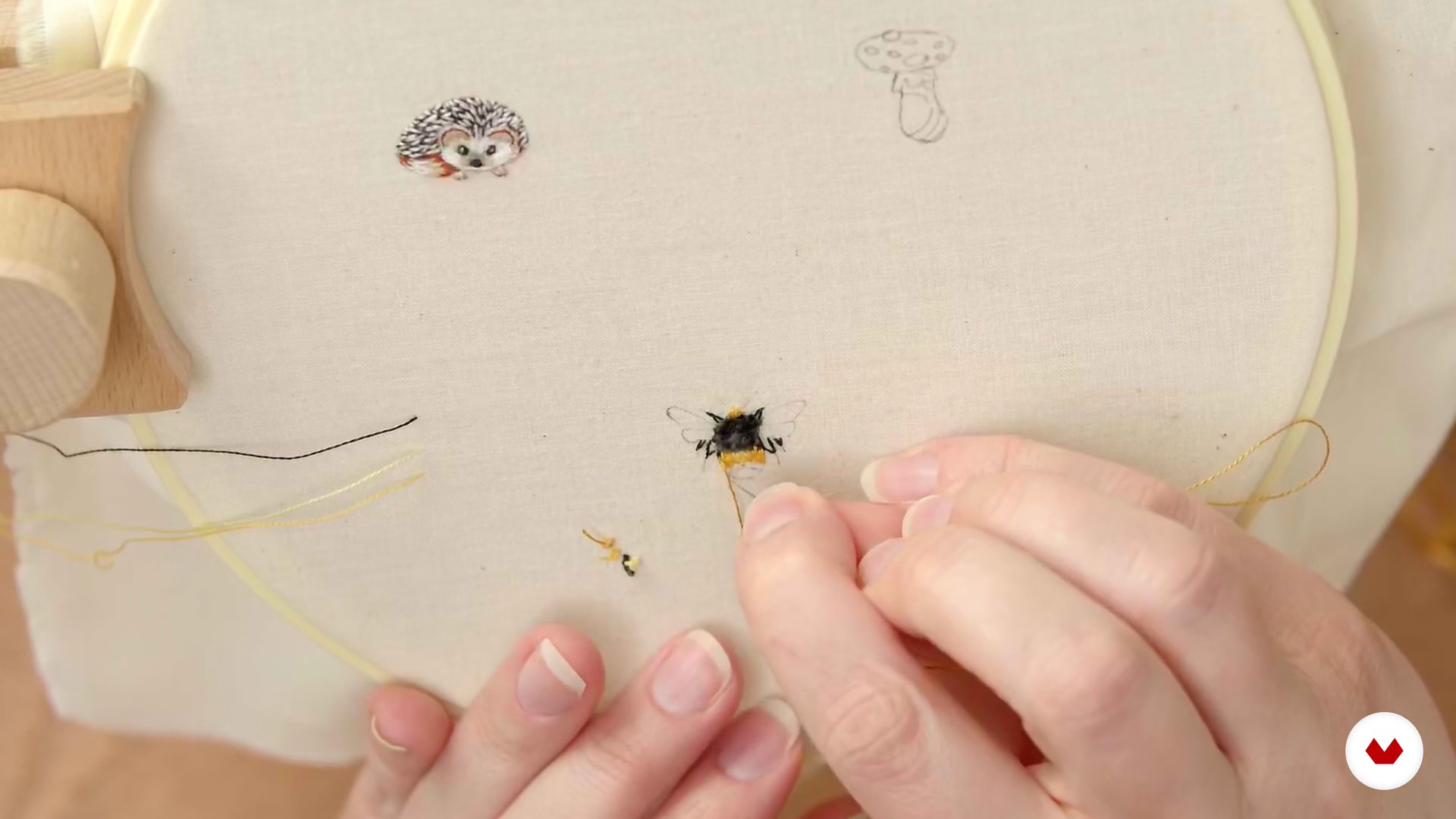
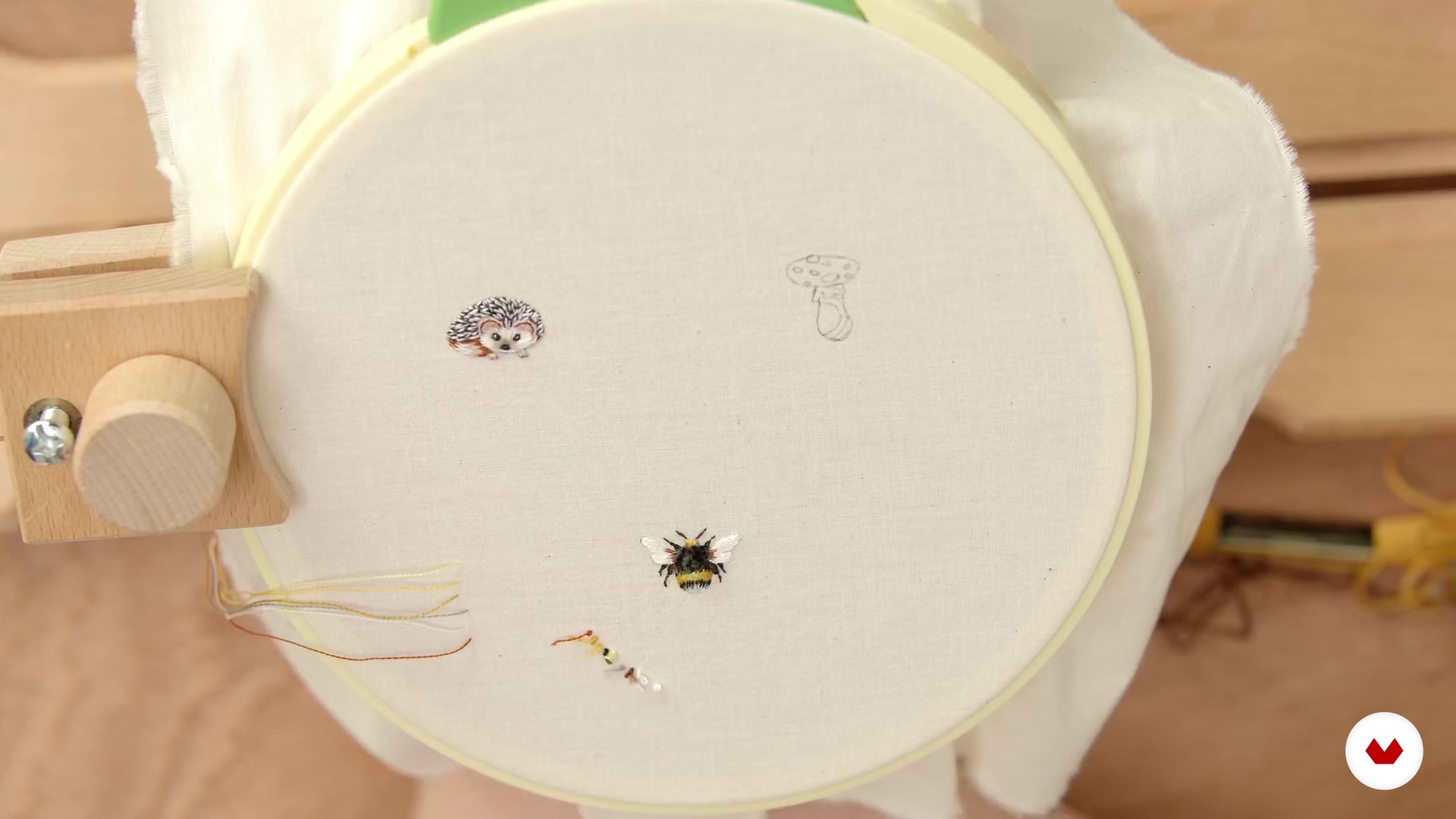
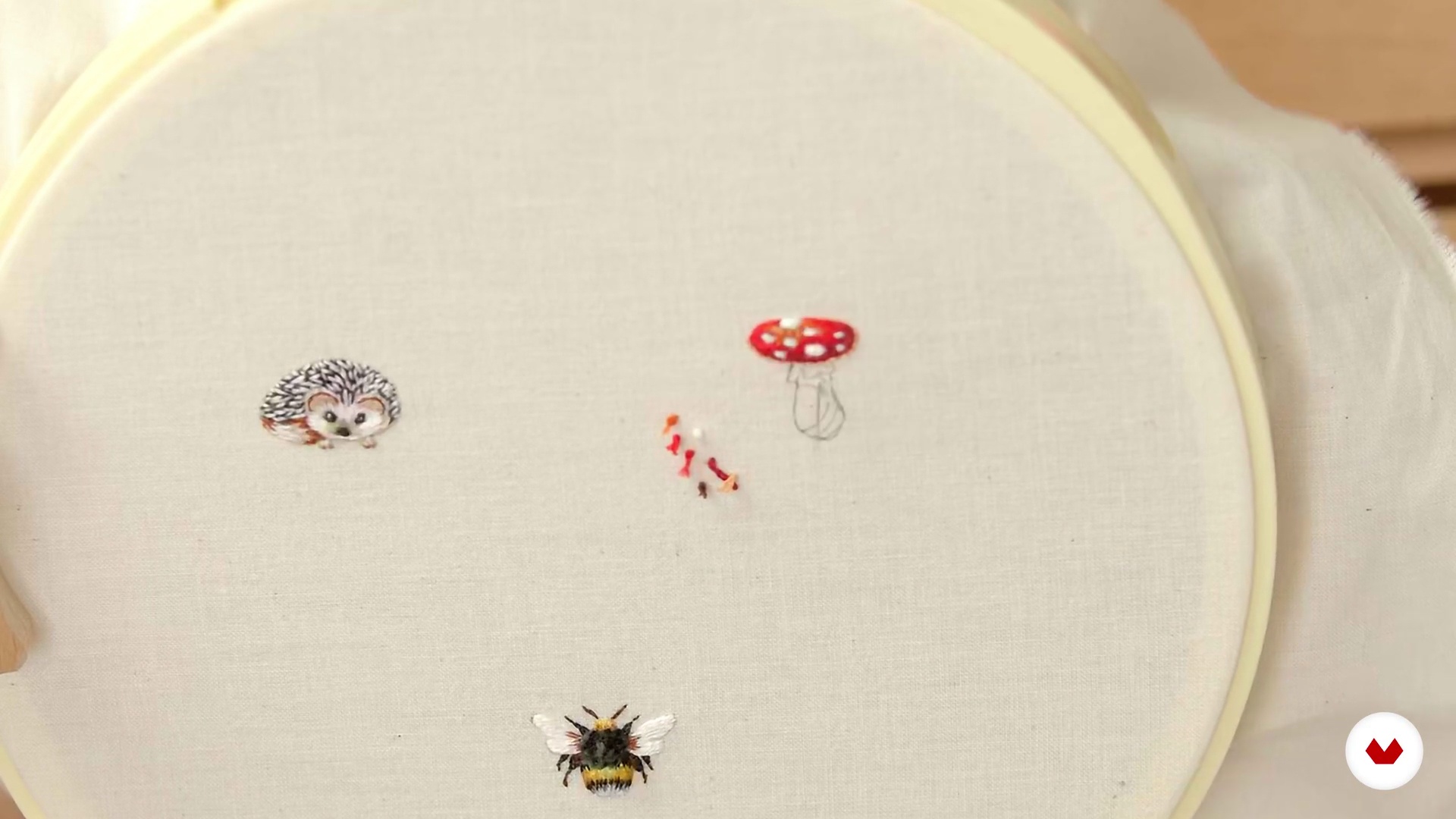
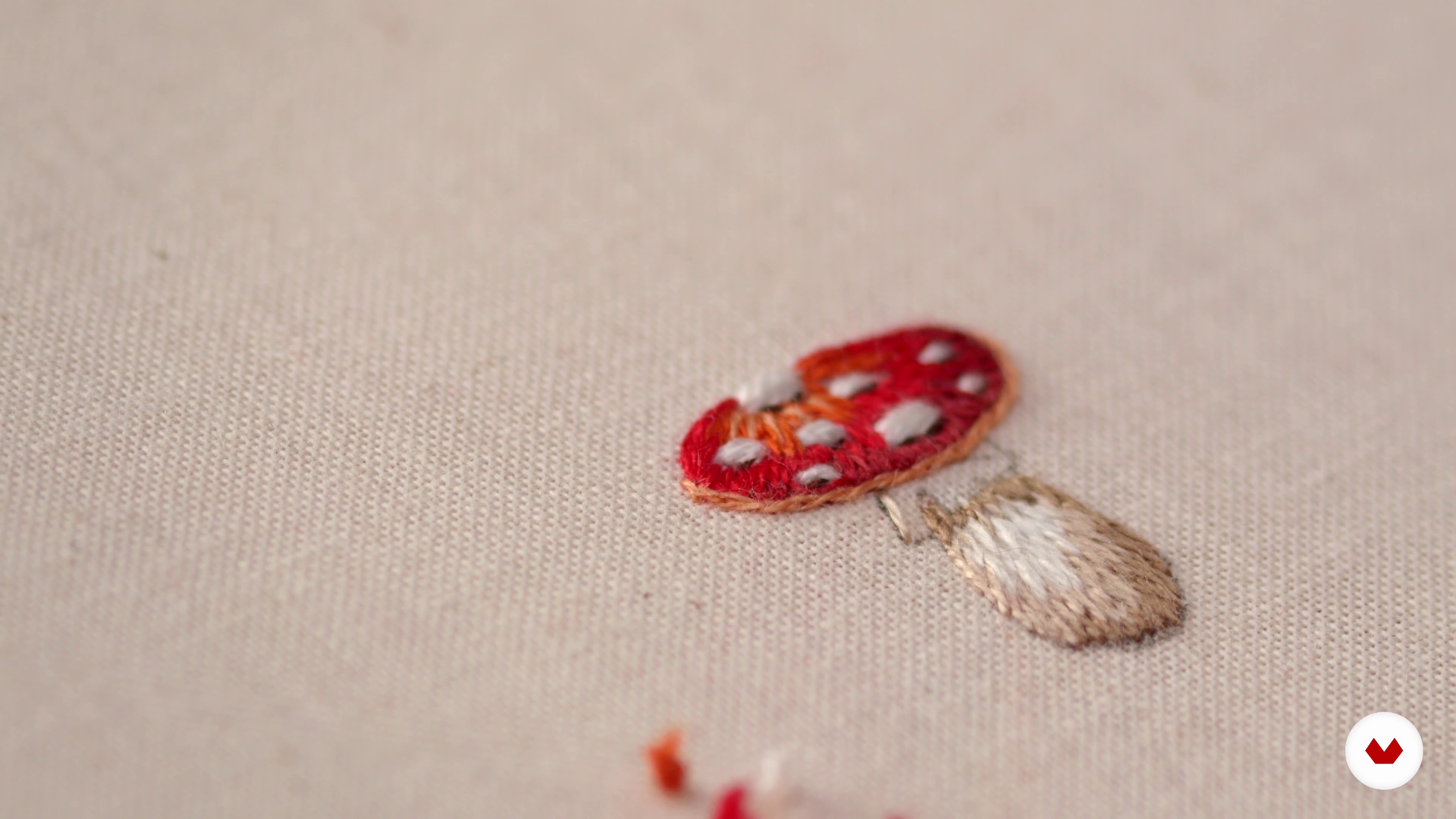
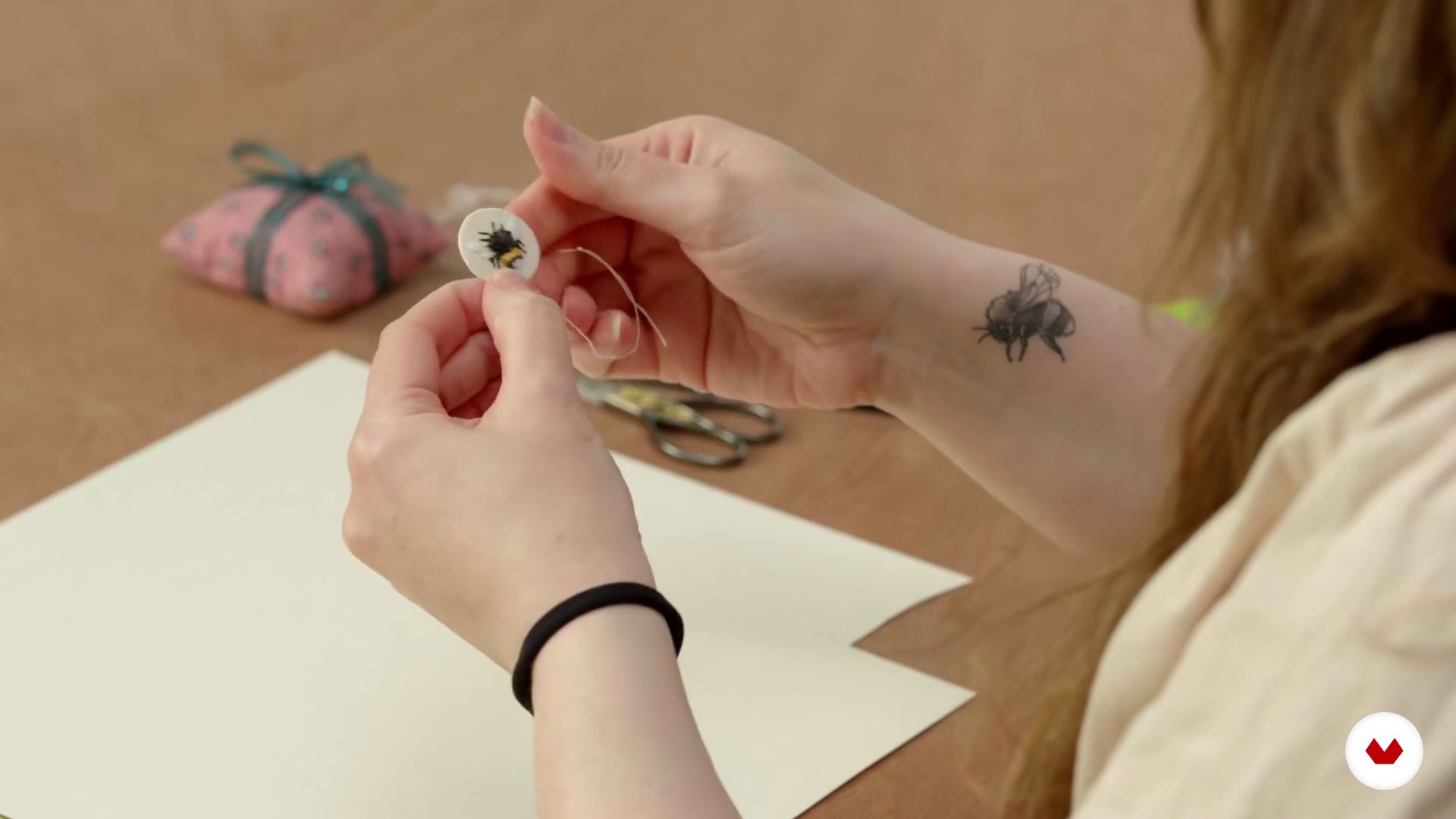
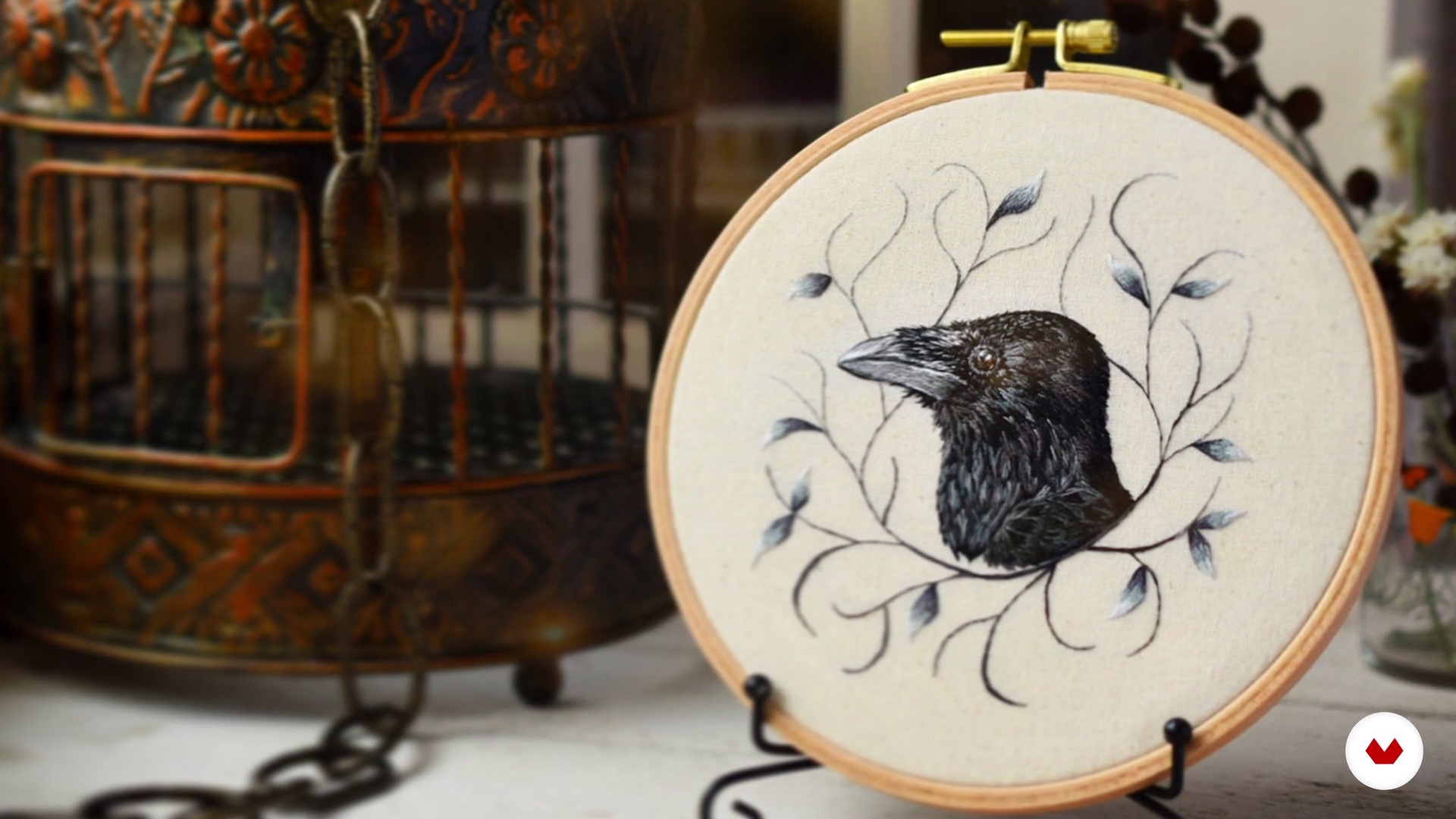
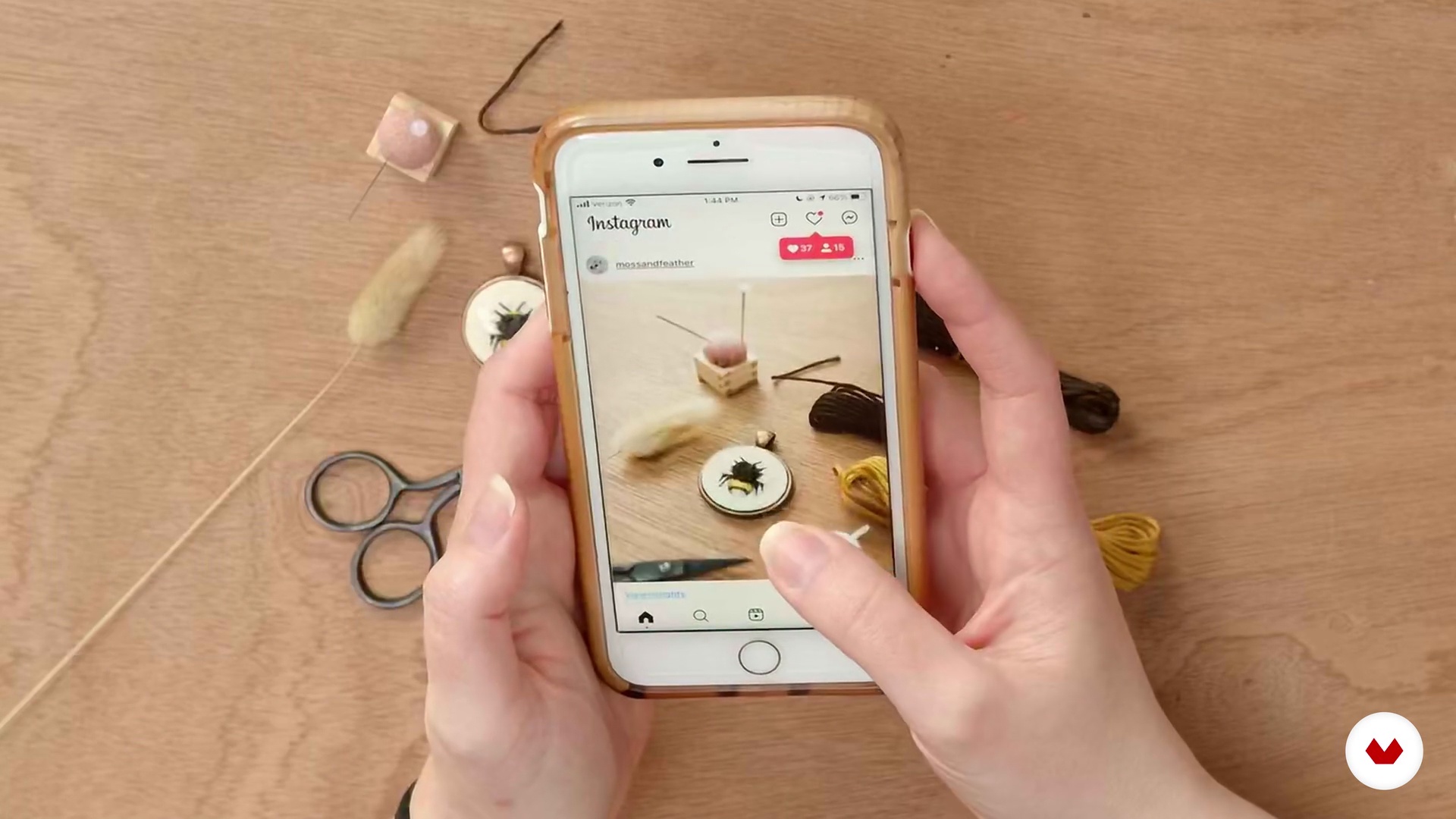
- 100% positive reviews (1)
- 189 students
- 88 lessons (14h 45m)
- 105 additional resources (38 files)
- Online and at your own pace
- Audio: English, German, Spanish, French, Indonesian, Italian, Dutch, Polish, Portuguese, Romanian, Turkish
- Spanish · English · Portuguese · German · French · Italian · Polish · Dutch · Turkish · Romanian · Indonesian
- Level: Beginner
- Unlimited access forever
What is this course's project?
Craft tiny furniture and accessories to create a complete room setting for a miniature house, focusing on handmade processes, painting, and scaling. Decorate your own miniature space with 2–3 hand-crafted furniture pieces, showcasing personal creativity and style.
Who is this specialization for?
Creatives, designers, and hobbyists who enjoy crafting miniature-scale items will find this course ideal. It offers an opportunity to explore woodworking, embroidery, and illustration techniques while developing patience, storytelling, and attention to detail through small-scale projects.
Requirements and materials
No extensive prior knowledge is required, just a passion for miniatures. Basic necessities include simple materials like wood, fabric, and paint, along with tools such as scissors and glue. A keen eye for detail enhances the creative process.

Reviews
What to expect from this specialization course
-
Learn at your own pace
Enjoy learning from home without a set schedule and with an easy-to-follow method. You set your own pace.
-
Learn from the best professionals
Learn valuable methods and techniques explained by top experts in the creative sector.
-
Meet expert teachers
Each expert teaches what they do best, with clear guidelines, true passion, and professional insight in every lesson.
-
Certificates
PlusIf you're a Plus member, get a custom certificate for every specialization course. Share it on your portfolio, social media, or wherever you like.
-
Get front-row seats
Videos of the highest quality, so you don't miss a single detail. With unlimited access, you can watch them as many times as you need to perfect your technique.
-
Share knowledge and ideas
Ask questions, request feedback, or offer solutions. Share your learning experience with other students in the community who are as passionate about creativity as you are.
-
Connect with a global creative community
The community is home to millions of people from around the world who are curious and passionate about exploring and expressing their creativity.
-
Watch professionally produced courses
Domestika curates its teacher roster and produces every course in-house to ensure a high-quality online learning experience.
FAQs
What are Domestika's online courses?
Domestika courses are online classes that allow you to learn new skills and create incredible projects. All our courses include the opportunity to share your work with other students and/or teachers, creating an active learning community. We offer different formats:
Original Courses: Complete classes that combine videos, texts, and educational materials to complete a specific project from start to finish.
Basics Courses: Specialized training where you master specific software tools step by step.
Specialization Courses: Learning paths with various expert teachers on the same topic, perfect for becoming a specialist by learning from different approaches.
Guided Courses: Practical experiences ideal for directly acquiring specific skills.
Intensive Courses (Deep Dives): New creative processes based on artificial intelligence tools in an accessible format for in-depth and dynamic understanding.
When do the specialization courses start and when do they finish?
All specialization courses are 100% online, so once they're published, specialization courses start and finish whenever you want. You set the pace of the class. You can go back to review what interests you most and skip what you already know, ask questions, answer questions, share your projects, and more.
What do Domestika's specialization courses include?
The specialization courses are divided into different modules. Each one includes lessons, informational text, tasks, and practice exercises to help you carry out your project step by step, with additional complementary resources and downloads. You'll also have access to an exclusive forum where you can interact with other students, as well as share your work and your final project, creating a community around the specialization courses.
Have you been given a specialization courses?
You can redeem the specialization courses you received by accessing the redeeming page and entering your gift code.







Hasta donde llevo me ha gustado mucho, buenos profesores!